I could write an entire book about our little inner city garden flat in Clapham. Instead, ta da! Here’s a supersized blog post rounding up some of the planty highlights from this year. In my head I nick name our flat The Ark because I’ve crammed as many plants as possible into this space – too many to write about each one here. Looking back, it’s good to see that the successional planting has worked well, creating something new to look at in each month of the year. Below are ten things I thought were worth sharing with you all (well, nine things the tenth thing I had no choice in… you’ll see).
1) Quirky window boxes
Inspired by the sun and sea blasted Norfolk dunes, I wanted to add Pine trees to our exposed window boxes this year alongside some sedges I’d grown from seed over winter. The combination in the wild I loved and found interesting for how they grew in nutrient poor, free draining sand – so they should (and did) cope with south facing window boxes.
I also wanted succulents in the boxes and Sempervivum are great little plants. I picked up a bunch of different semps from a stall at the RHS Wisley spring plant fair (unlabelled unfortunately so I don’t know the species or cultivar).
The combination of sempervivum flowers (which last for months) and the brown grass was an unexpected win.
Pinus nigra are the plants used out front which I’m pruning in Niwaki style. The window boxes were a risk as nothing about them is traditional but they were the most photographed part of our garden by people who visited on the Garden Museum tour and NGS open days. Thankfully other people like a bit of quirkiness in our lives!
2) Indoor gardening
We have way too many house plants (you can see many of them in Lia Leendertz’s book My Tiny Indoor Garden). Currently they’re all quite small – so the effect is quite scrappy – because I always grow plants from seed or as small a plant as possible to study their growth habits (it’s more interesting and personal). Over time (*cough* years) they’ll all form large, chunky plants filling the space.
I’ve been growing rex Begonias for a number of years now with varying degrees of success. I absolutely adore them. Begonia ‘Pollux’ has proven really strong with its silvery green leaves. Pink and purple leaved Begonias are my faves but these I’ve had less success with and I’m not entirely sure why yet, the growing environment is the same. I started again with these this year and the plants are certainly stronger this time.
A collection of some of our plants including the beautiful but difficult to grow Calathea ‘Tricolor’ on the right.
I love how versatile ferns are, here is Davallia canariensis from the Royal Botanic Garden Edinburgh. It’s one of a number of ferns that cope beautifully with indoor life.
Thanksgiving cactus, or Schlumbergera truncata. It’s flowered every November for the last five years or so. While the flowers are great, it’s the look of the plant the rest of the year that I like most.
One of my little highlights this year was this Gymnocalycium creaking back into growth after about six or seven years of literally doing nothing. Perhaps flowers next year?
We have a few large house plants that will all form indoor trees in time. This Cordyline fruticosa ‘Rumba’ brings some pink from the garden into the house year round.
Another new plant this year is my first orchid, Paphiopedilum ‘Raisin Glory’. Fate was involved in this purchase because looking back through my photos, I was surprised to see I’d taken this cultivar’s photo numerous times over the years in various botanical gardens. Clearly it was meant to be!
Small cacti have grown quickly this year and are starting to move towards some kind of maturity with some bulk to them.
Our latest addition is what I hope to be Araucaria cunninghamii, but came unlabelled so may well be A. heterophylla. Answers on an… well on a comment below would be most welcome! 🙂
3) Conifers
As a boy I used to climb and sit in the large Yew tree in our garden for hours on end. When we went on holiday each year to the Isle of Mull in Scotland, the smell and atmosphere of Scots pine forest would welcome me in like a festive hug. I wanted to bring some of this into our garden, so this year I started growing a number of species of Pine tree from seed.
Some of these I plan to train as Bonsai and others Niwaki.
In addition to all of the Pine seedlings, I already had a number of dwarf conifers including Pinus mugo and a Pinus wallichiana dwarf, plus Chamaecyparus and Cryptomeria. People who visited our garden this year were really interested in our mini Pine forest and I think it will be interesting for all of us to see the impact these plants will have on the garden in coming years as they mature.
My little forest of various Pine species grown from seed.
I’ve had a number of fern offspring appearing in my Pine seedling pots – they clearly like similar growing conditions.
Pinus mugo forming the backbone of the plants next to our micropond (the Iris on the right flowered for its first time this year).
4) Pump up the colour
My focus on foliage this year created a misbalance of green vs pink and purple, so next year I will need to up the flower anti to keep the colour levels high enough. That said, there was plenty across the year. The garden changes every day so the only real way to see everything (other than moving in with us!) is through the photos I collect across the year.
An emergency Nicotiana being prepped to replace one in the border that turned out to be pure white instead of green – the horror!
I can always count on my Dahlias to bring it, but you can see in this picture that my interest in foliage last year has thrown off the colour scheme behind a bit.
Dahlias always deliver.
All of that said, sometimes the foliage contributes more colour than the flowers, which is interesting.
Solenostemon are among my favourite plants, I grew them as a boy and I’m still growing them now. From seed they’re reasonably easy to grow but you can’t choose the cultivar.
It’s the second year for this Ensete ventricosum ‘Maurelii’, the same banana plant Monty Don has in his Jewel Garden. It really put on some heftiness this year and its leaves are stunning, easy to see why Monty loves it so much.
Lipstick pinks.
Our garden is really fifty shades of pink and purple. Salvias mix with Fuchsias and Echinacea.
Clematis are remarkable plants for flowering over an incredibly long period of time when you choose the correct one (here C. viticella ‘Polish Spirit’).
Another Dahlia – I won’t include all twenty here as our garden really is about more than just Dahlias (though they are the stars!)
5) Jungley chaos
People often say to me that my beds look over planted but in reality, this is how planting should look. In natural plant communities there is no bare soil. If you take the time to really understand how a plant grows, above and below ground, there should be no soil visible at all.
I’ve been studying grasses really carefully for the last couple of years (you can read about this here). Most of my grasses are grown from seed, which is a very slow process and you can see here that my Pennisetum while growing well, has not flowered heavily enough in its first year.
Here jungle is meeting a mini-meadow clearing of Salvias, small grasses and other low growing plants. You can see Nassella tenuissima and Deschampsia cespitosa both grown from seed, which I planted to replace Briza media, a grass I love but wasn’t performing in our semi-shade.
Parthenocissus henryana came into its stride this year, finally almost covering the fence to form a lush backdrop.
6) Weirder the better
Weird is always wonderful by my book and our garden is pretty much founded on the principle that ‘if you’re not weird, you’re not getting in’ (plants I mean… anyone’s welcome). This year I introduced a couple of new weirdities including the fairly common but wonderfully odd Cerinthe major ‘Purpurescens’.
I’m interested in more self-seeding plants growing in our garden to add a bit of variability to borders each year.
Cyperus involucratus has been in our garden since 2015 in our micropond but this year I added a more established plant, which was quite a talking point for its umbrella like leaf shape.
Cirsium have delightfully shaped flower buds, like it’s being powered by batteries.
Acanthus spinosus may be a fairly commonplace garden plant but that doesn’t stop it looking like something from another planet.
I find what decides to grow all by itself in our garden really interesting. In this photo the reproductive parts of Lichen are bizarre.
The elegant stripey banana plant, Musa sikimensis ‘Red Tiger’.
Persicaria ‘Purple Fantasy’ has been joined by the above Persicaria ‘Black Field’. I was drawn to its almost futuristic metal shaped flower buds (seen above). They open into a rich, purpley-red flower that lasts for yonks. I need to move it from its current spot but what a plant.
Our Echium pininana were pretty spectacular this year. However, they were responsible for really throwing our garden’s colouring out of whack. Our garden has two rules of colour: no blue and no pastels. So when one four meter tall Echium flowered blue and the other an unplanned pastel pink there was nothing to do but put up and shut up. Next year I have just one Echium which ‘should’ be the correct darker pink. In any case, they flowered from Spring all the way through to November. Amazing.
7) White gardening
I am a converted Galanthophile, collections of Snowdrops in pots where you can admire the differences in markings are beautiful. In gardens however, different cultivars are pretty pointless and as much as I love them, I’m not about to start a Snowdrop collection. Galanthus nivalis is still my favourite and it’s the only Snowdrop in our garden (except for a pot of Galanthus elwesii I plan to bring inside). One of the quite irritating myths is that you’re better off buying Snowdrops while in growth (in the green), it’s just a nonsense when you understand bulb dormancy. The truth – as our garden planted only with dry Snowdrop bulbs shows – is that it makes no difference, just don’t buy rubbish dried out old bulbs and be sure to plant them quickly.
White plays quite a big role in our garden in two specific ways. First is our back garden has only white flowers in winter, creating a huge contrast to the pinks and purples of summer. Second, out the front we have room (about the size of a small balcony) for a few pots and this ‘front garden’ I want to be predominantly white and green. This year I sacrificed a lovely Clematis to make room for white variegated ivy and Passiflora ‘White Lightening’. Unfortunately, the front garden was hit by two problems out of my control: a would be burglar trampling on everything snapping loads of plants in spring, and later builders working on a neighbouring property smashing our wall down by accident. Next year then!
I’ve been planning on adding a white Brugmansia to our front garden for a while now, which I now have.
A pot of sun loving herbs by our front door including some fairly rare white flowered Thyme, Lavender and Rosemary (the latter being the hardest to find).
White flowered Thyme is really beautiful in spring.
Narcissus ‘Thalia’ is my favourite Daffodil, it works well in only a few locations – out and about generally I feel the traditional yellow is correct.
Hellebores are incredible plants – this white single is my favourite garden variety at the moment, although our various native species are hot on its heels.
Brunnera are equally magnificent garden plants, like the Hellebore they flower early in the year and then fill the rest with excellent foliage.
Unless they’re guaranteed to be perennial I find Tulip planting a real bore, however I love ‘Greenstar’ so much I always make sure I have a good number in pots now.
Ornithogalum nutans, the Star of Bethlehem, is another favourite spring flower (you may have spotted some earlier in the window boxes too). Apparently they make great perennial pot plants, which I’ll confirm in spring if this lot come back.
All in all our winter white garden is never a show piece I’d invite people to see, because there are never enough plants to fill the whole garden. However it is something I enjoy and I love the fun of the surprise as Snowdrops and Hellebores start popping up here and there signalling the start of the New Year.
8) Made for shade
As I’m sure most of my readers know, ferns are top of the pile for me on the plant stakes. I’m sure most people appreciate my love of Dahlias, grasses, conifers etc. Now times that devotion by a million and you start to understand what ferns mean to me.
I shan’t bore you with lots of discussion here about ferns – there’s at least a few blog posts to write about about all of our ferns. Having promised myself enough was enough in buying ferns, this year I have to confess to almost doubling our collection. I’m also now Plant Guardian for Plant Heritage, looking after a couple of very rare ferns. We must have well over 50 – 60 different species or cultivars of ferns now. Thanks to their versatility, I’ve been sneaking them into pots and borders while reminding myself to be careful not to reduce the space for shade loving flowering plants too much.
A real surprise was to have confirmed that this frond found in another fern belongs to the rare and unusual Polypodium vulgare ‘Cornubiense Grandiceps Group’. I carefully separated it from the pot of the other plant and this year it has grown wonderfully. Next year it’s going to be one of my most spectacular plants.
Not every fern is green.
Some of our oldest ferns planted into the garden, like this Polystichum hit their stride this year with multiple crowns and majestic, strong growth. This plant is in our North facing bed and receives no direct sun whatsoever.
9) Wildlife
Ecosystem is what makes my world go round. Although I want our garden to be colourful, more importantly it needs to be wildlife friendly to make up for all of the hard landscaping in the city. Luckily, my plan is working as we have ever increasing numbers of insects visiting – I’ve noticed many more centipedes this year as well as pollinators. We’ve always had lots of birds.
A bee snoozing on the Briza media.
Box tree moth has caused havoc in Clapham this year, destroying box topiary and hedges (including my own) but there is no denying its beauty.
We were visited by this large beauty in the summer, it is a Hornet Mimic Hoverfly. Remarkable creature for its shiny plastic like appearance and relatively large size compared to other insects I’ve seen.
I added a Cirsium this year and honey bees couldn’t get enough of its fluffy landing pads.
Foeniculum vulgare ‘Purpureum’ proved a real draw for tiny bees and wasps.
Even single Dahlias are excellent food sources for pollinators.
Salvias are loved by bees of all kinds.
10) A note on Rumbles
More important than anything else I’ve spoken about, our garden is the stomping ground of The Boss. Our cat Rumbles.
Rumbles has a tendency to appear next to any plant I’m doing something with at the time to inspect it.
While it’s quite sweet of him, it can be intimidating having a fluffy mentor looking over your shoulder all the time. Though really, I think he’s just making sure I’m doing something that will make for a comfy resting place…
We’re open on the NGS next year on the 9th September (and open for arranged groups), please pop along to see how the garden has changed again.
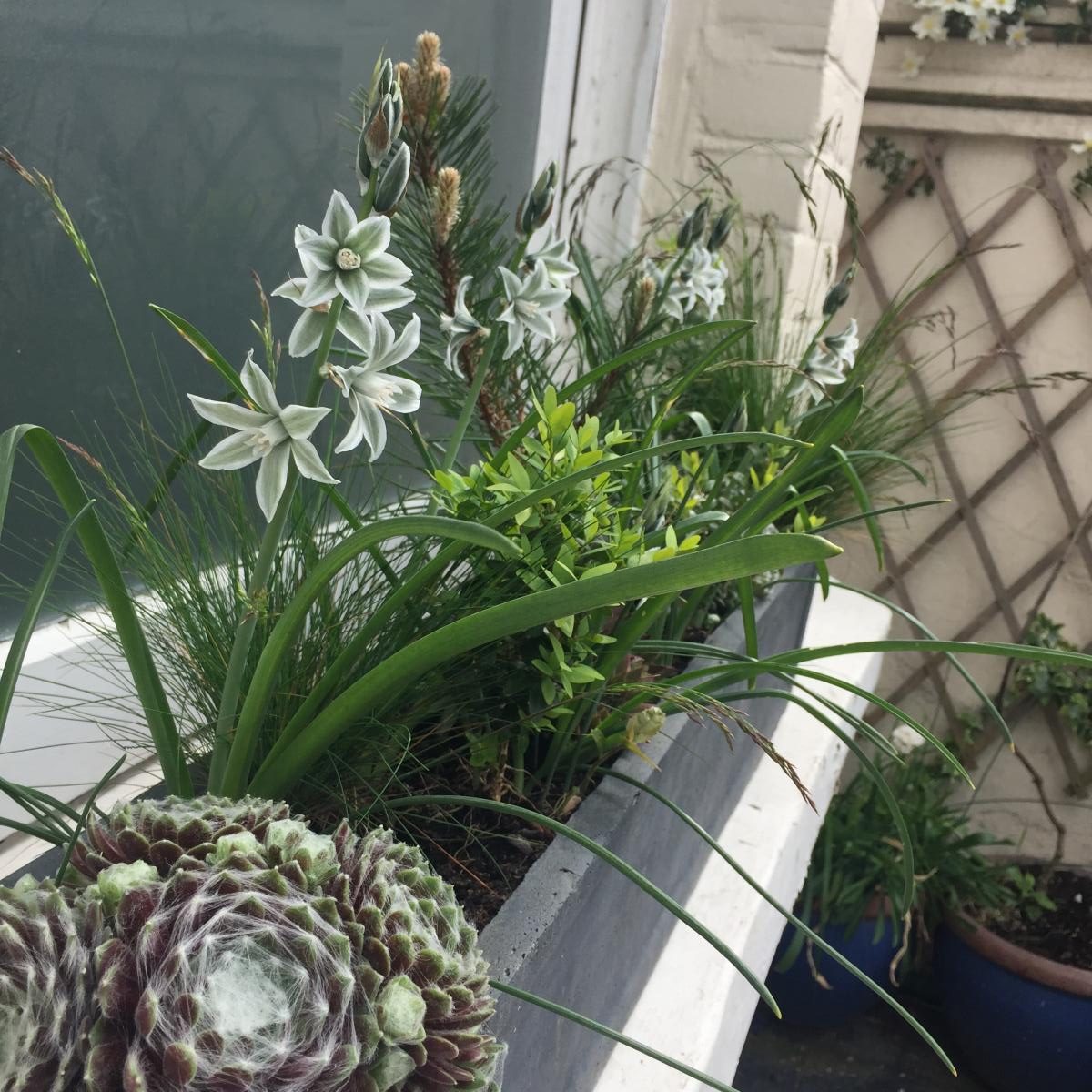
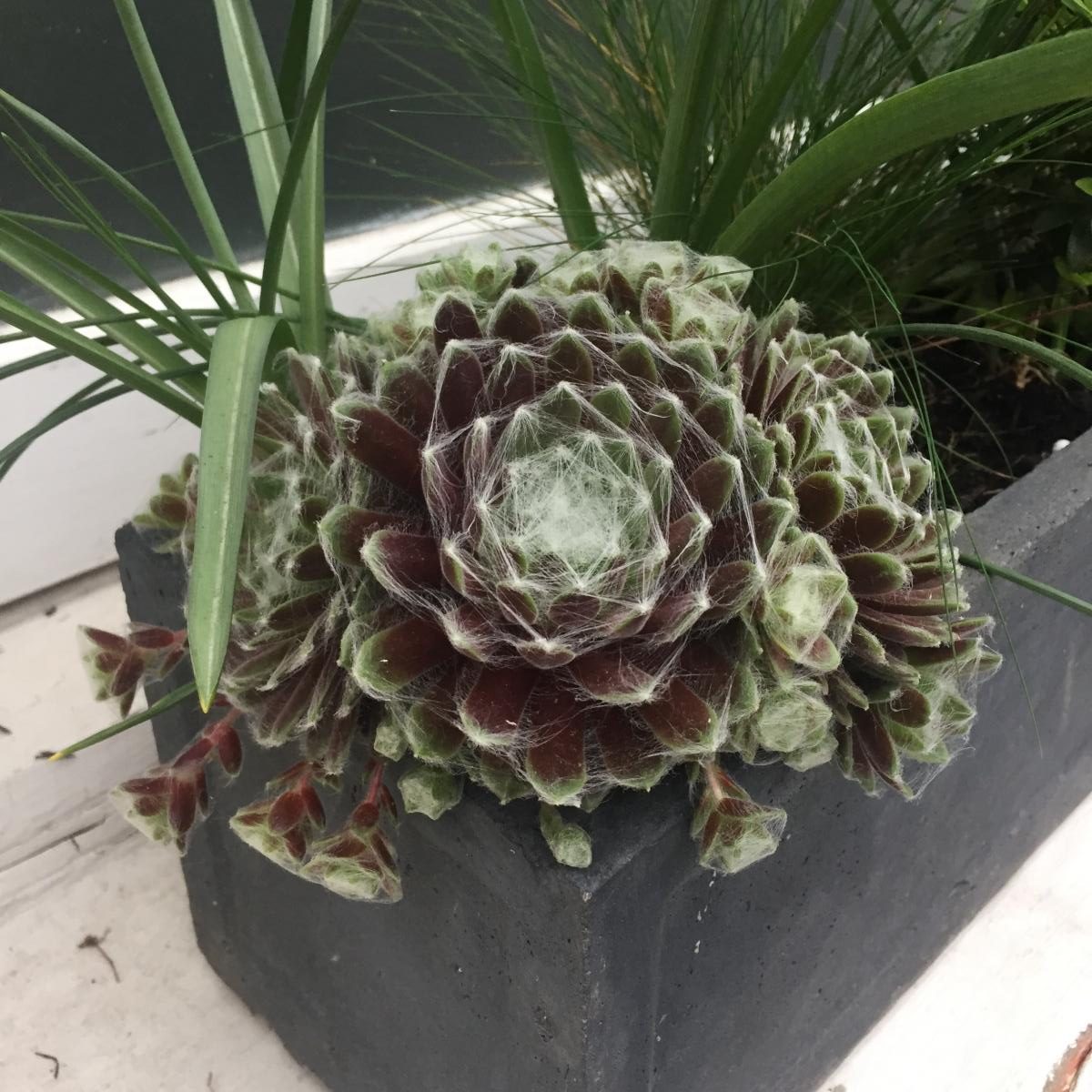
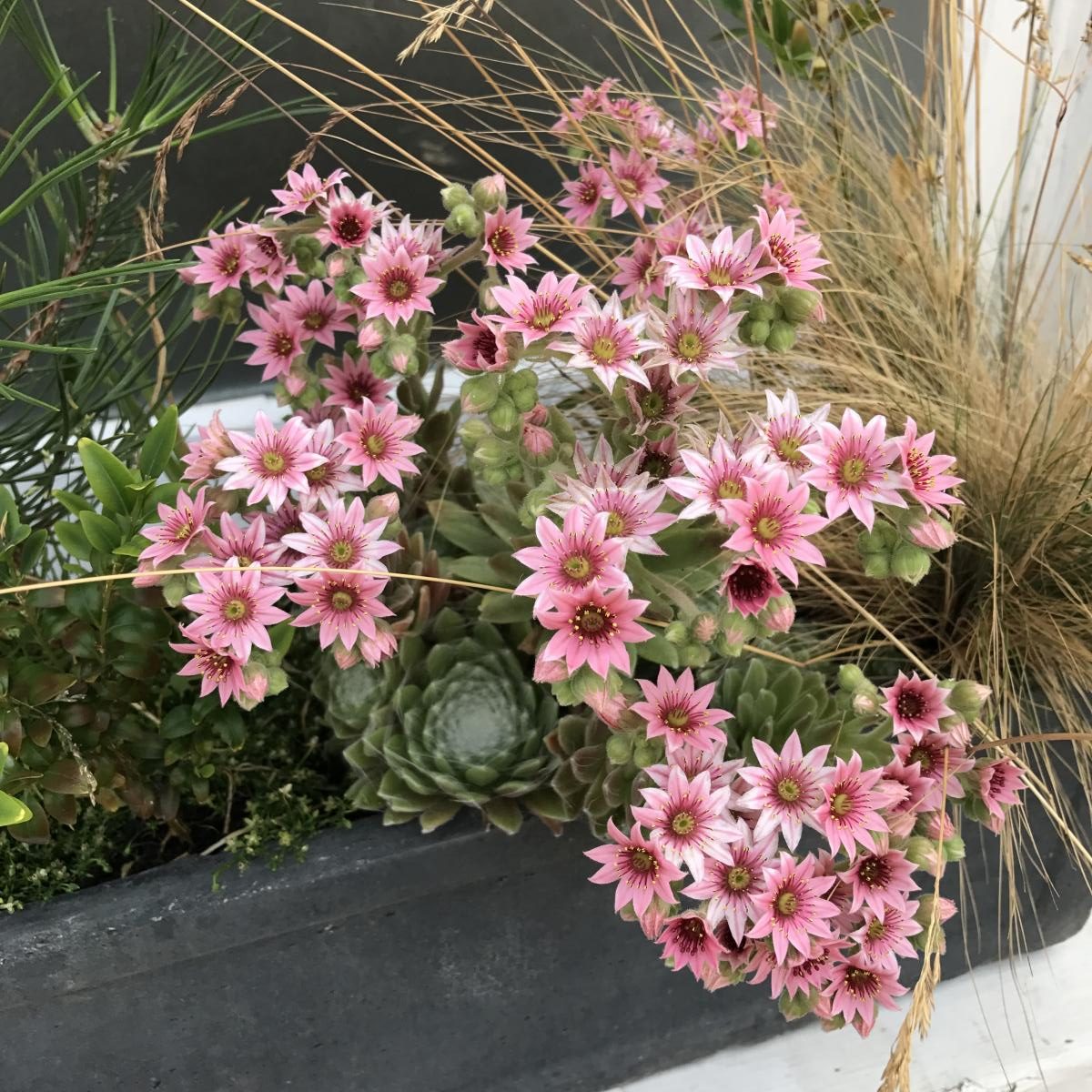
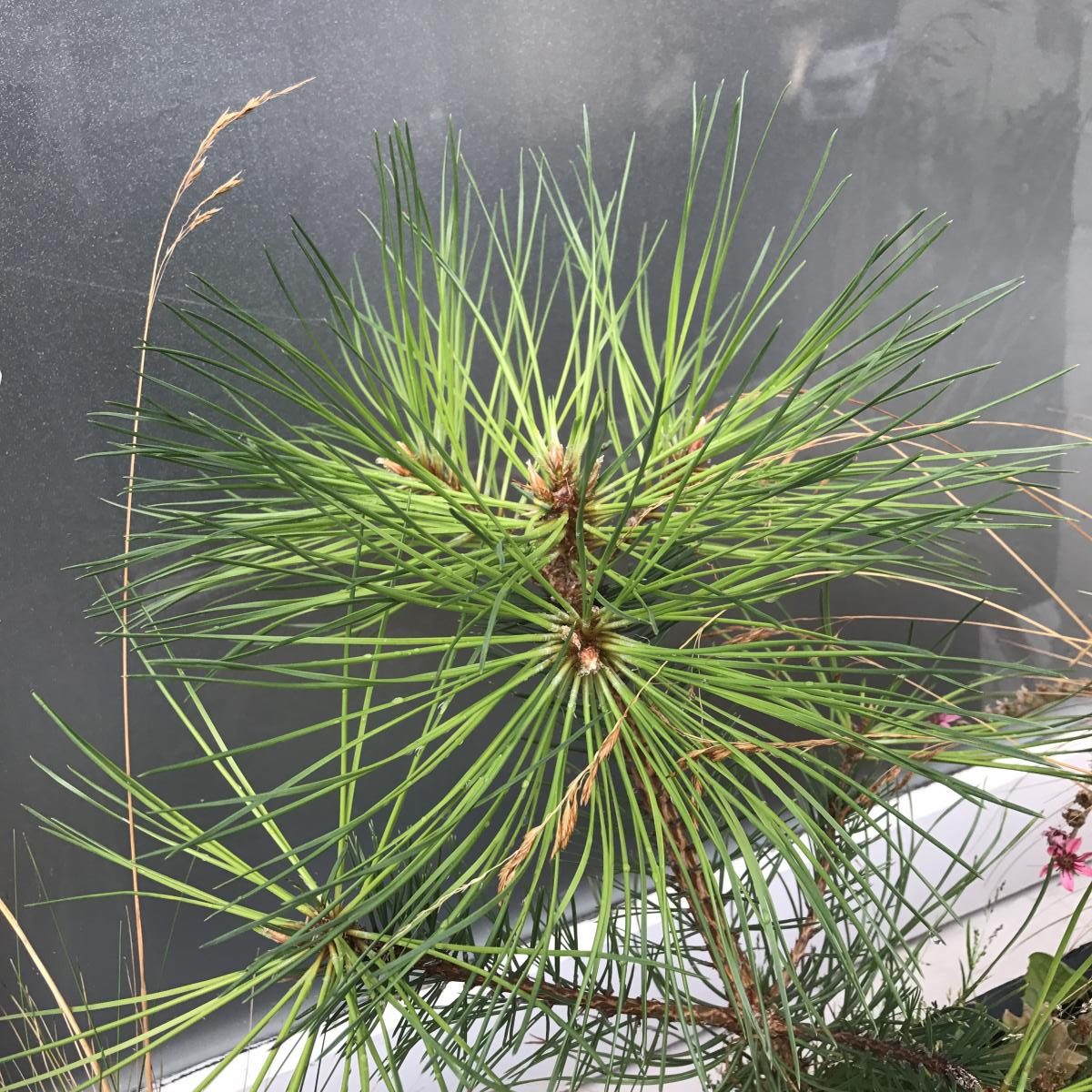
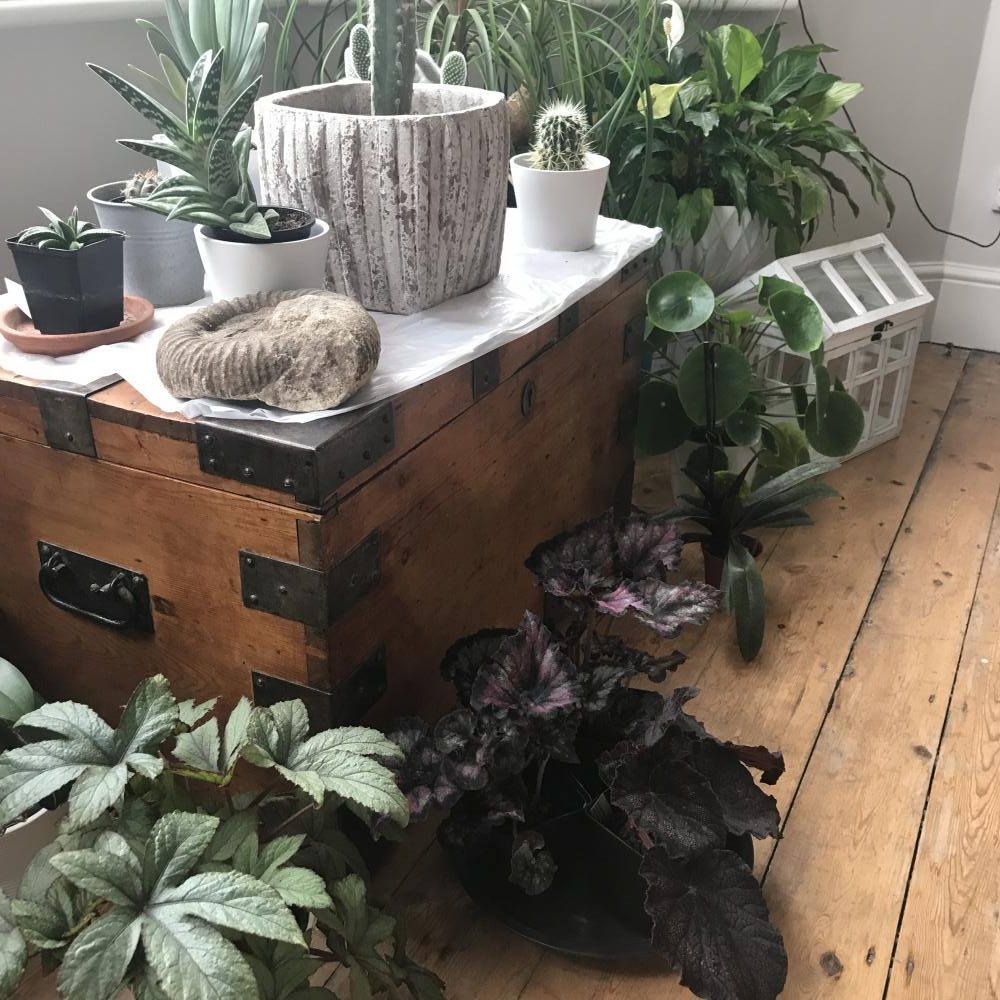

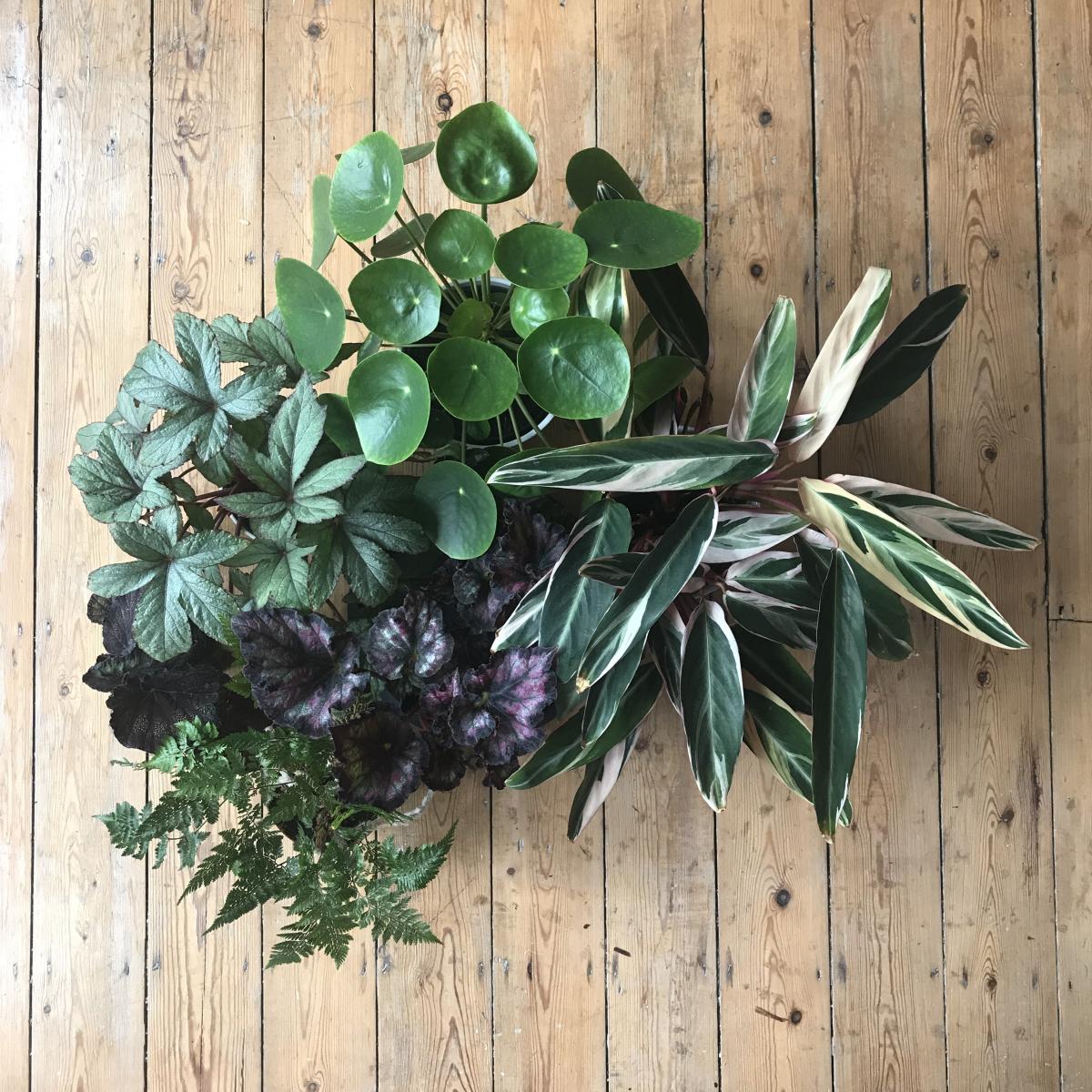
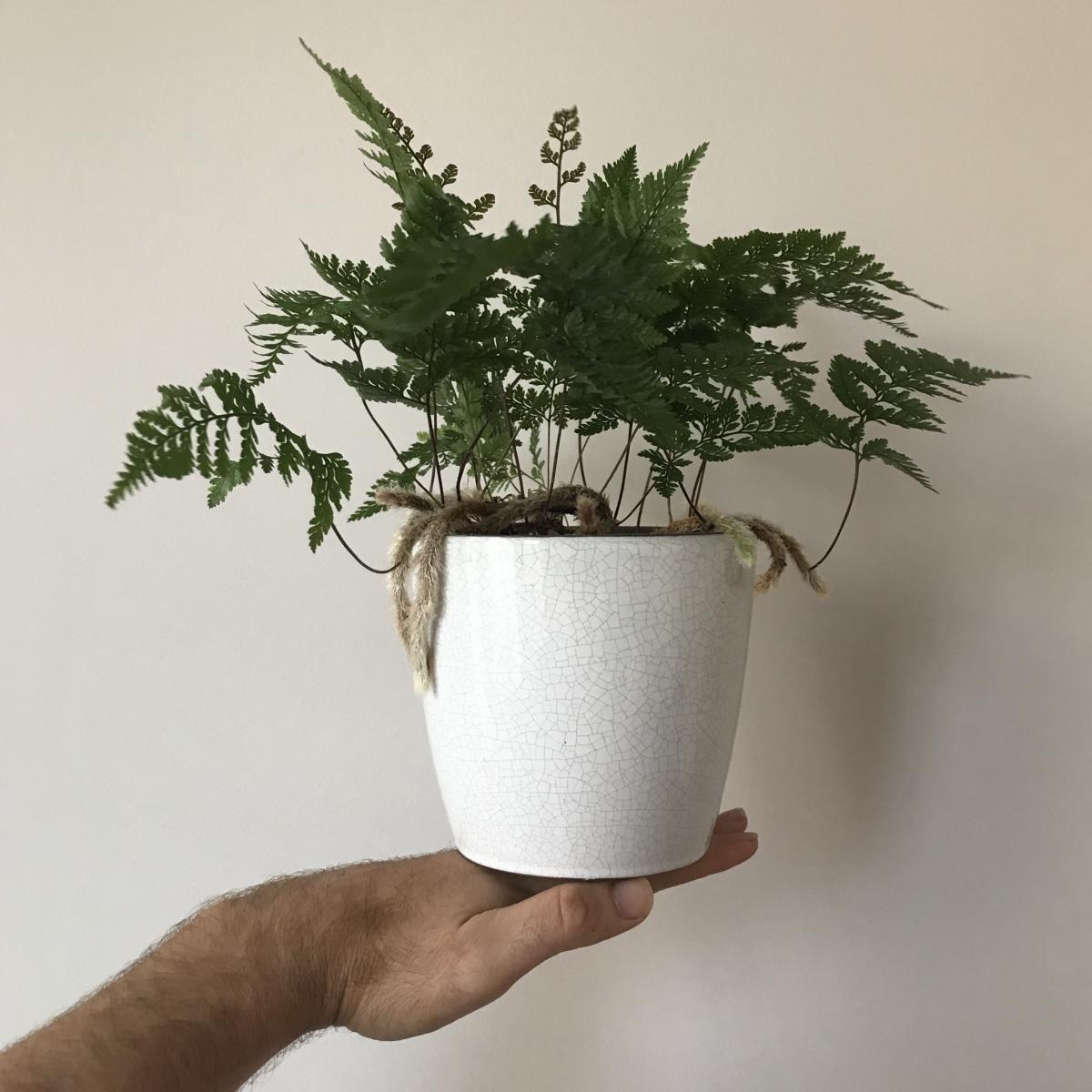
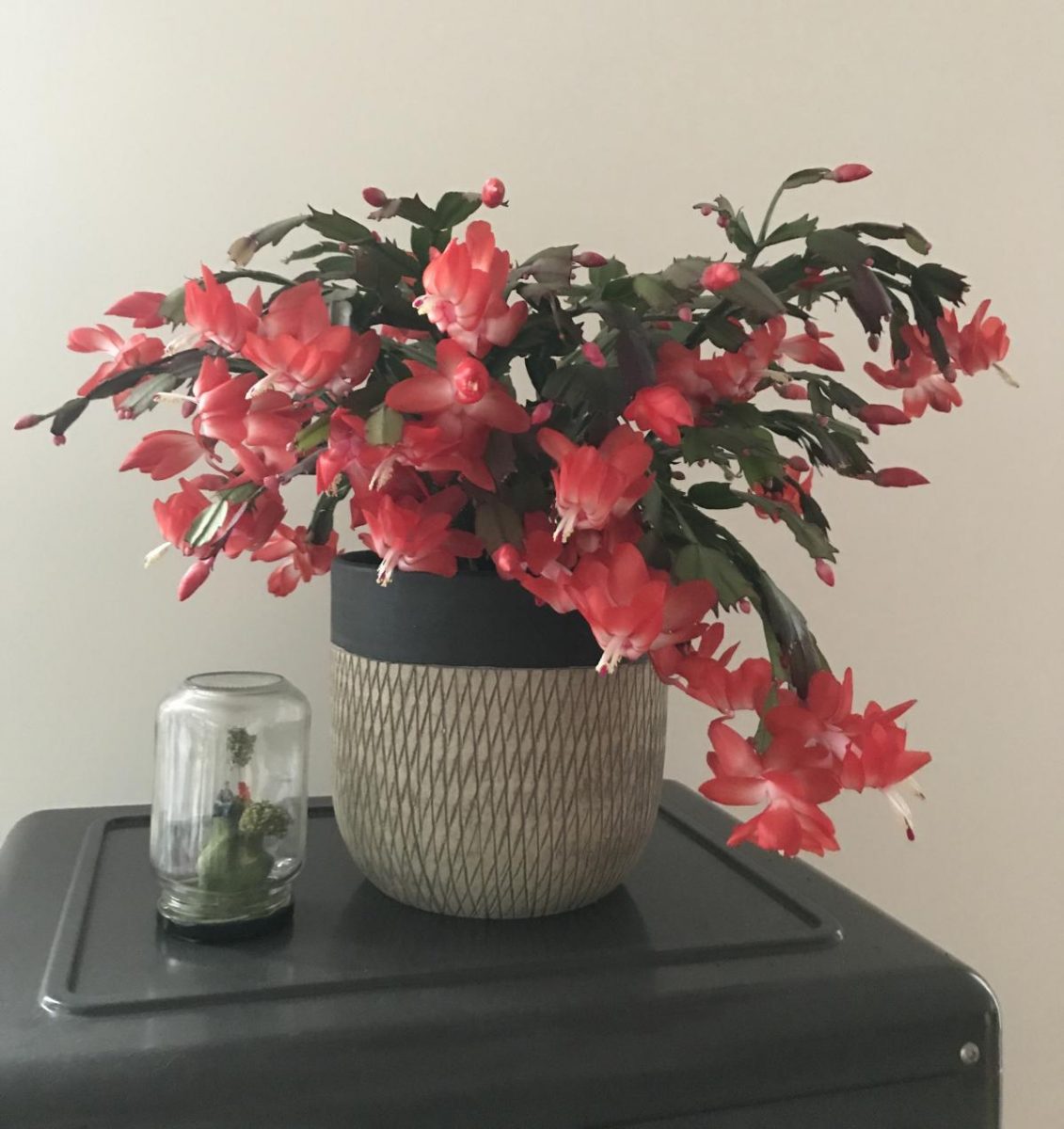
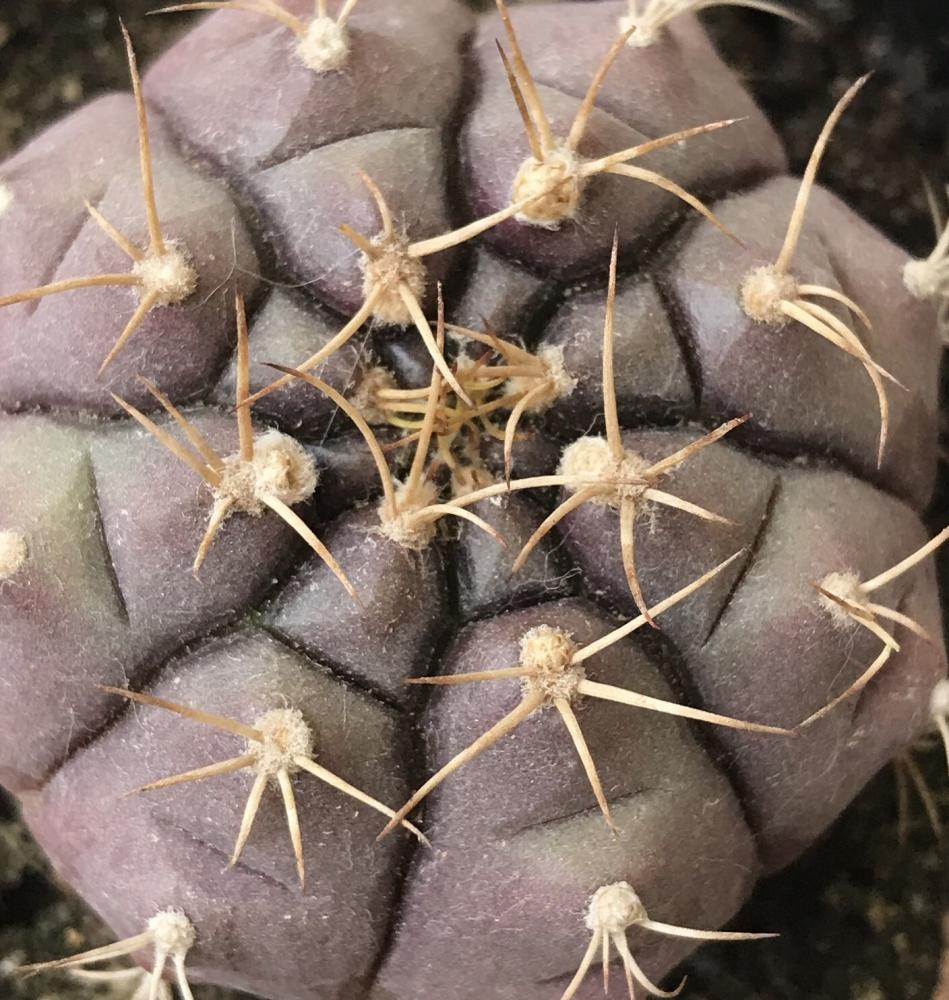
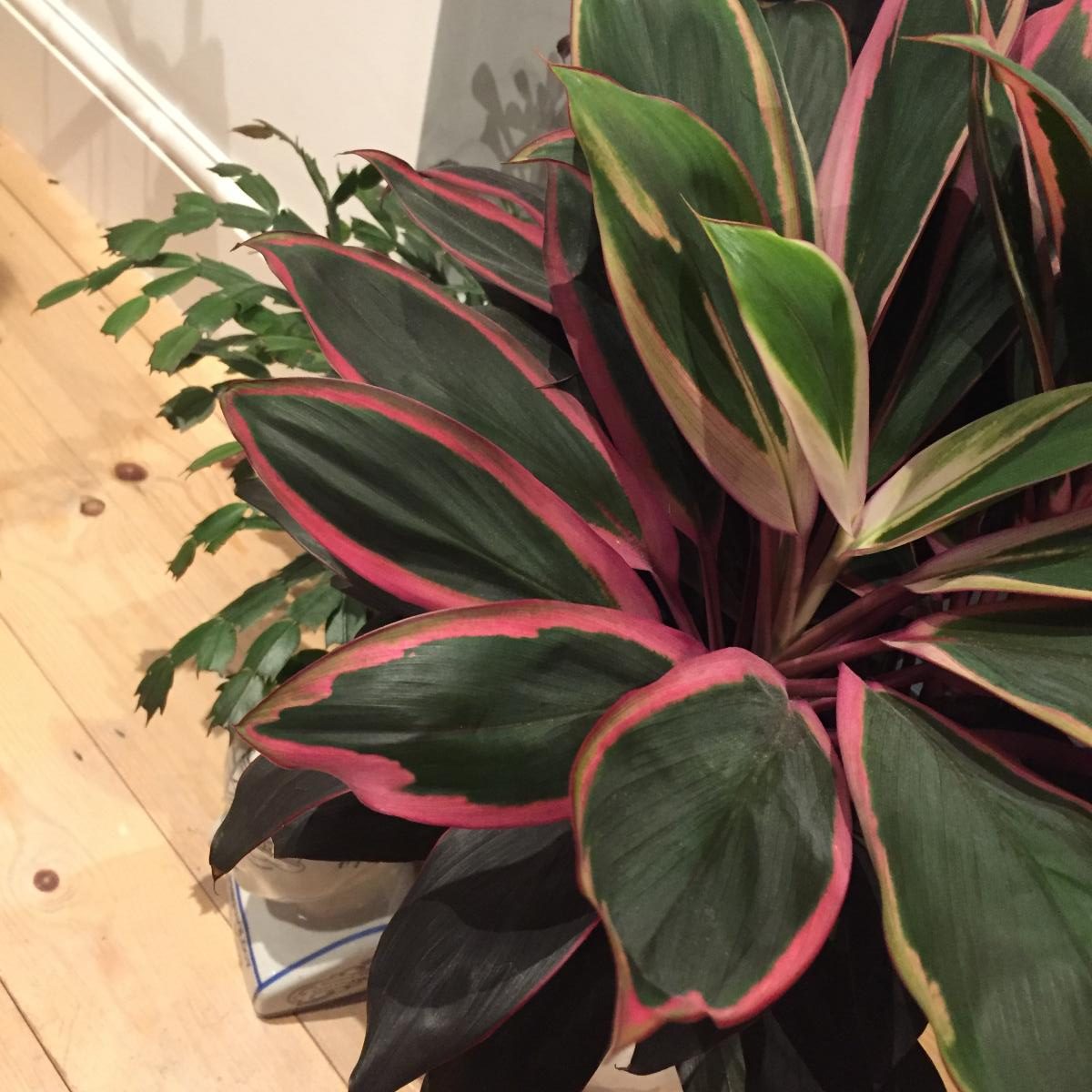
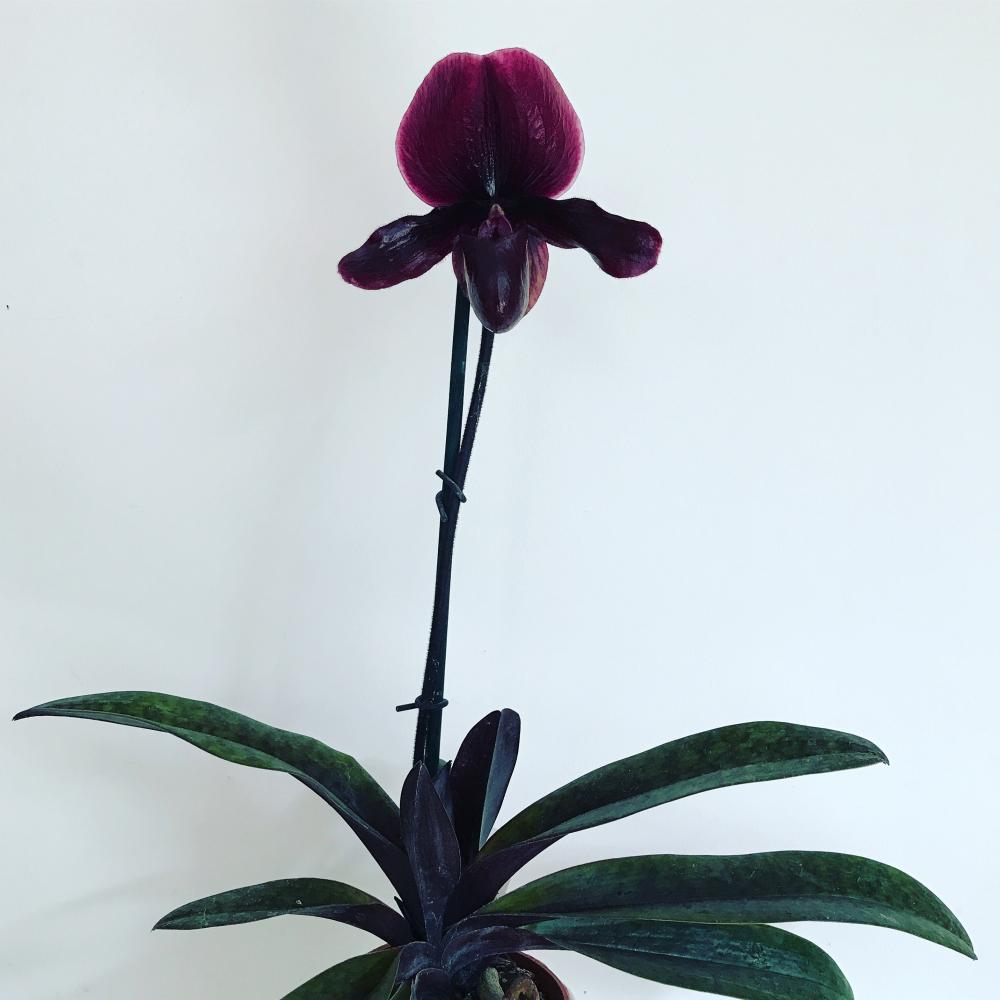
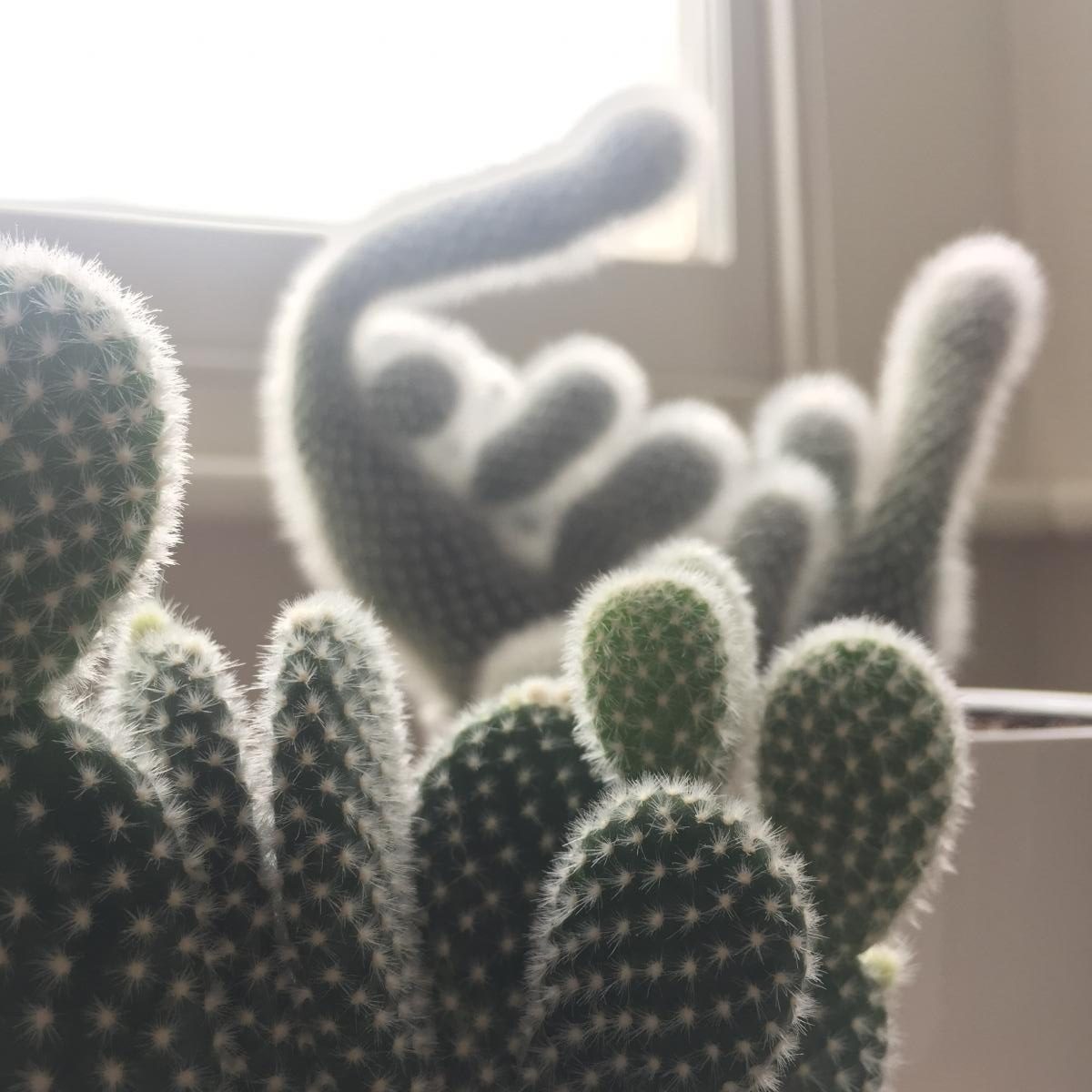
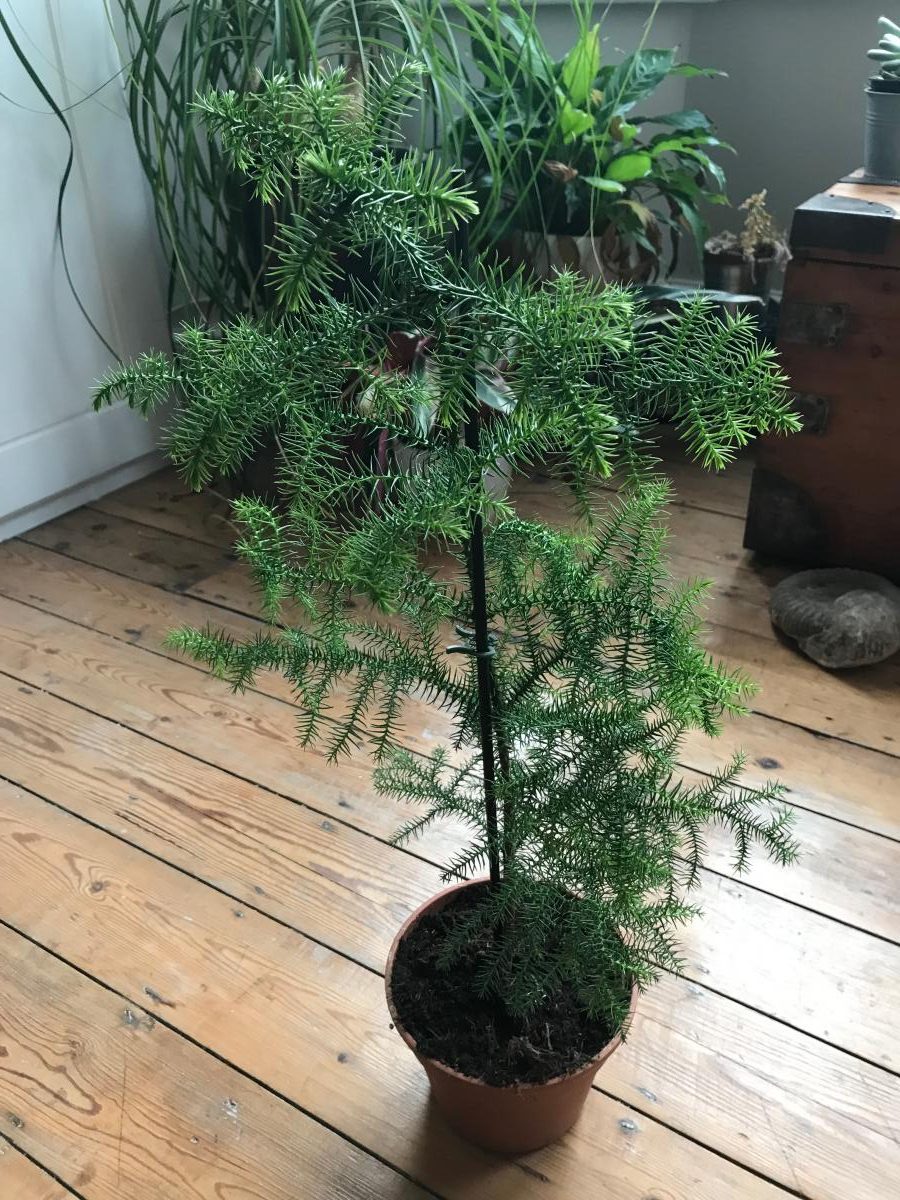
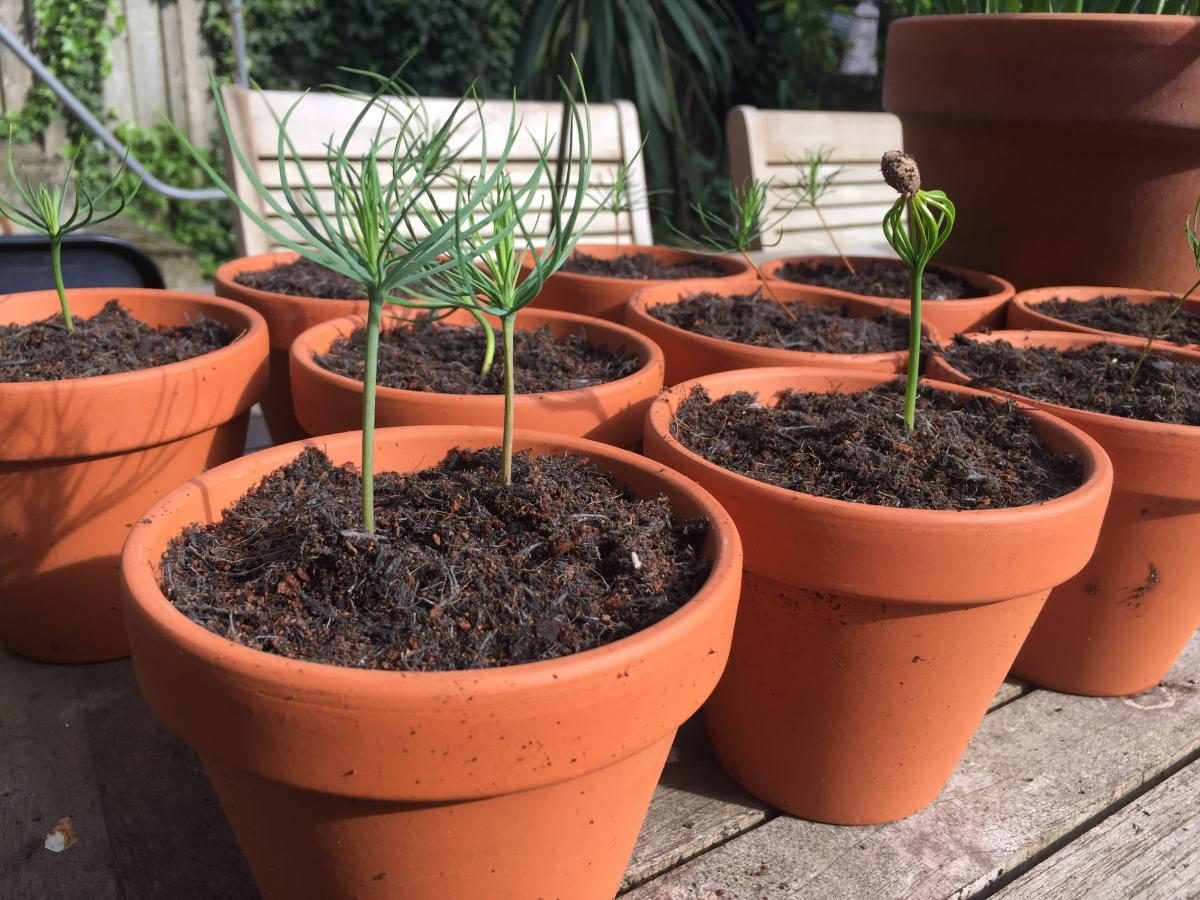
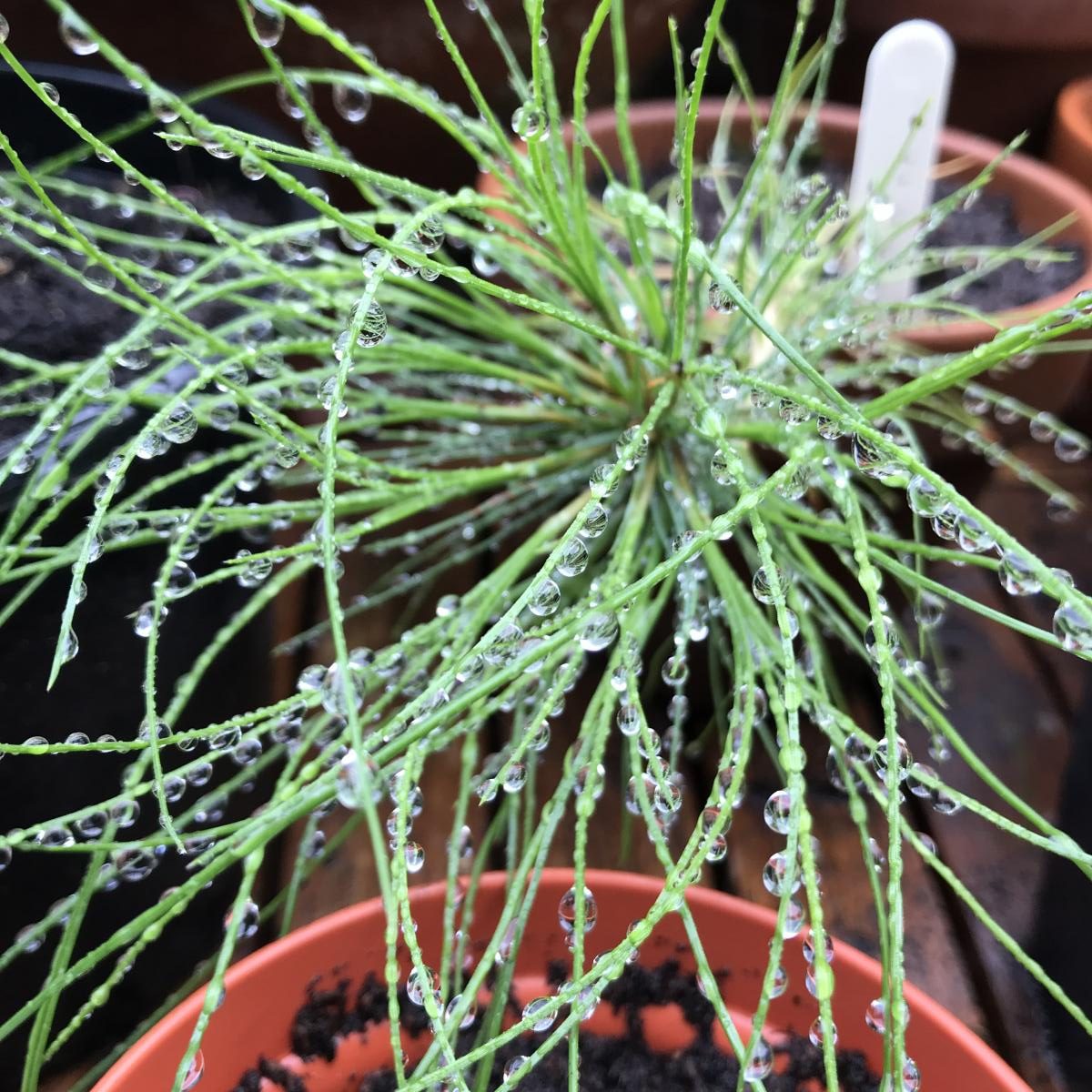
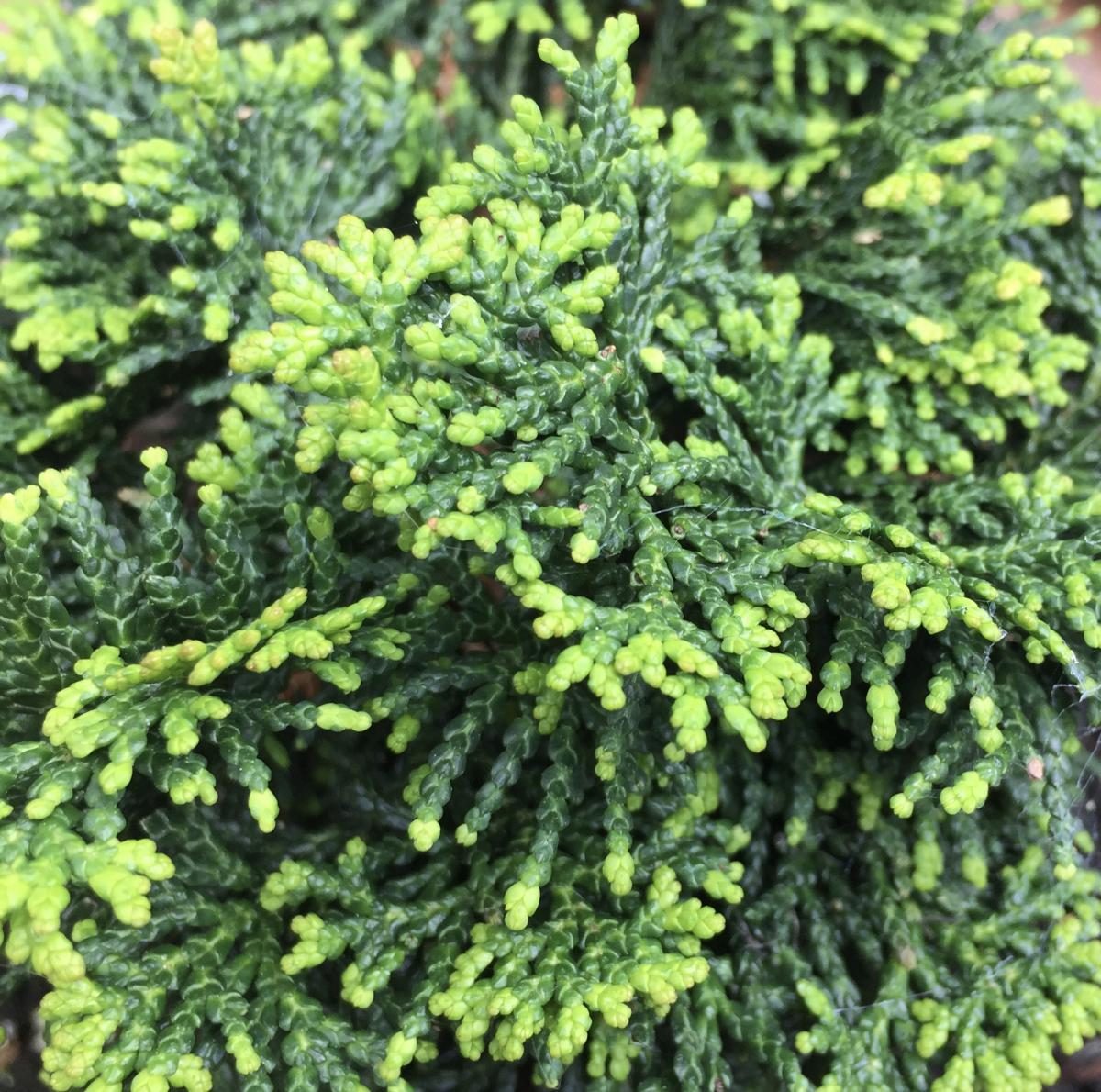
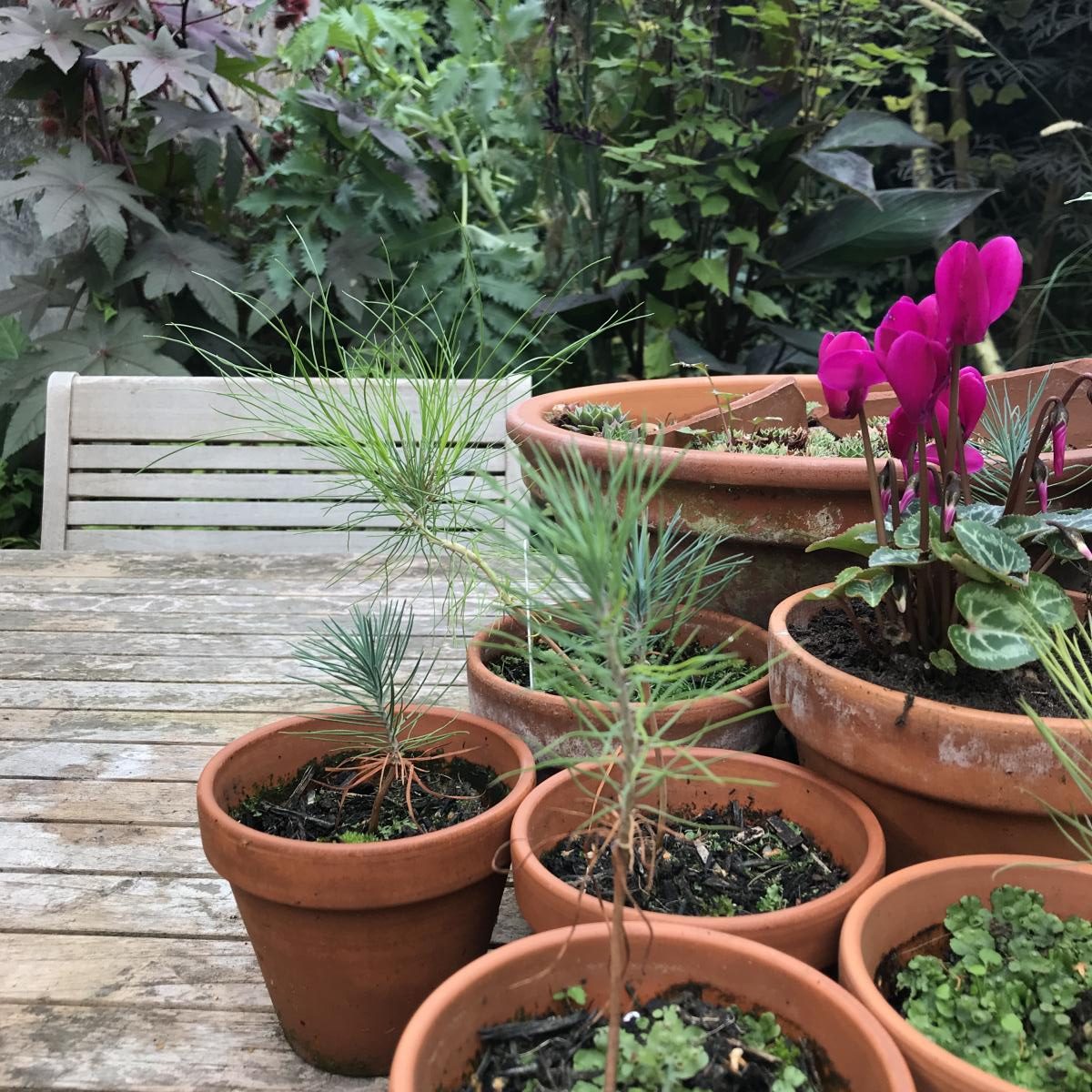
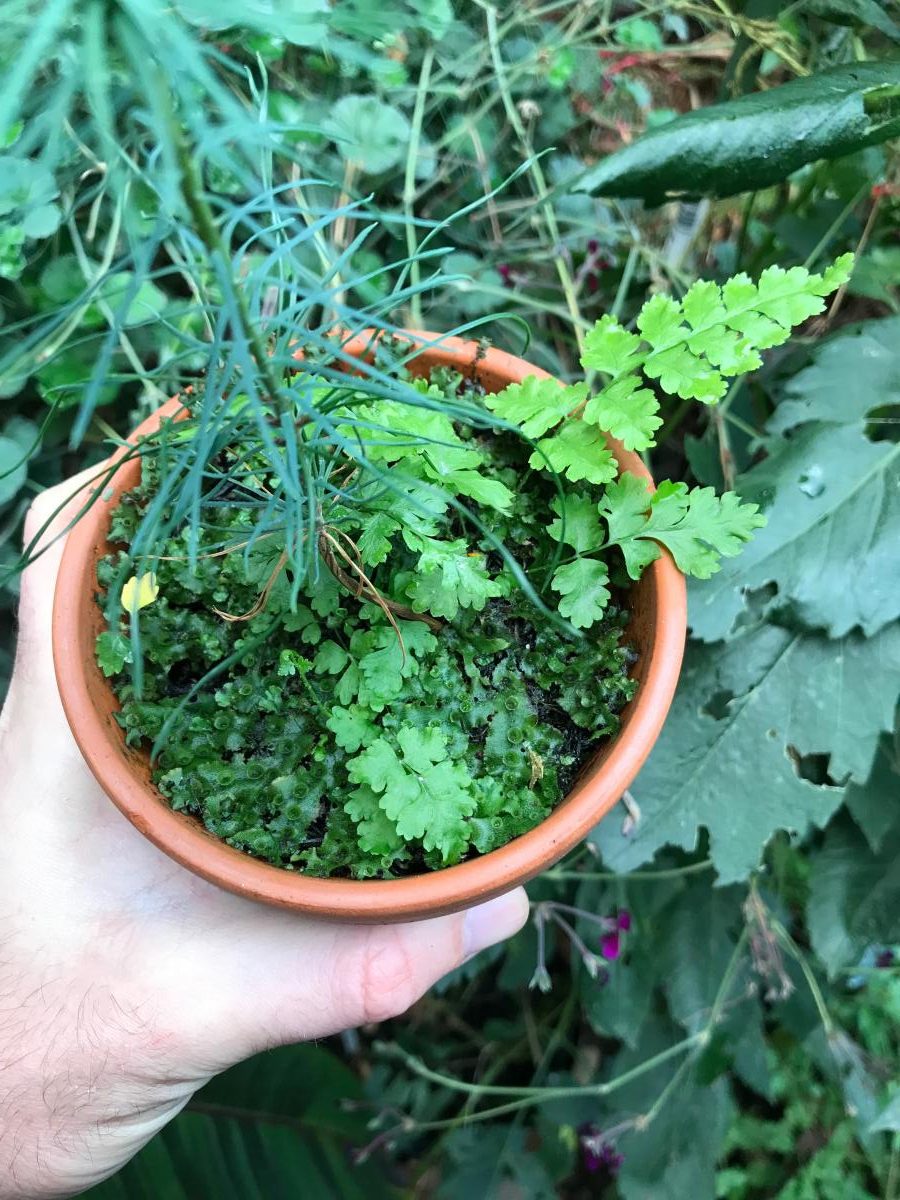
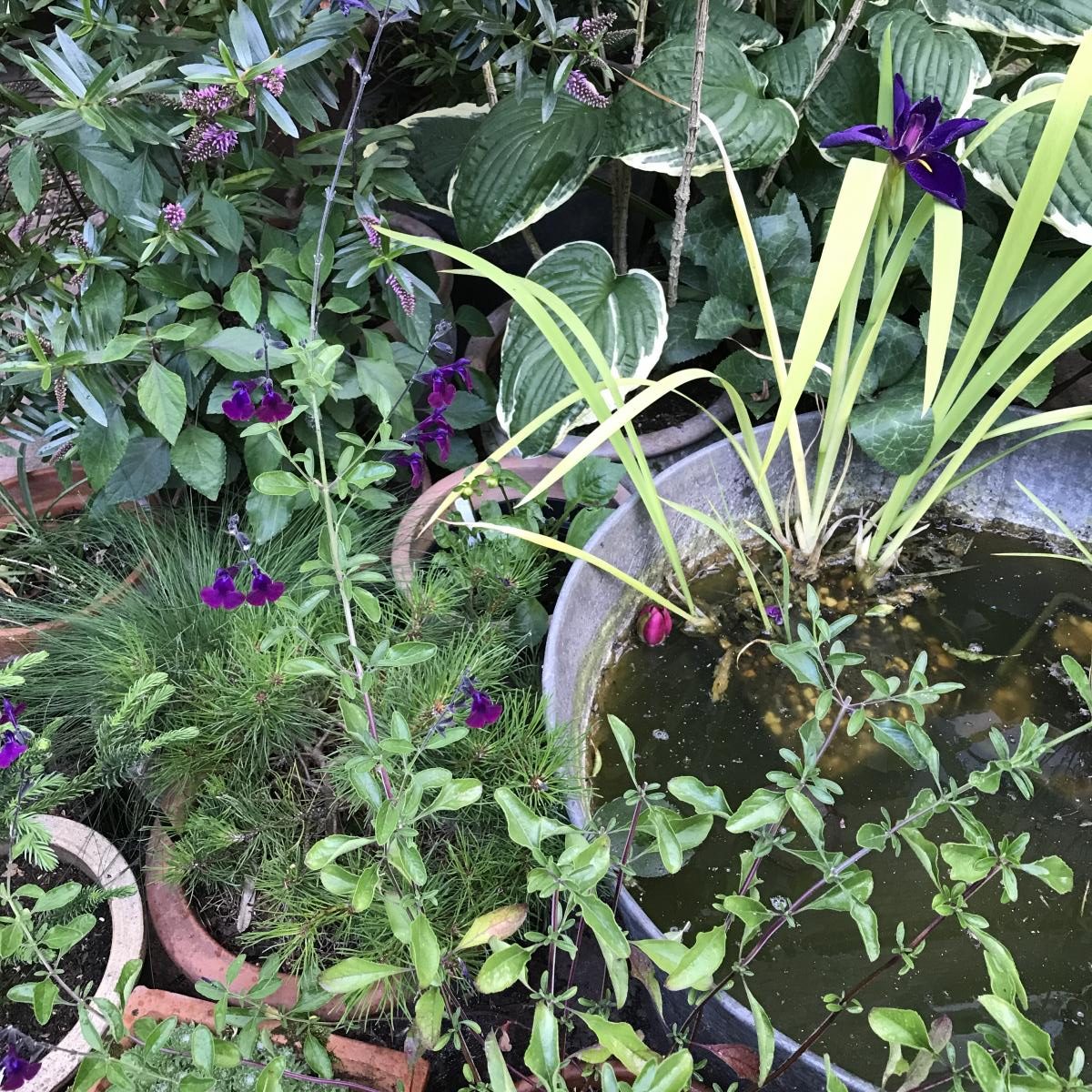
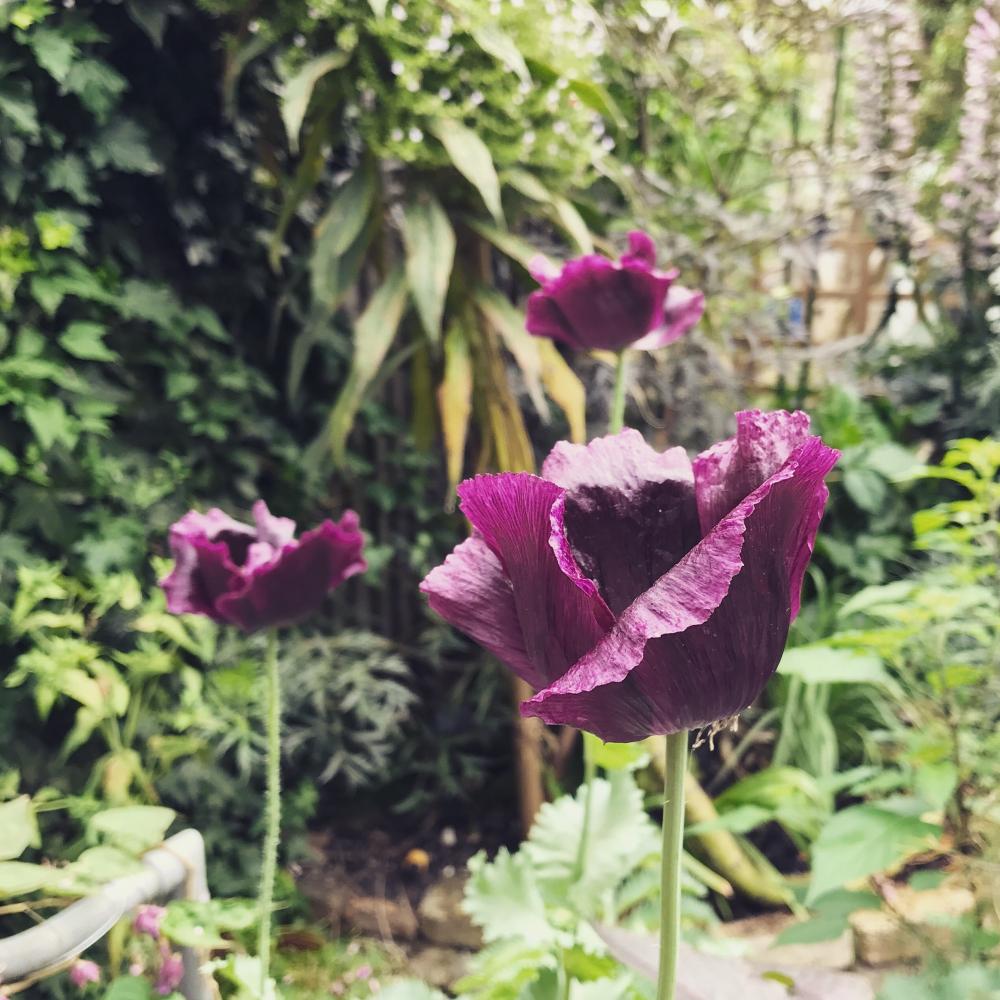
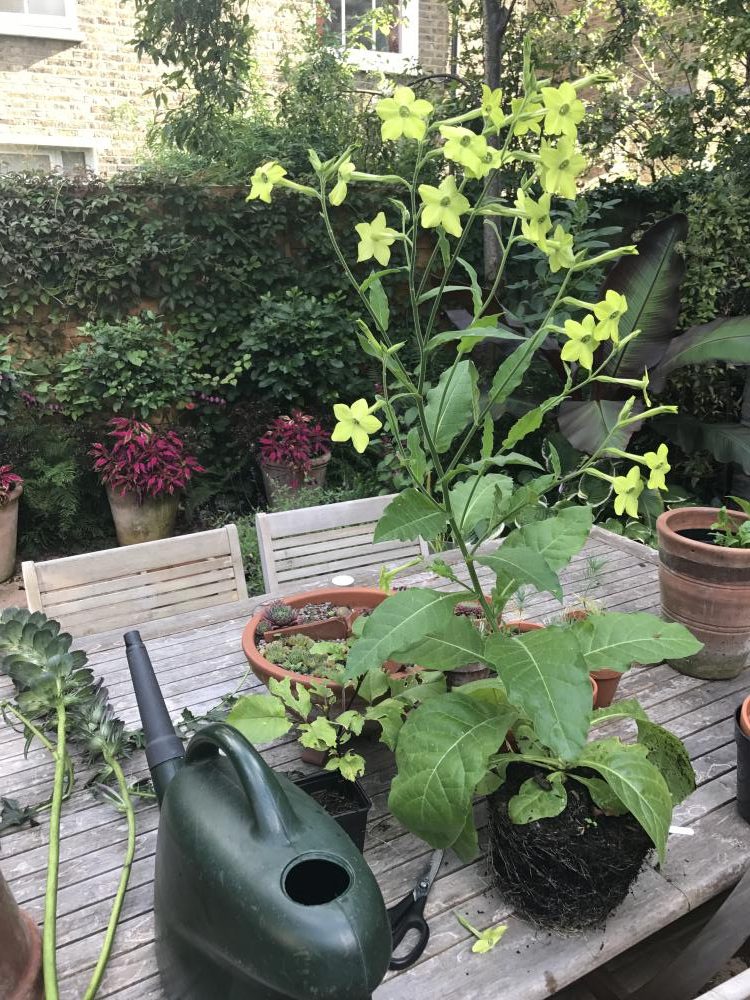


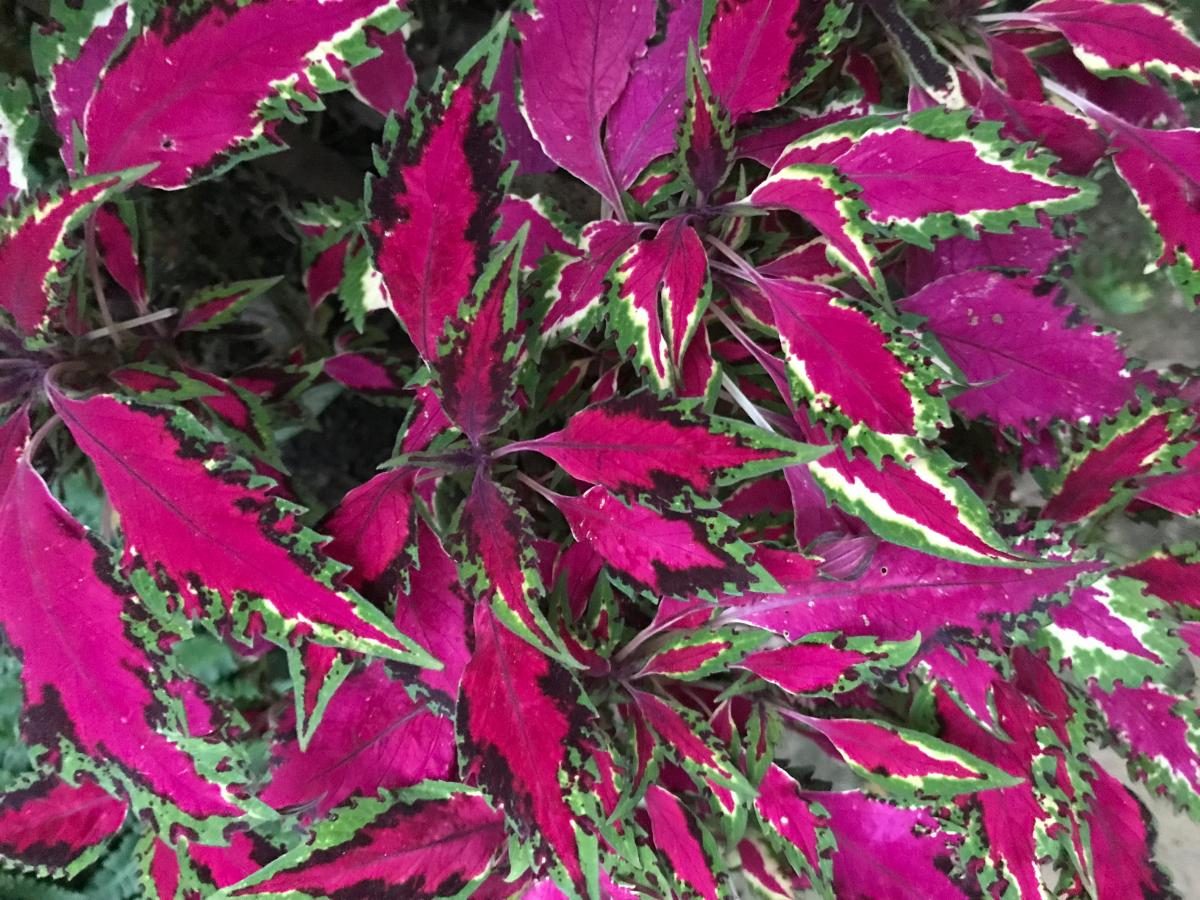
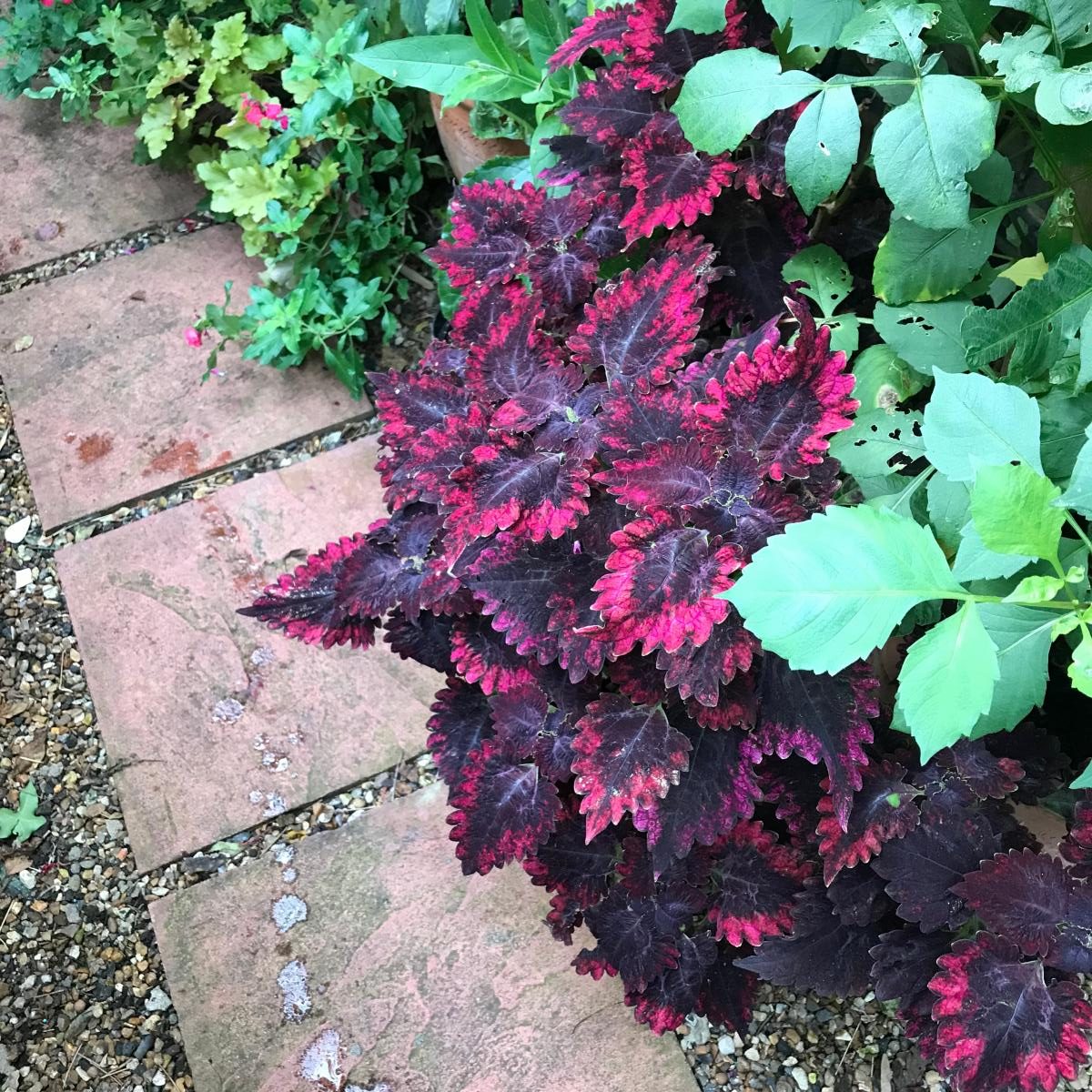
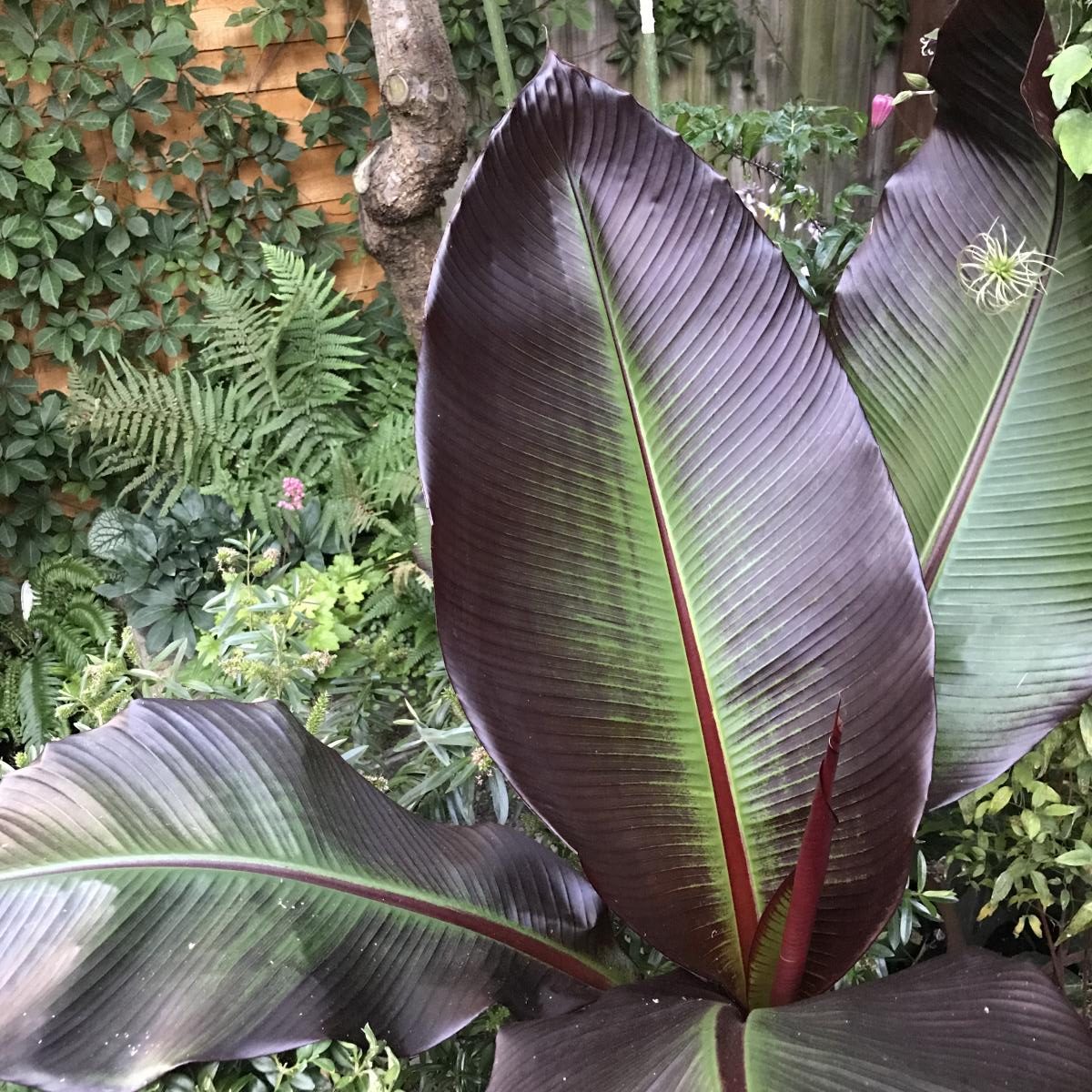

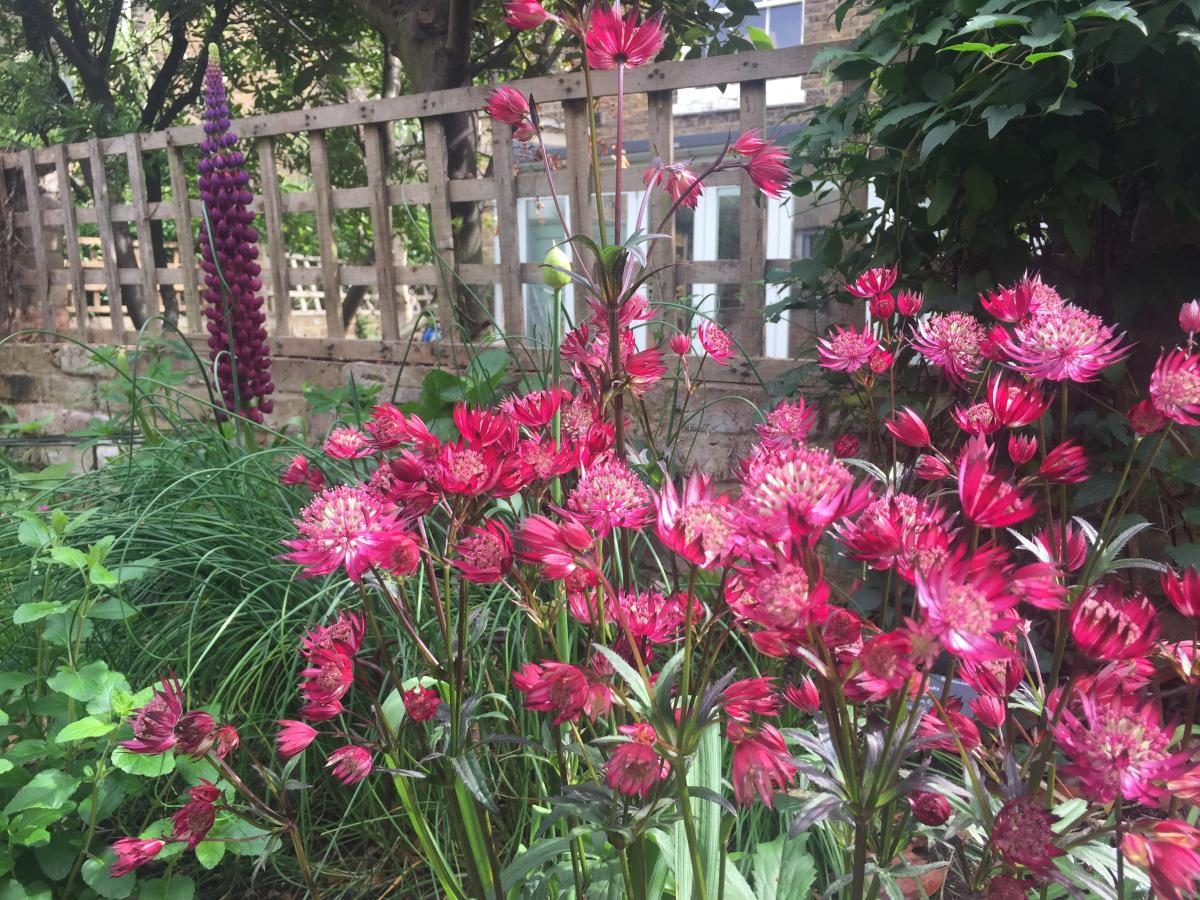
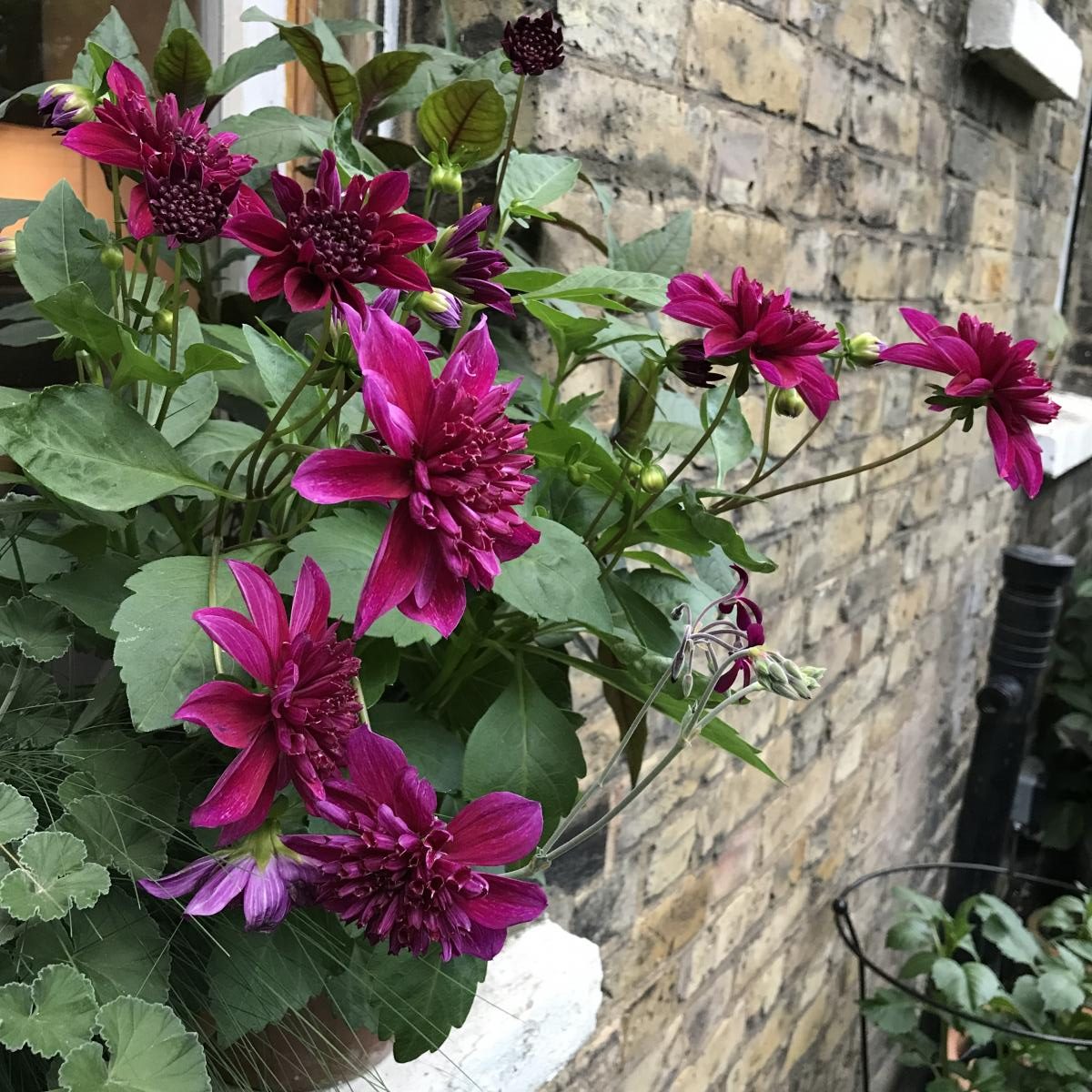
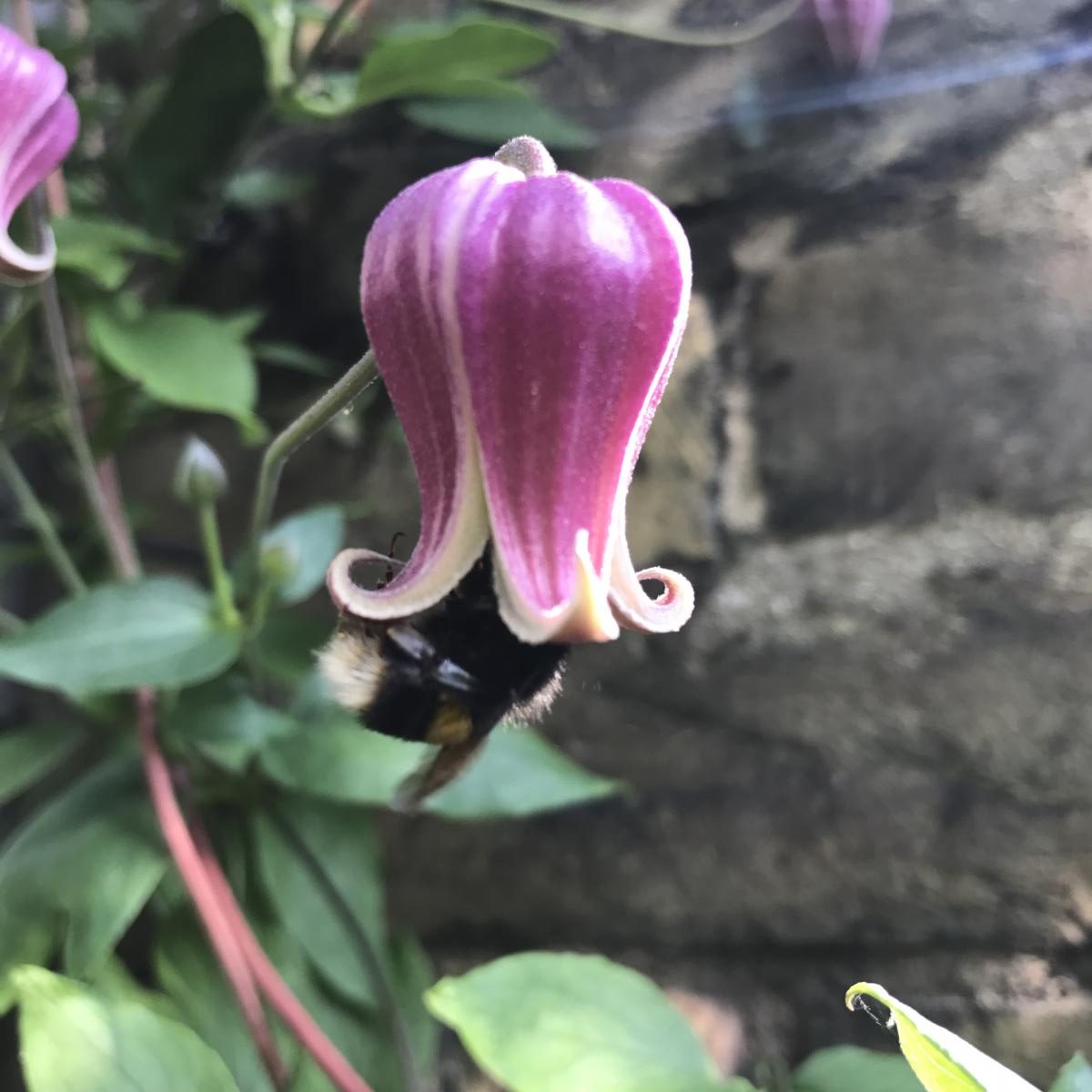
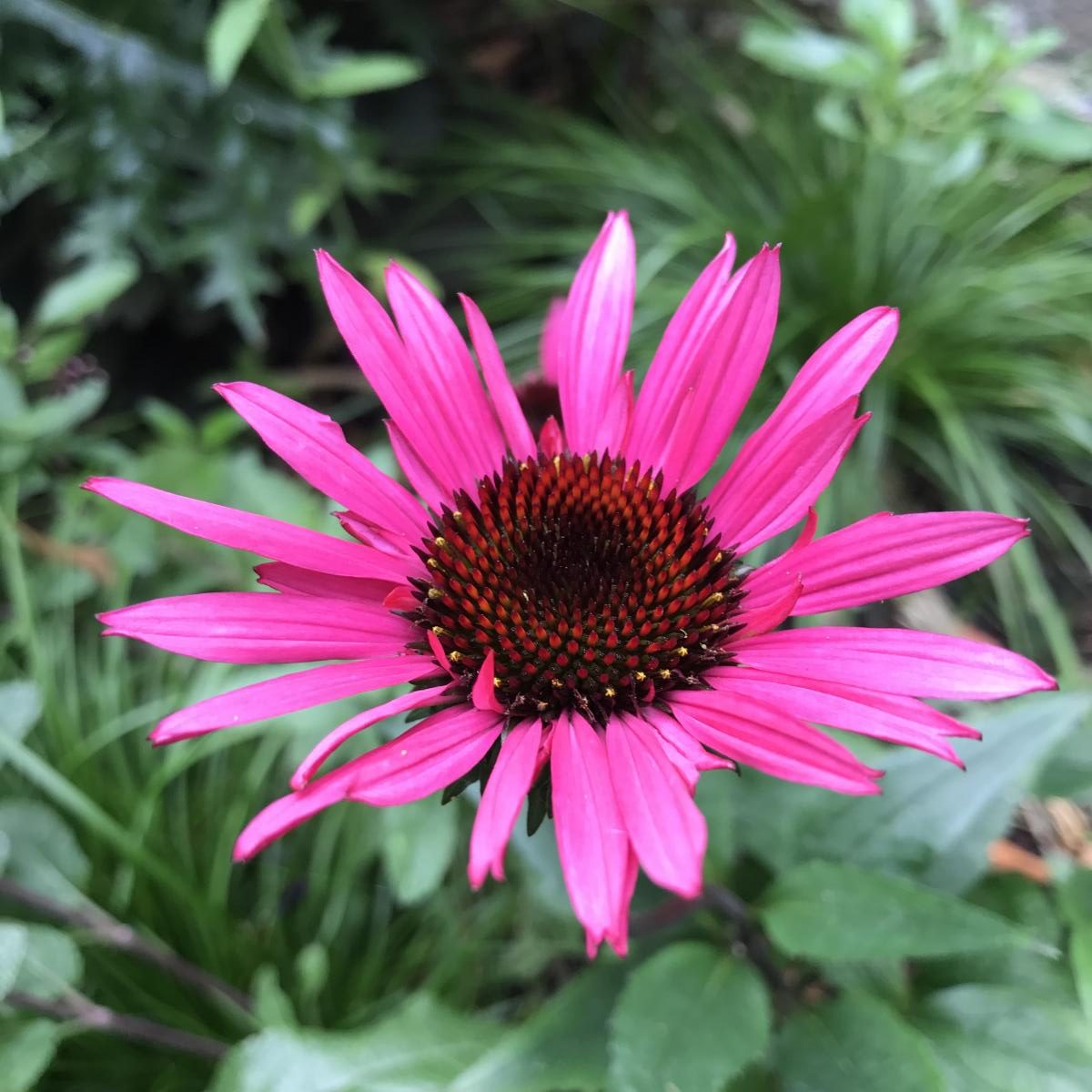
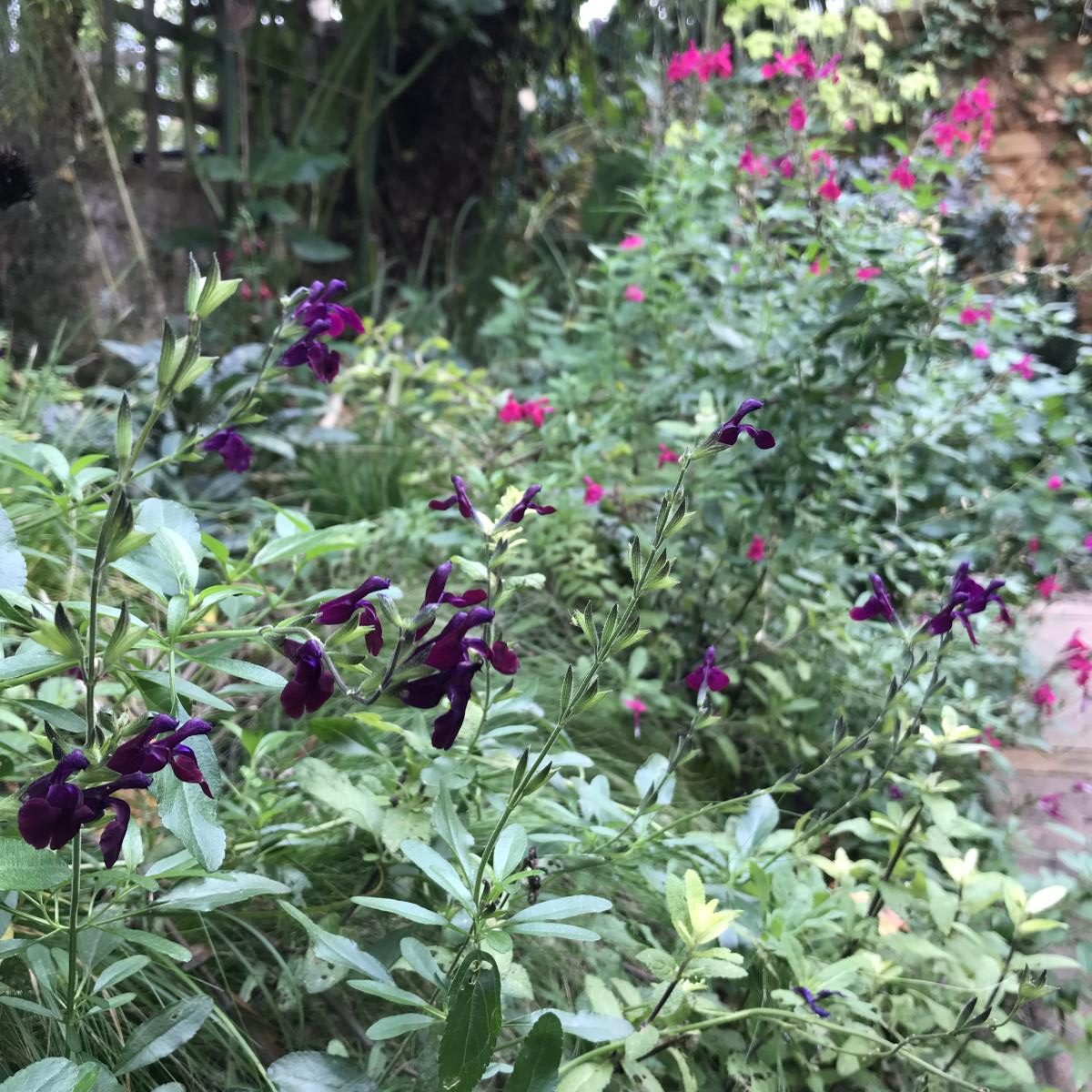
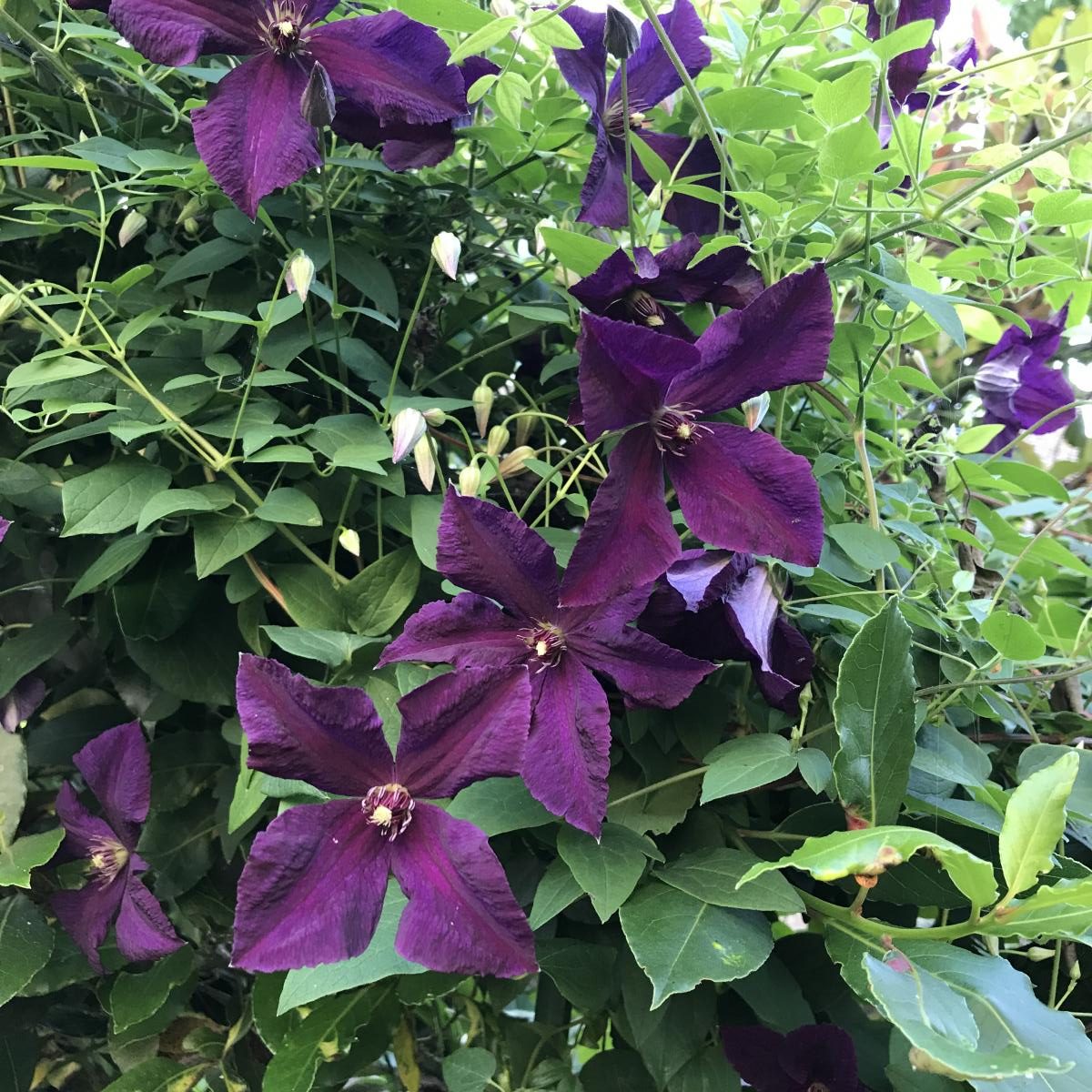
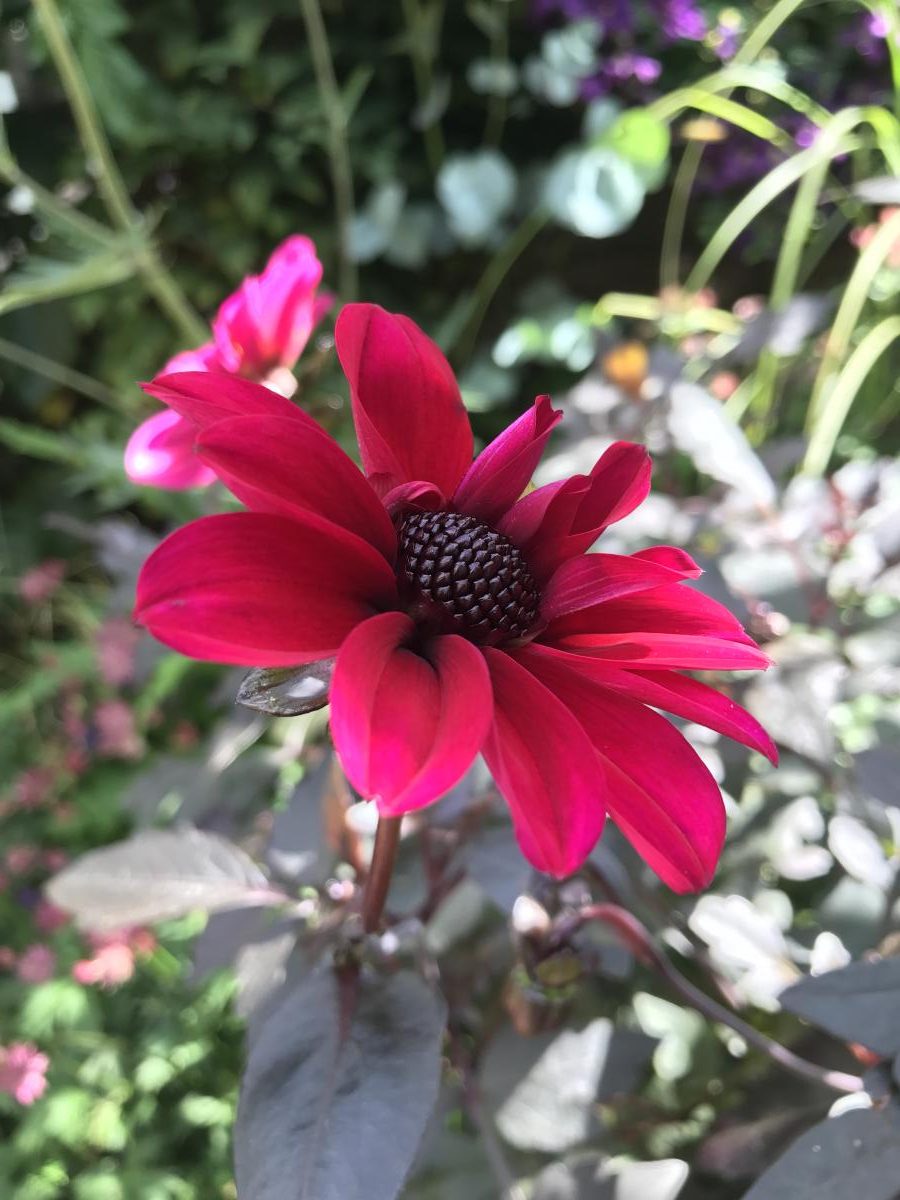
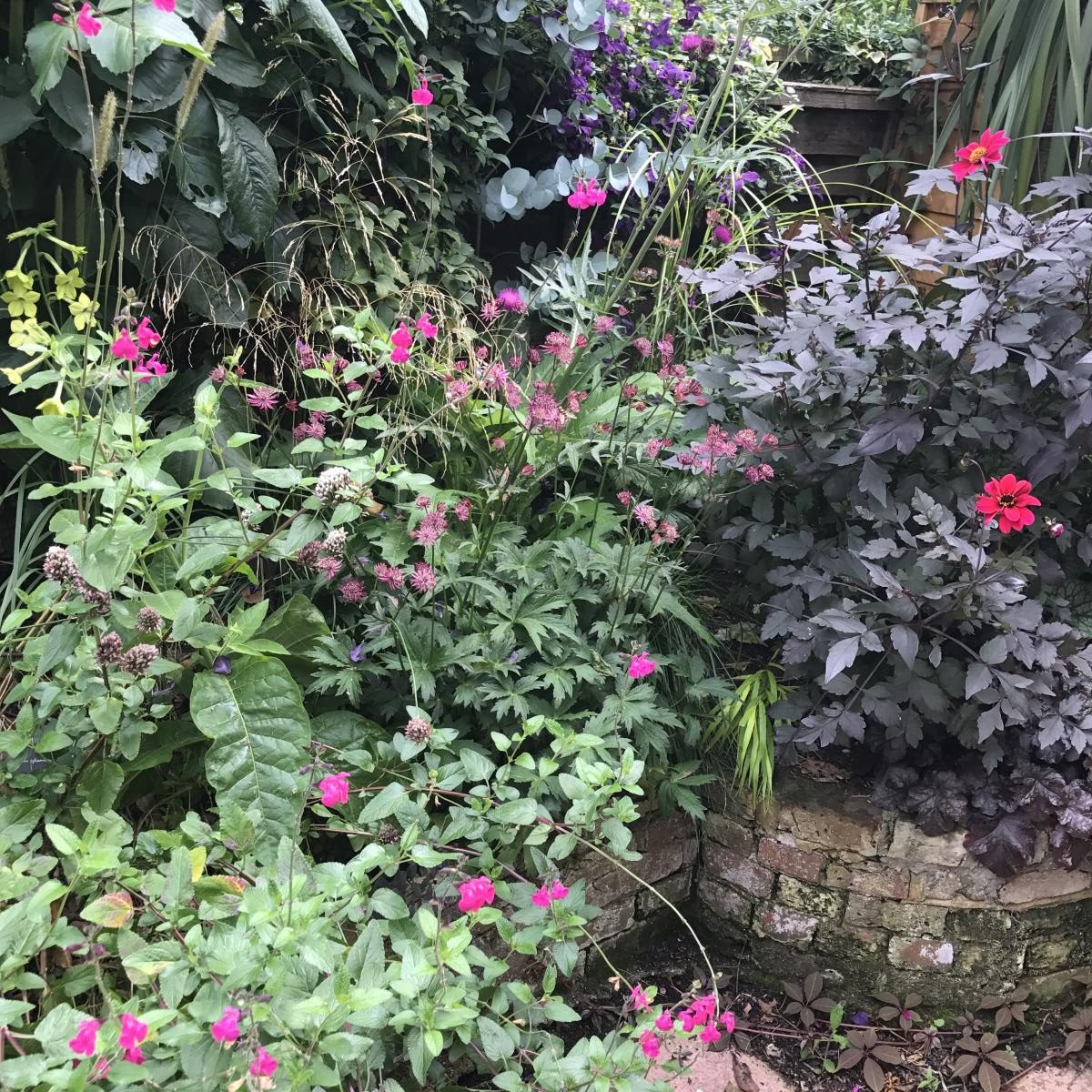
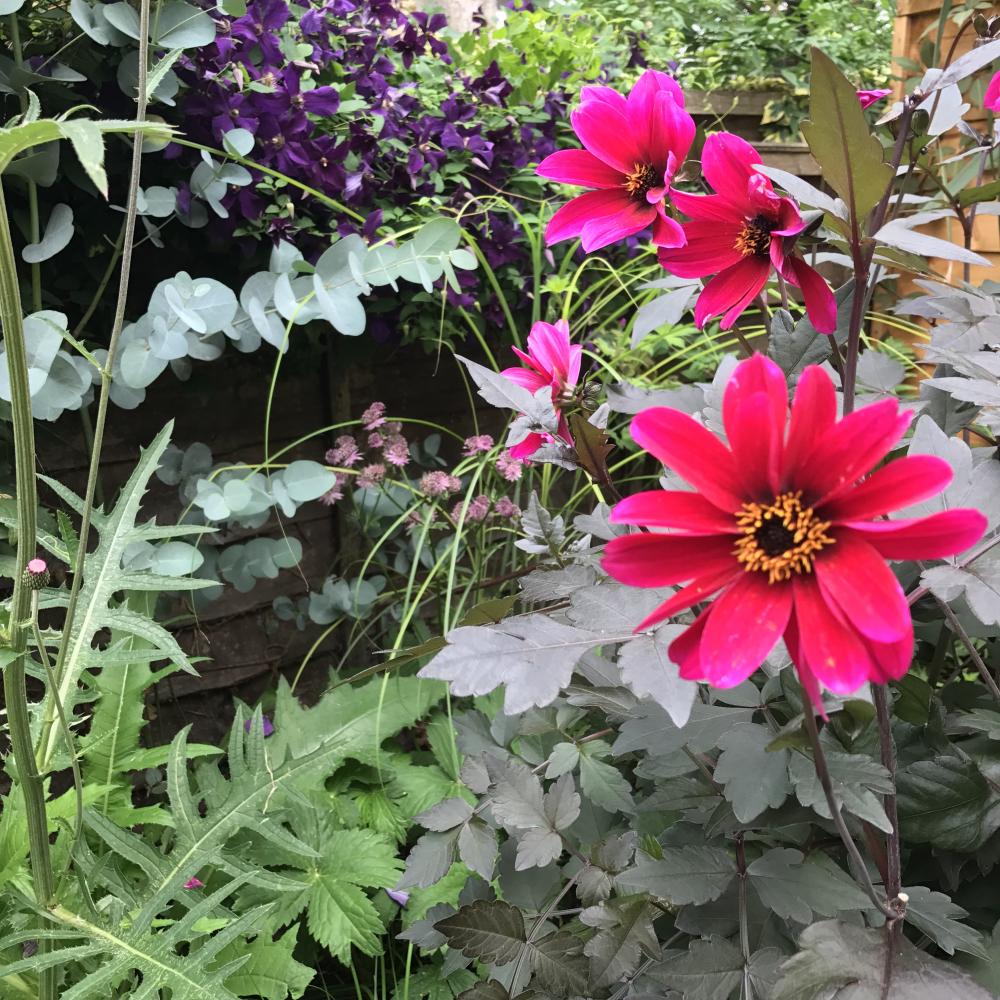
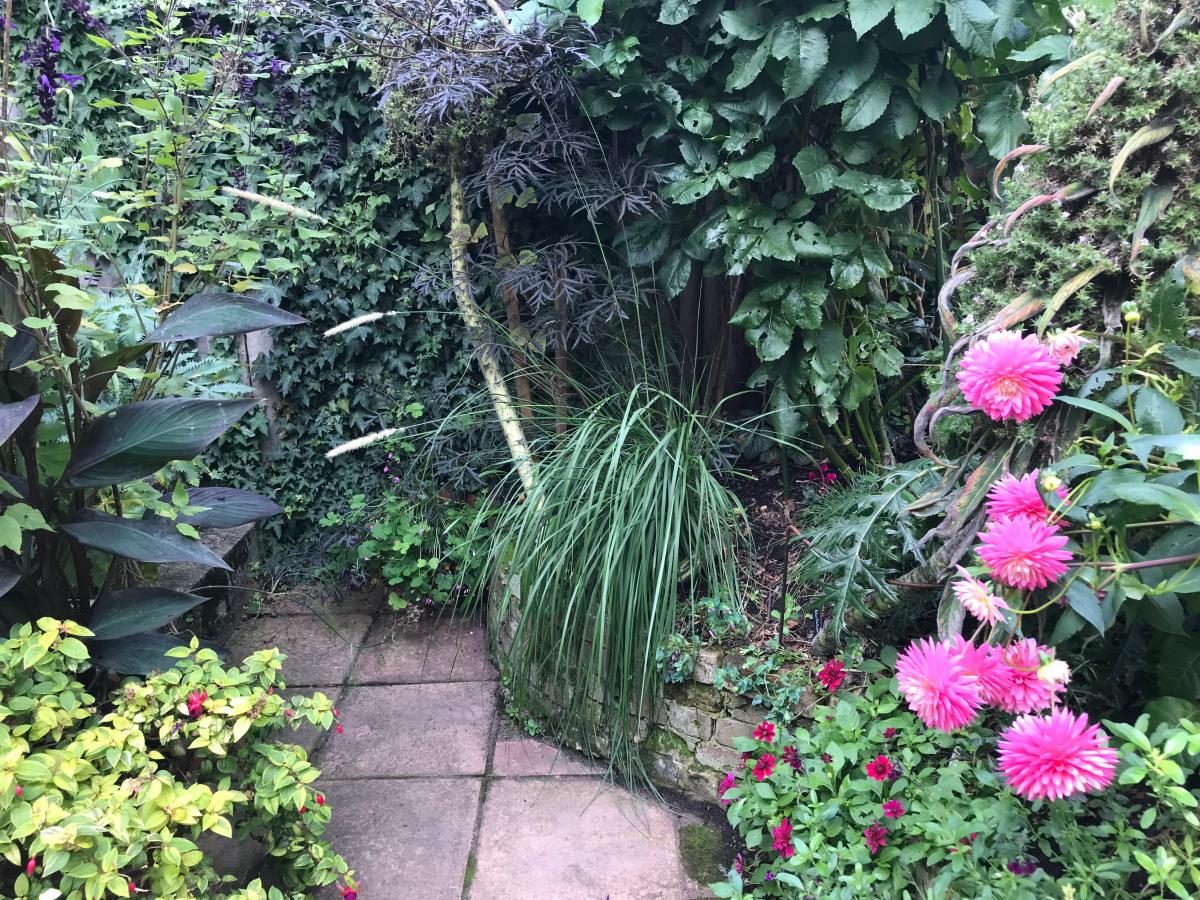
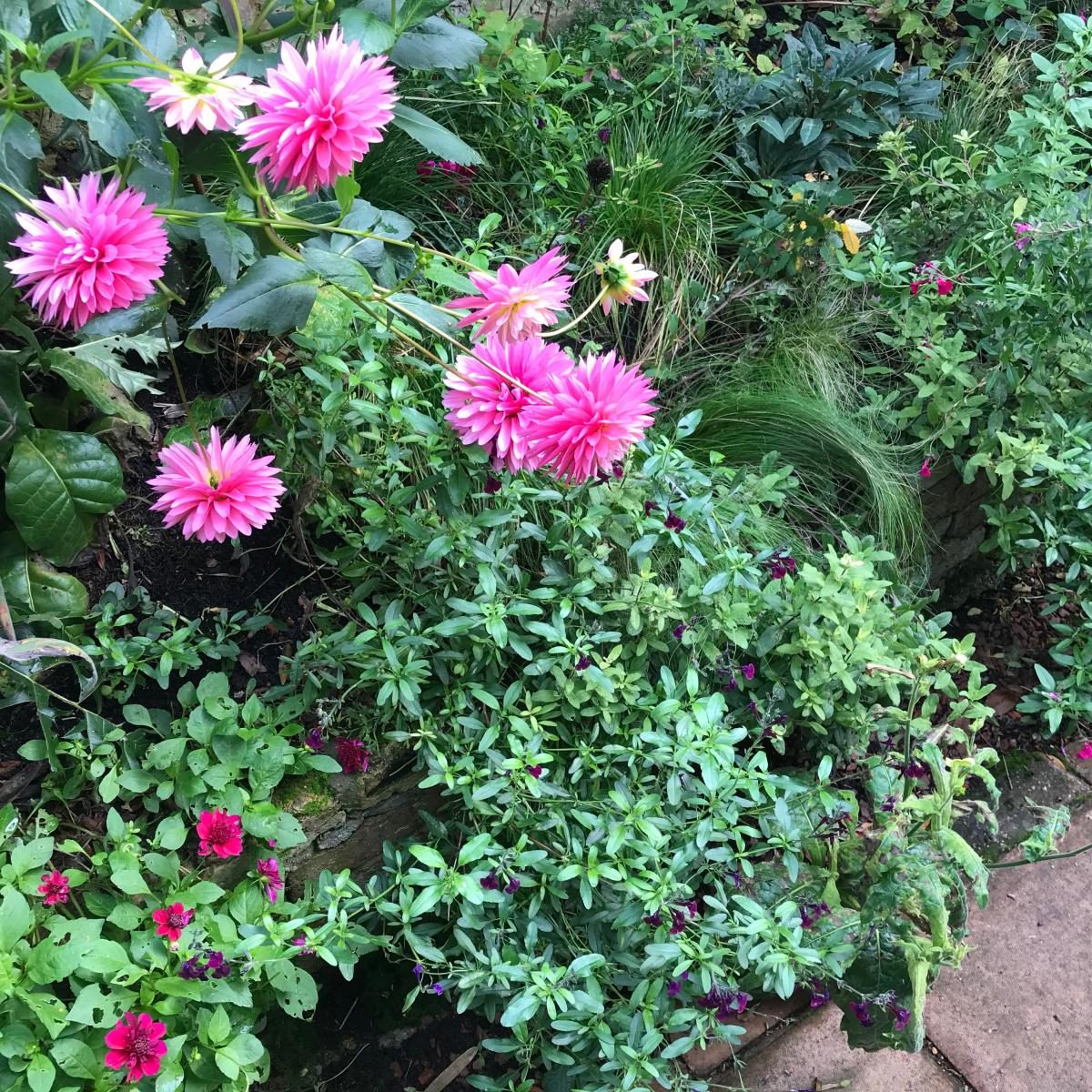
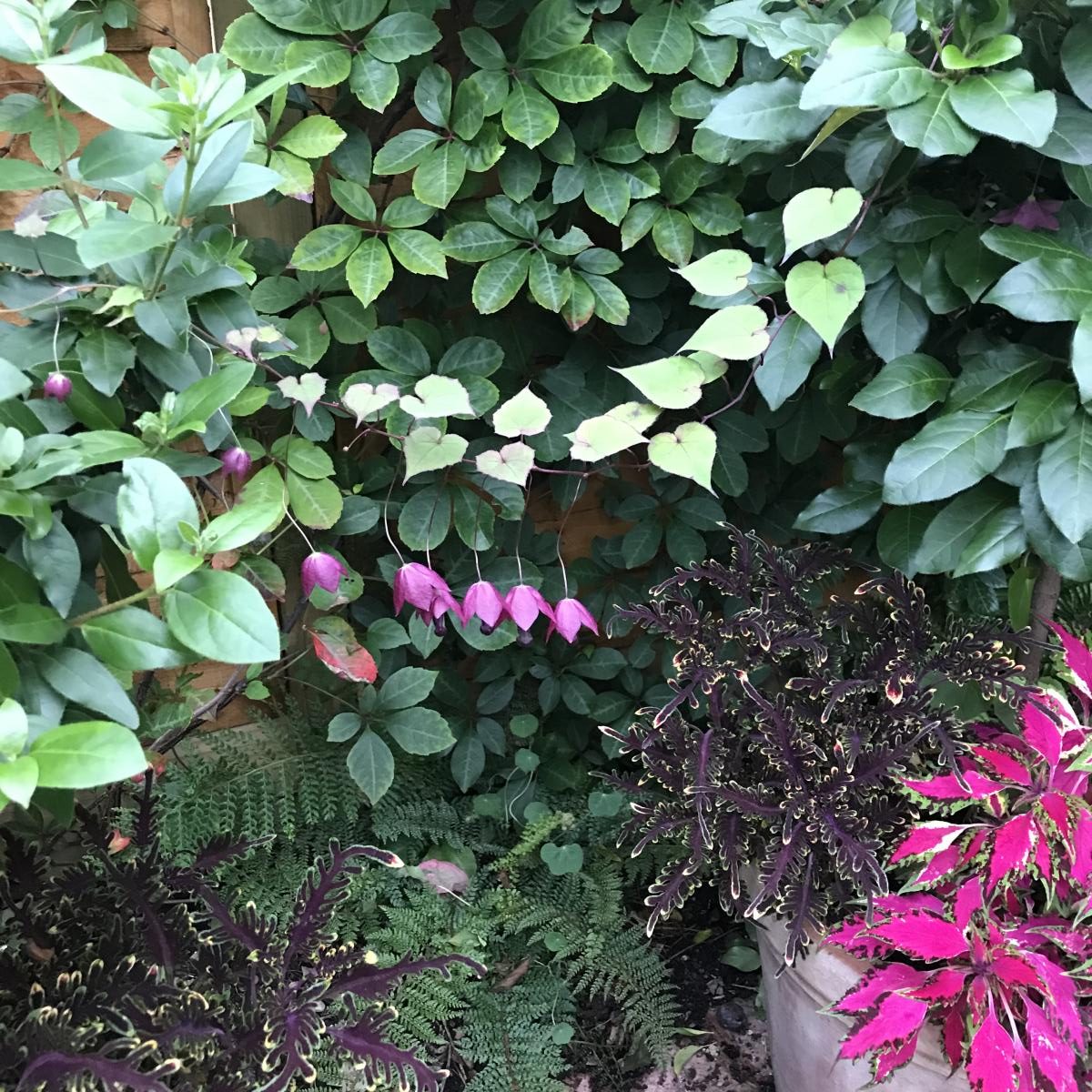
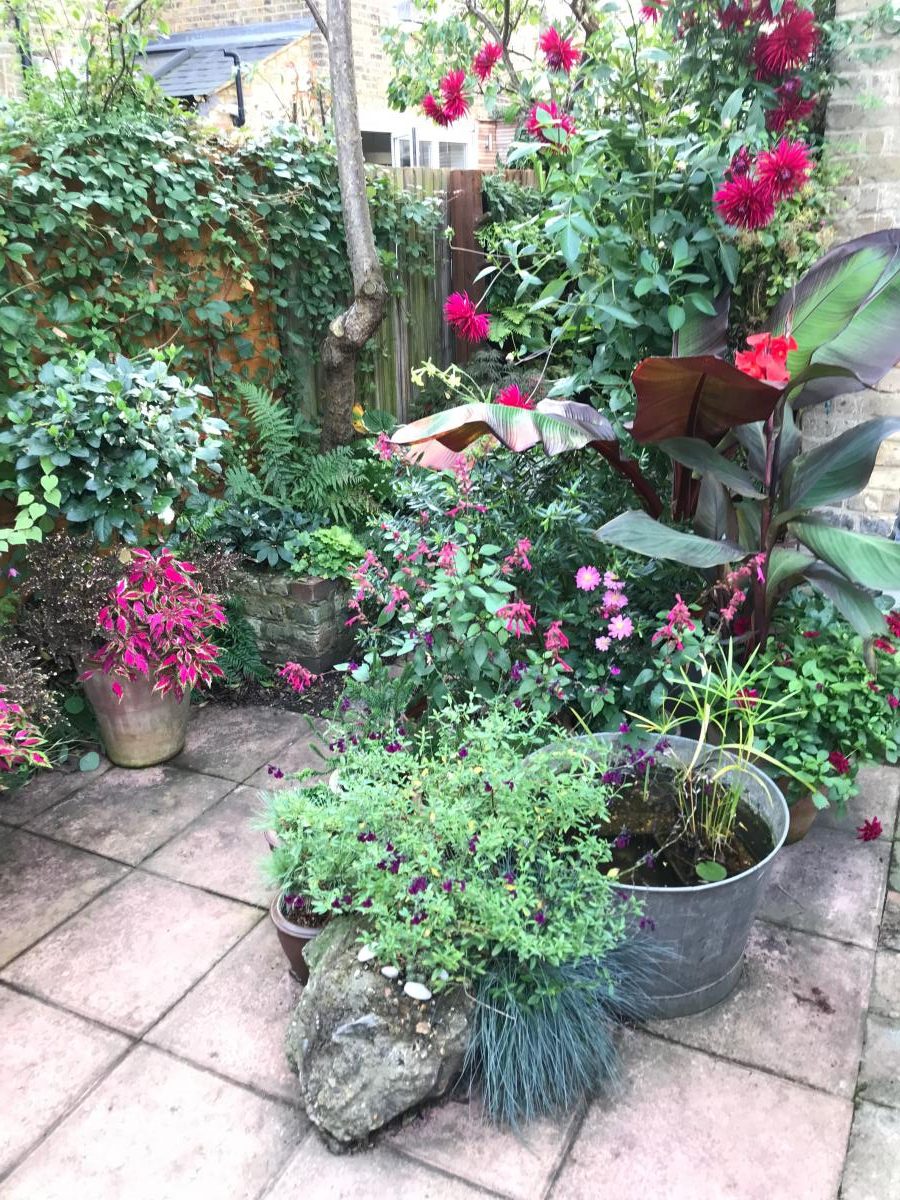
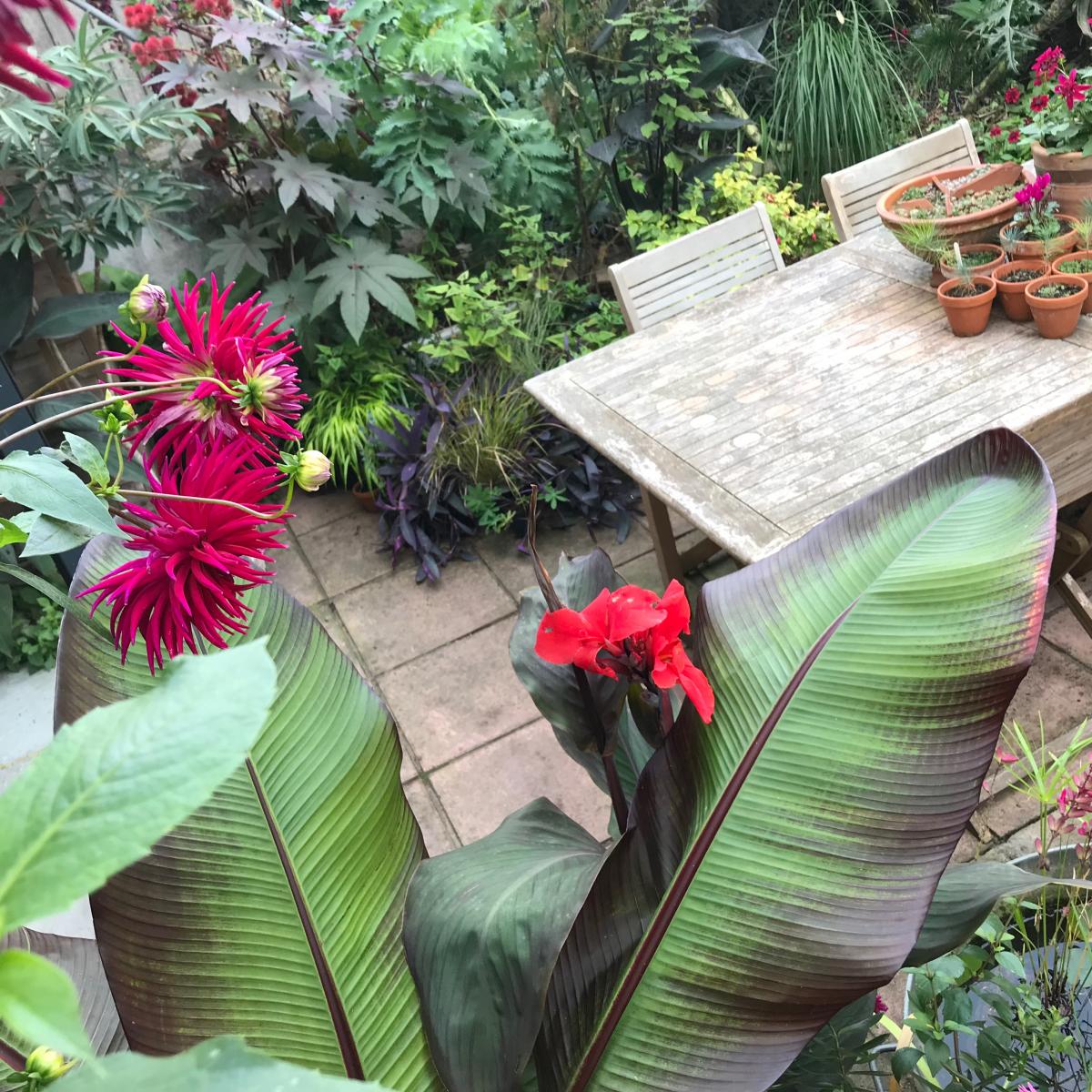
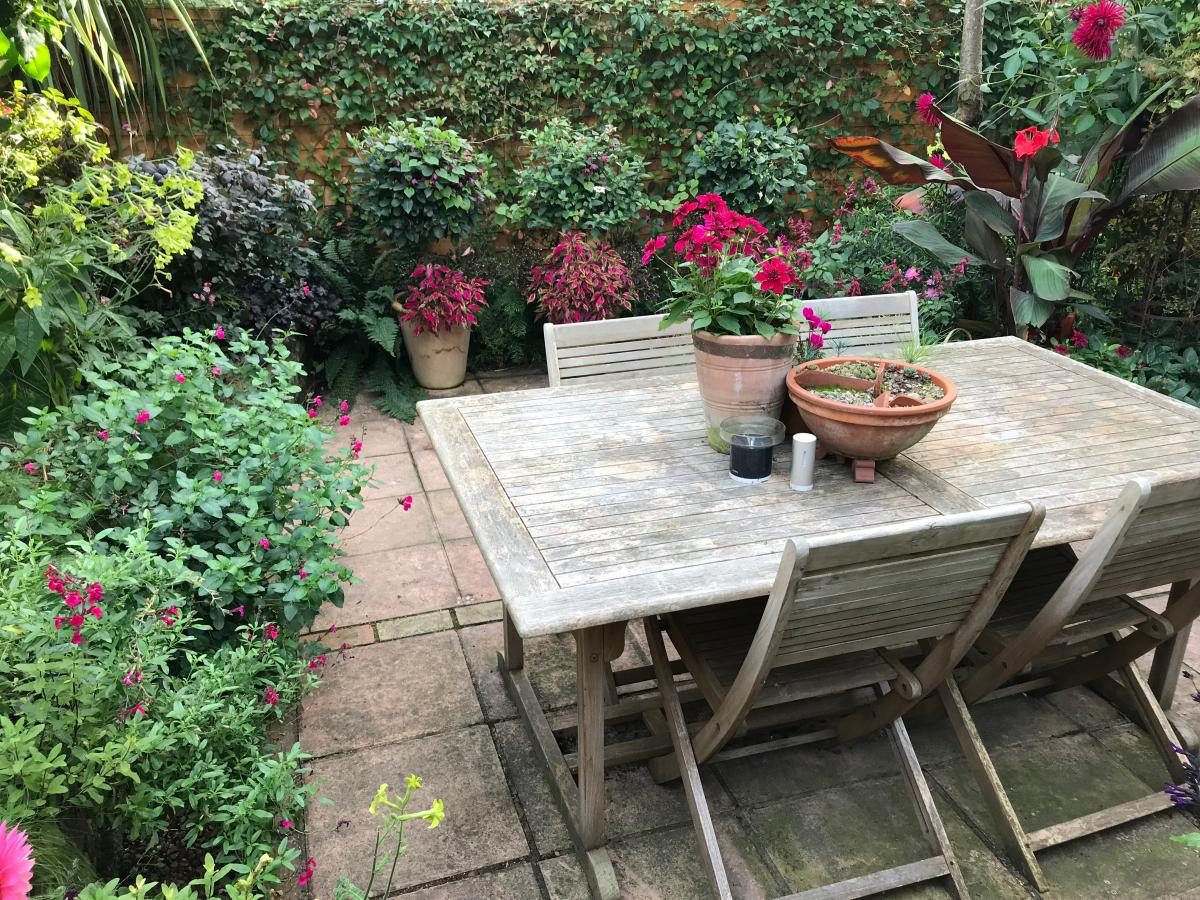
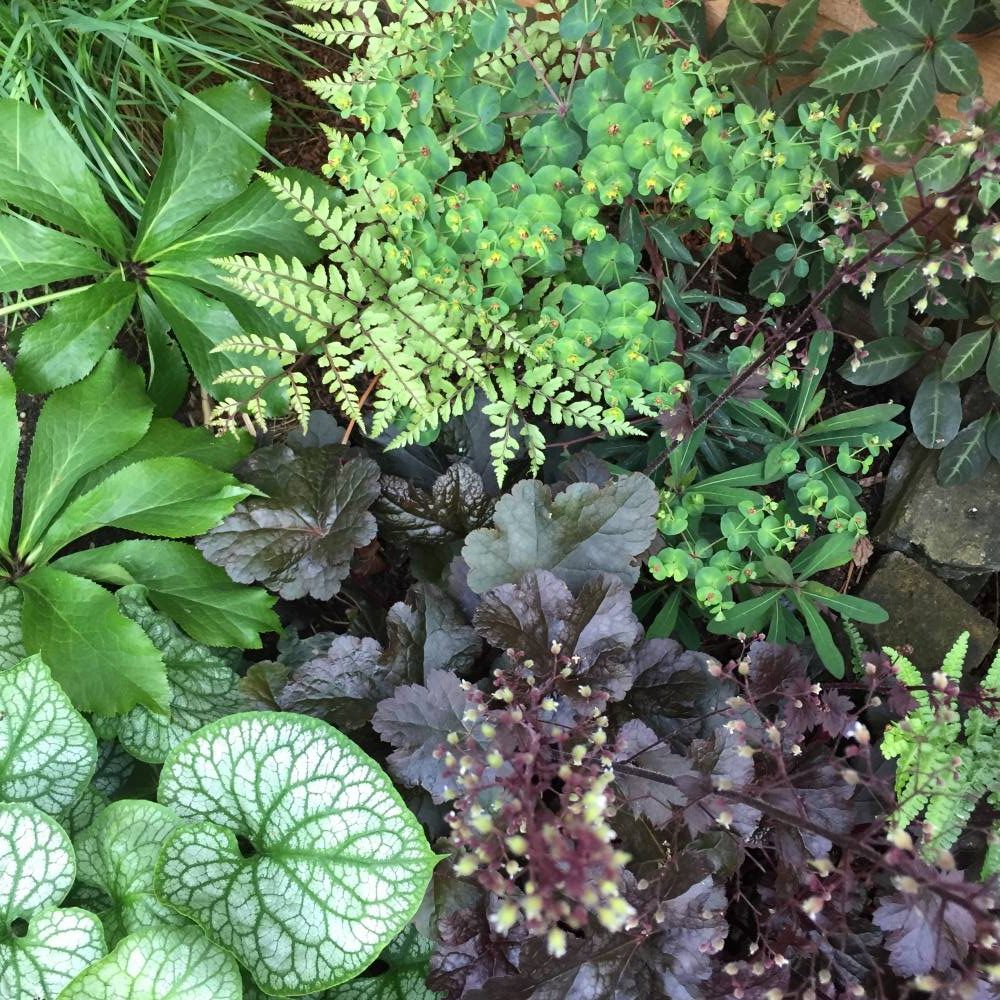
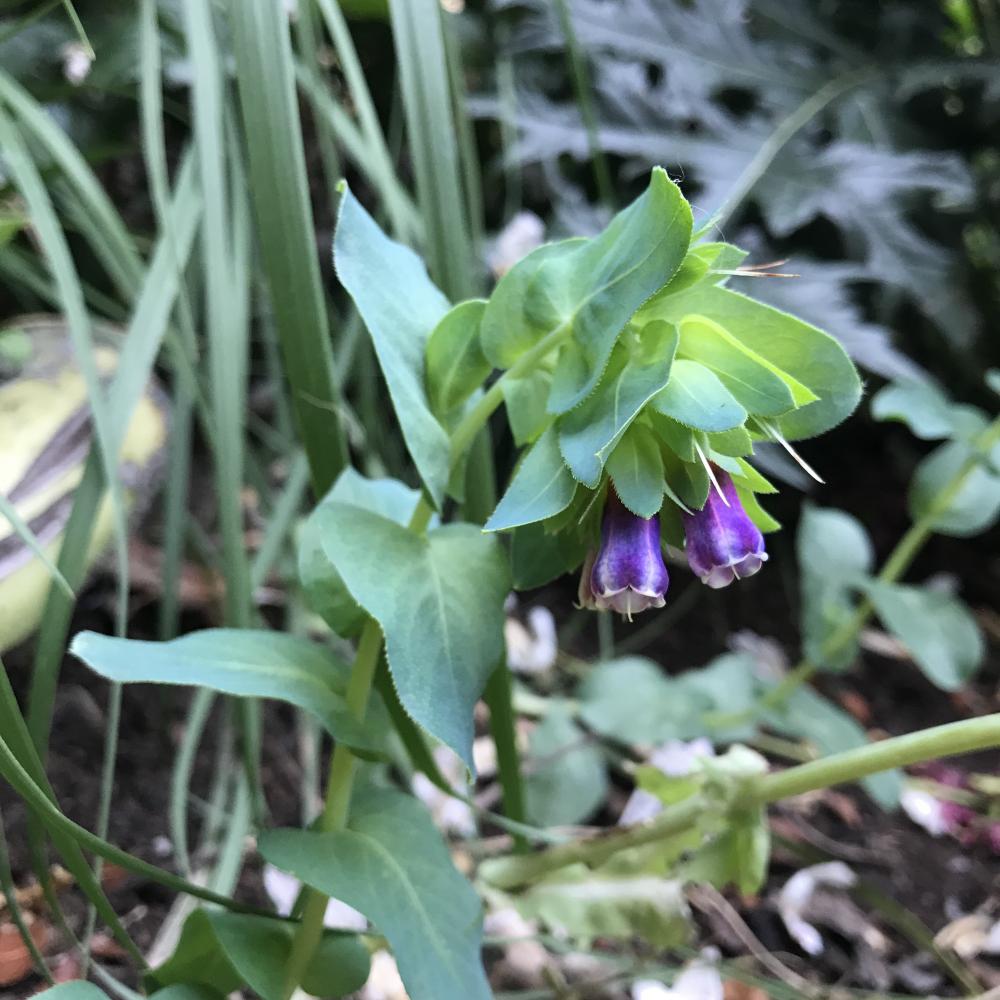
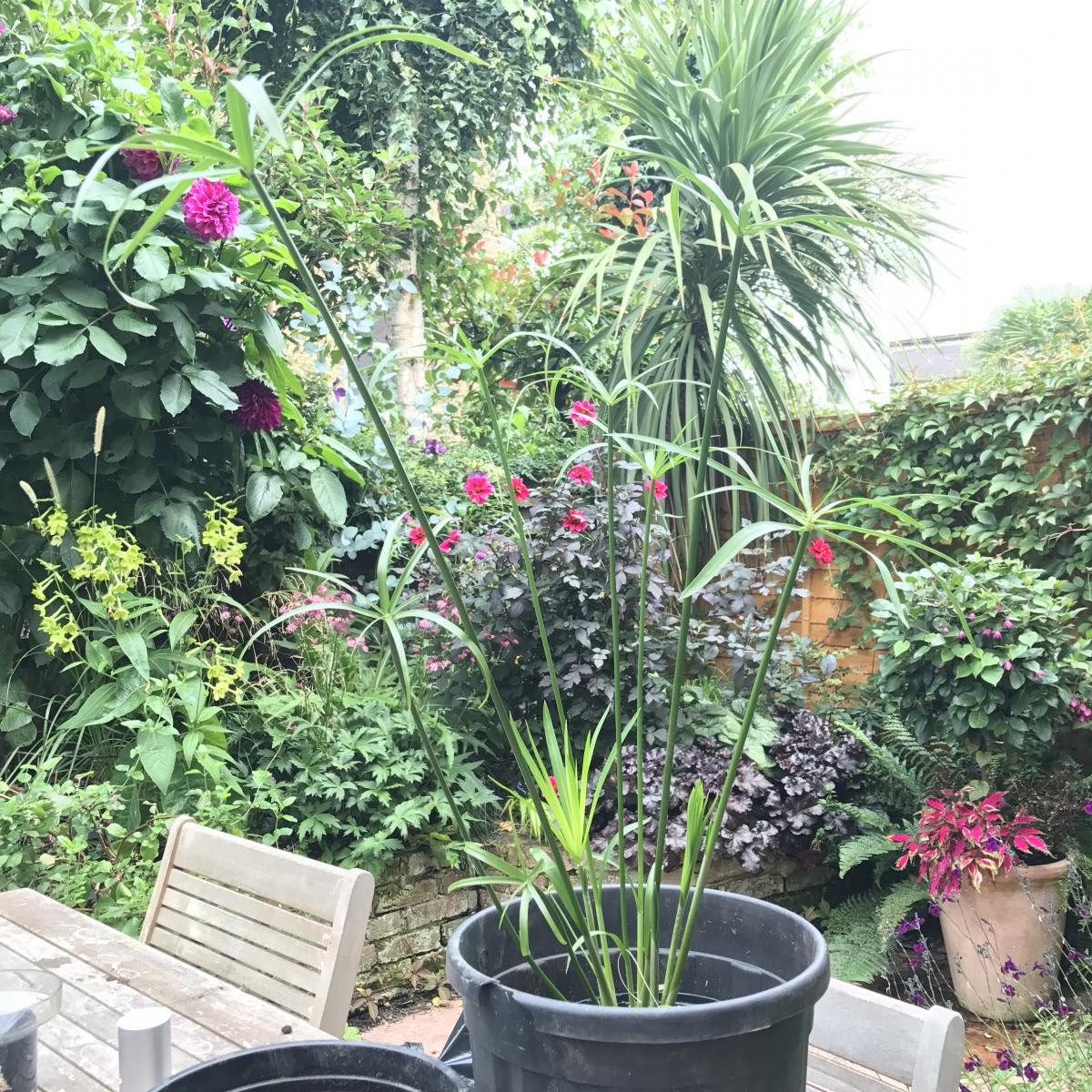

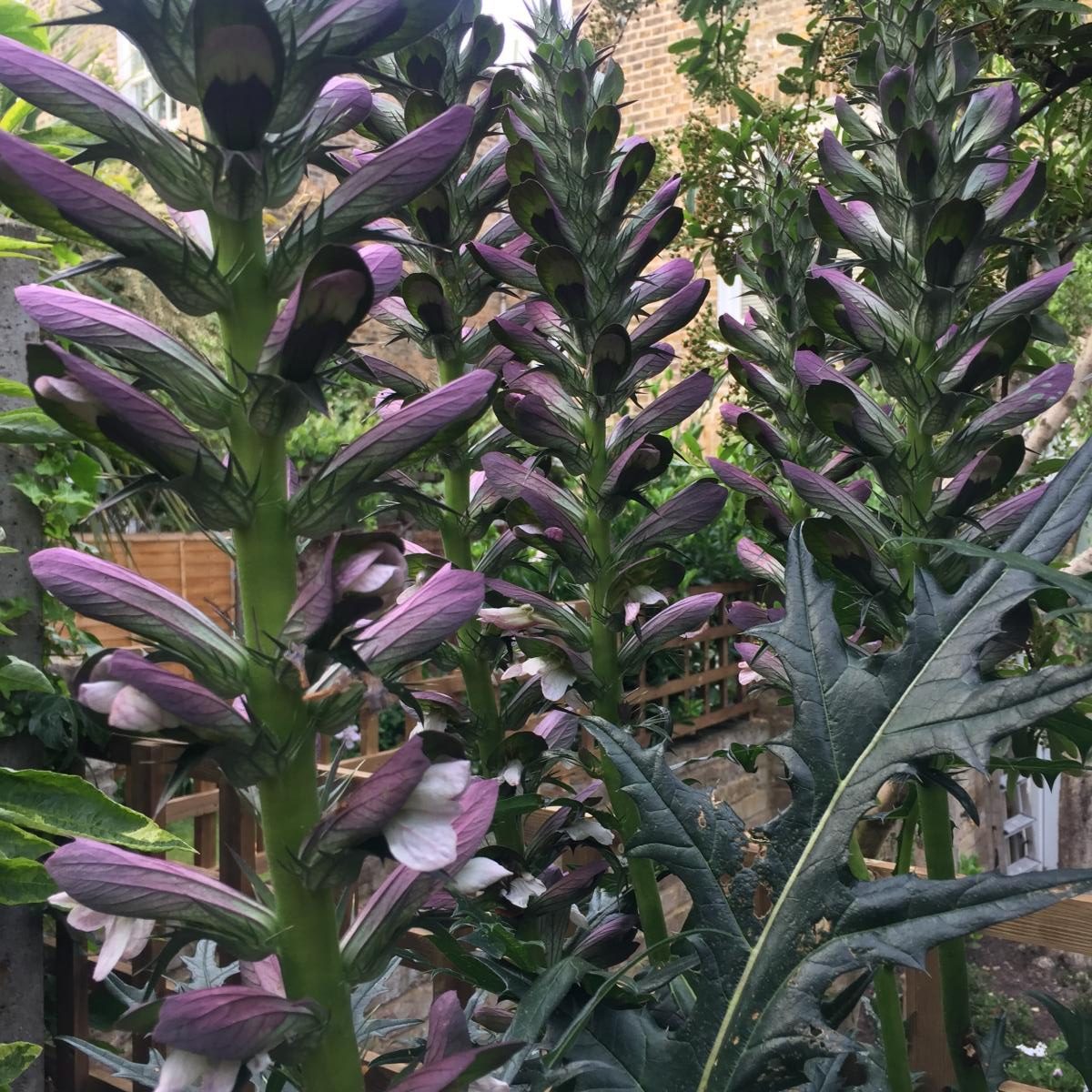
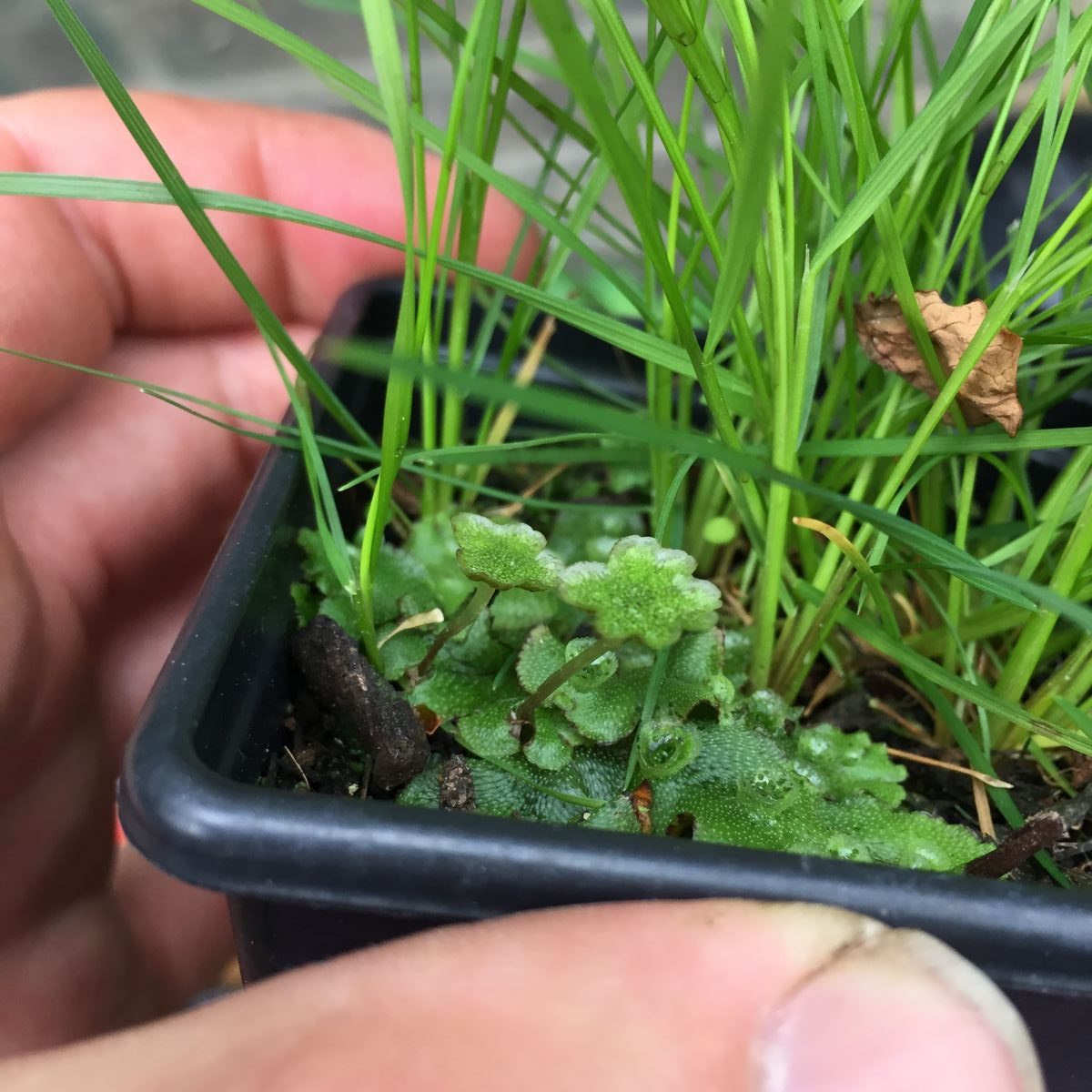
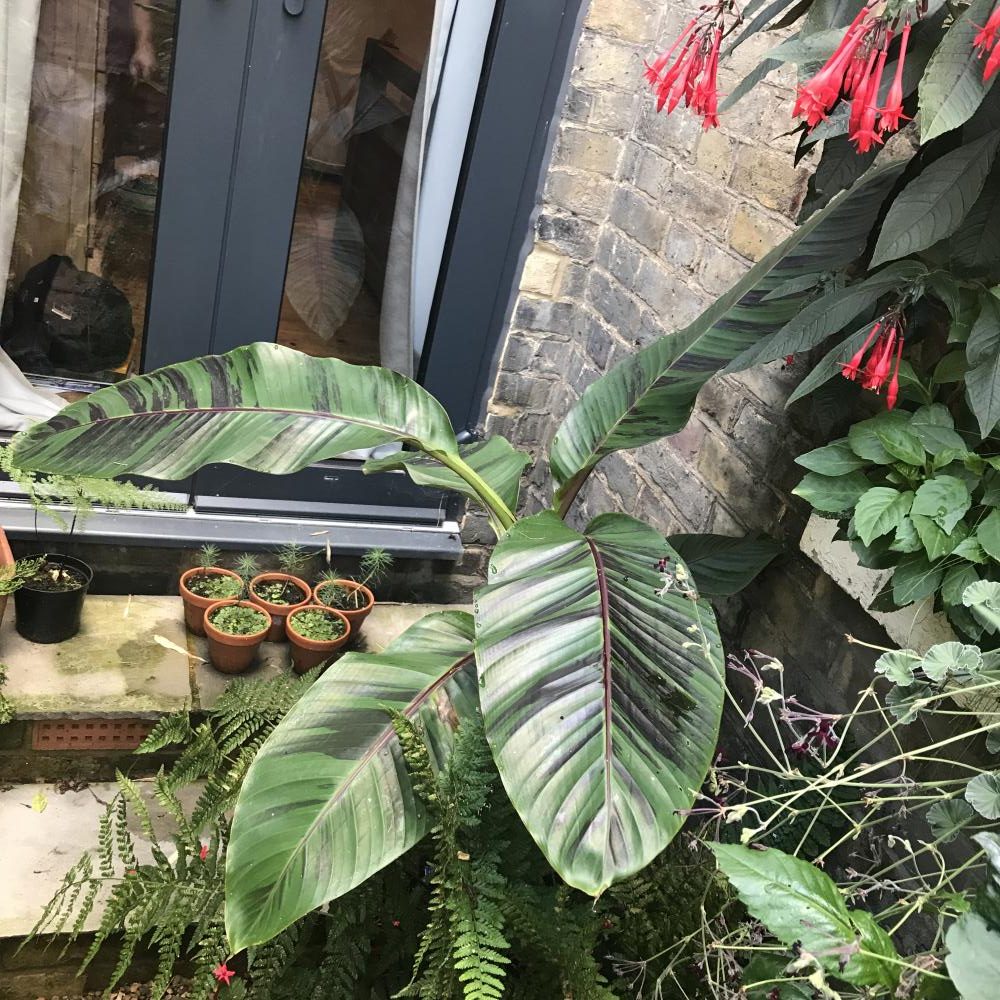
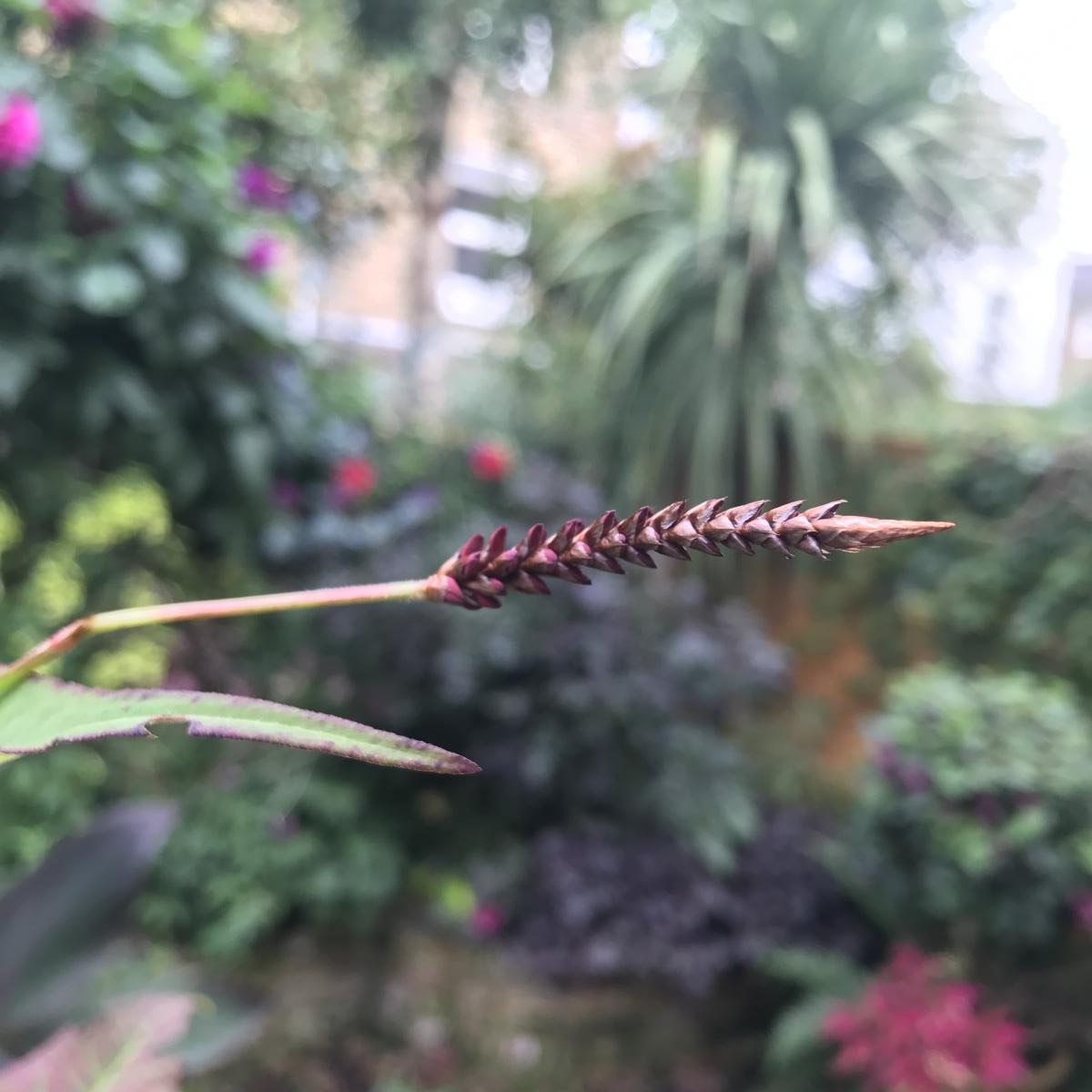
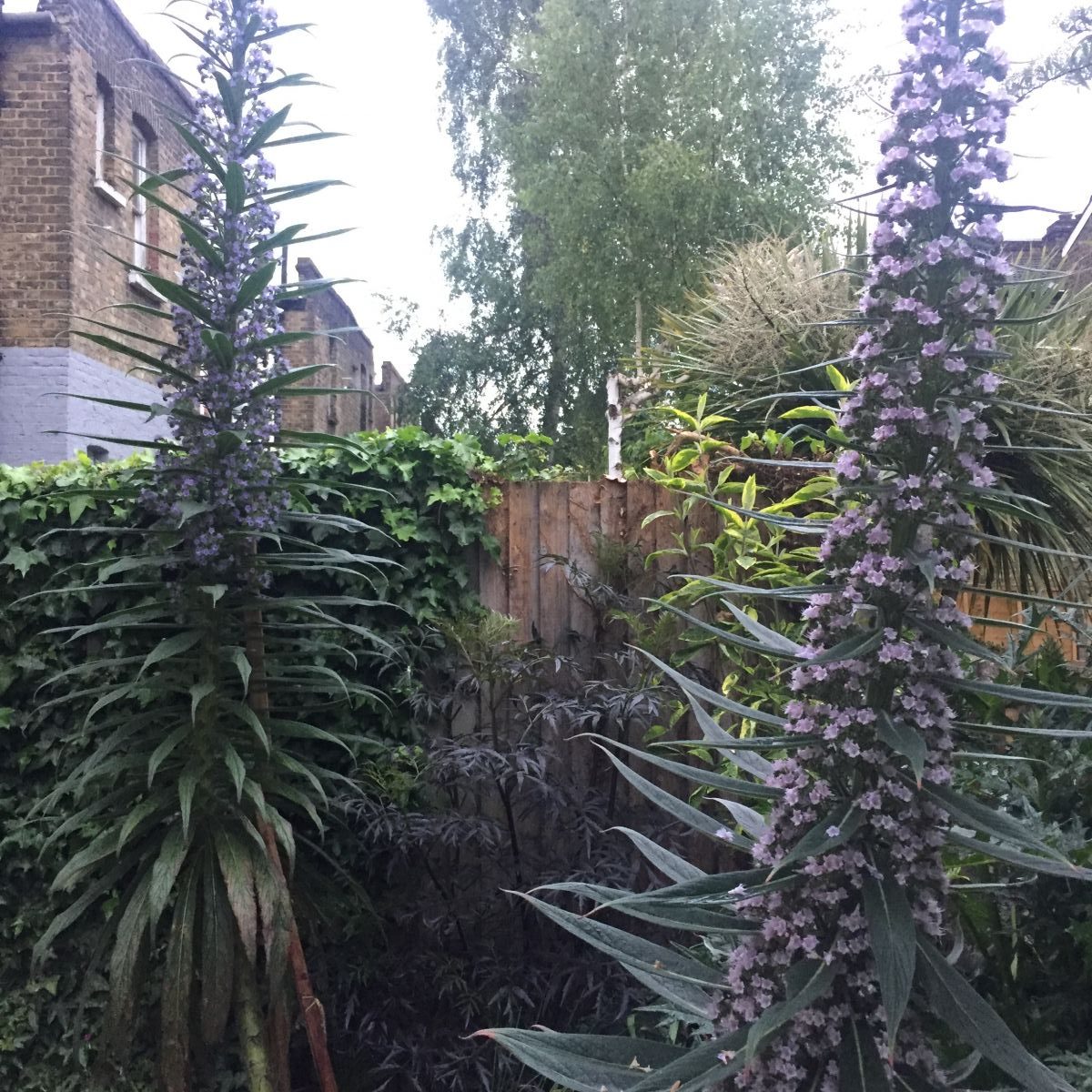

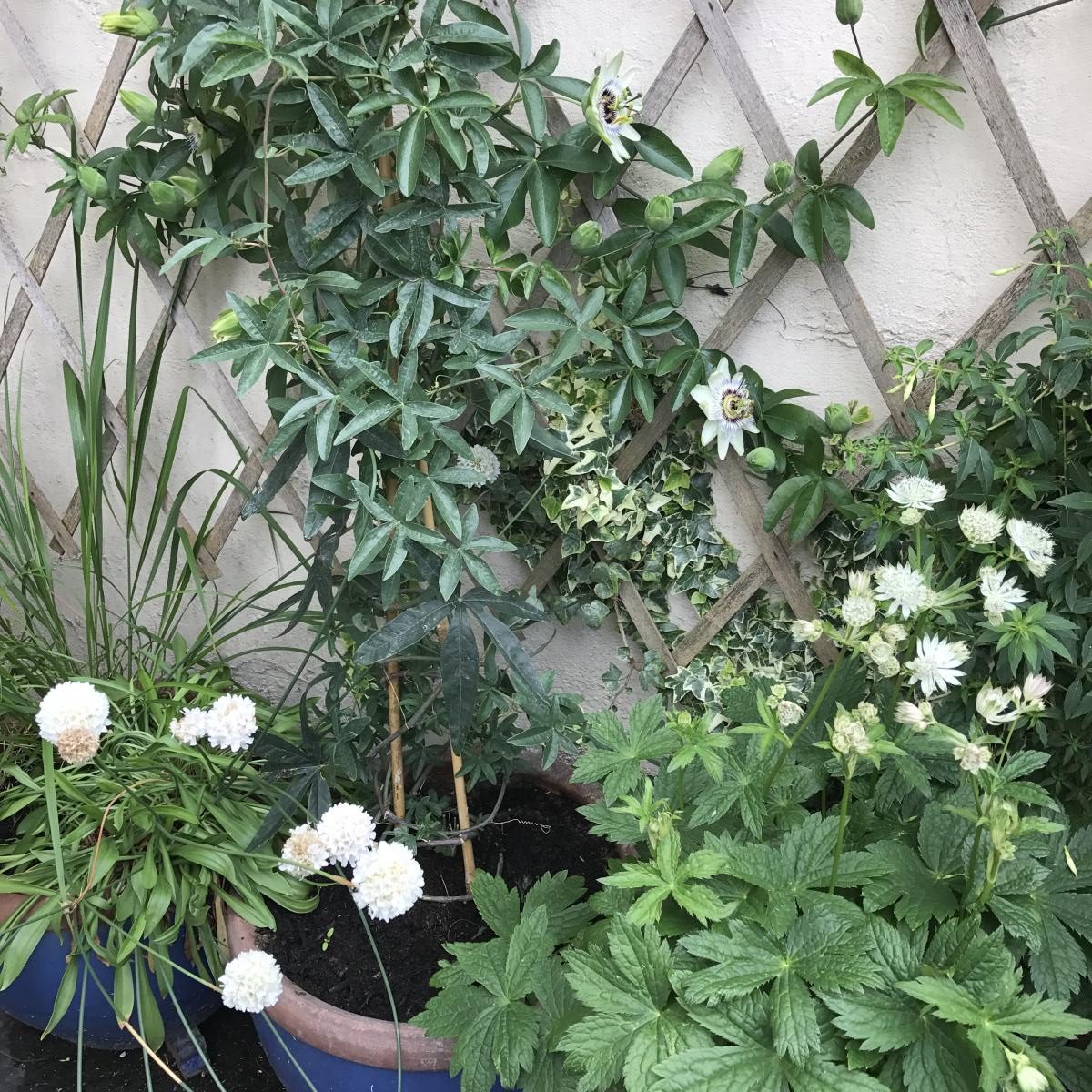
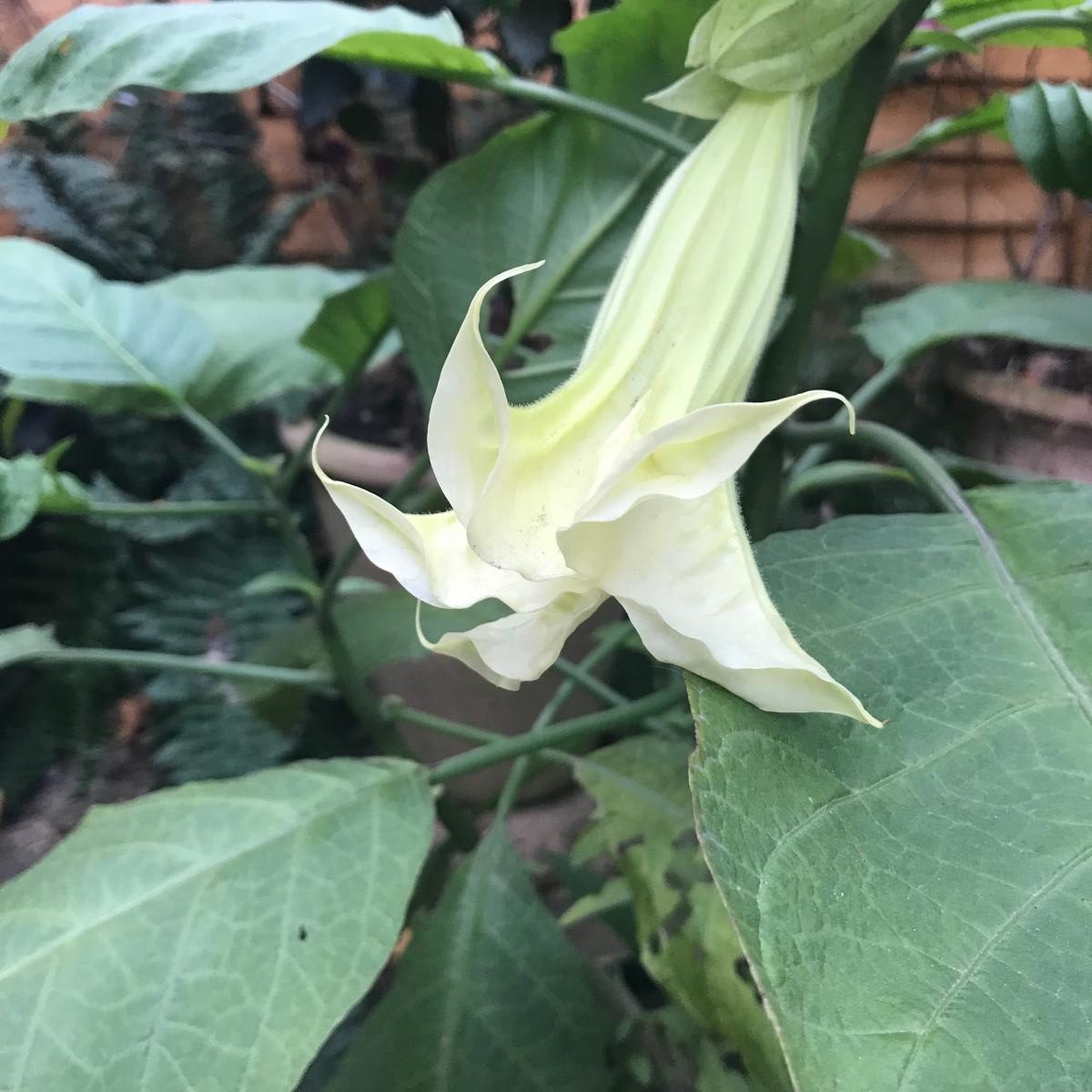


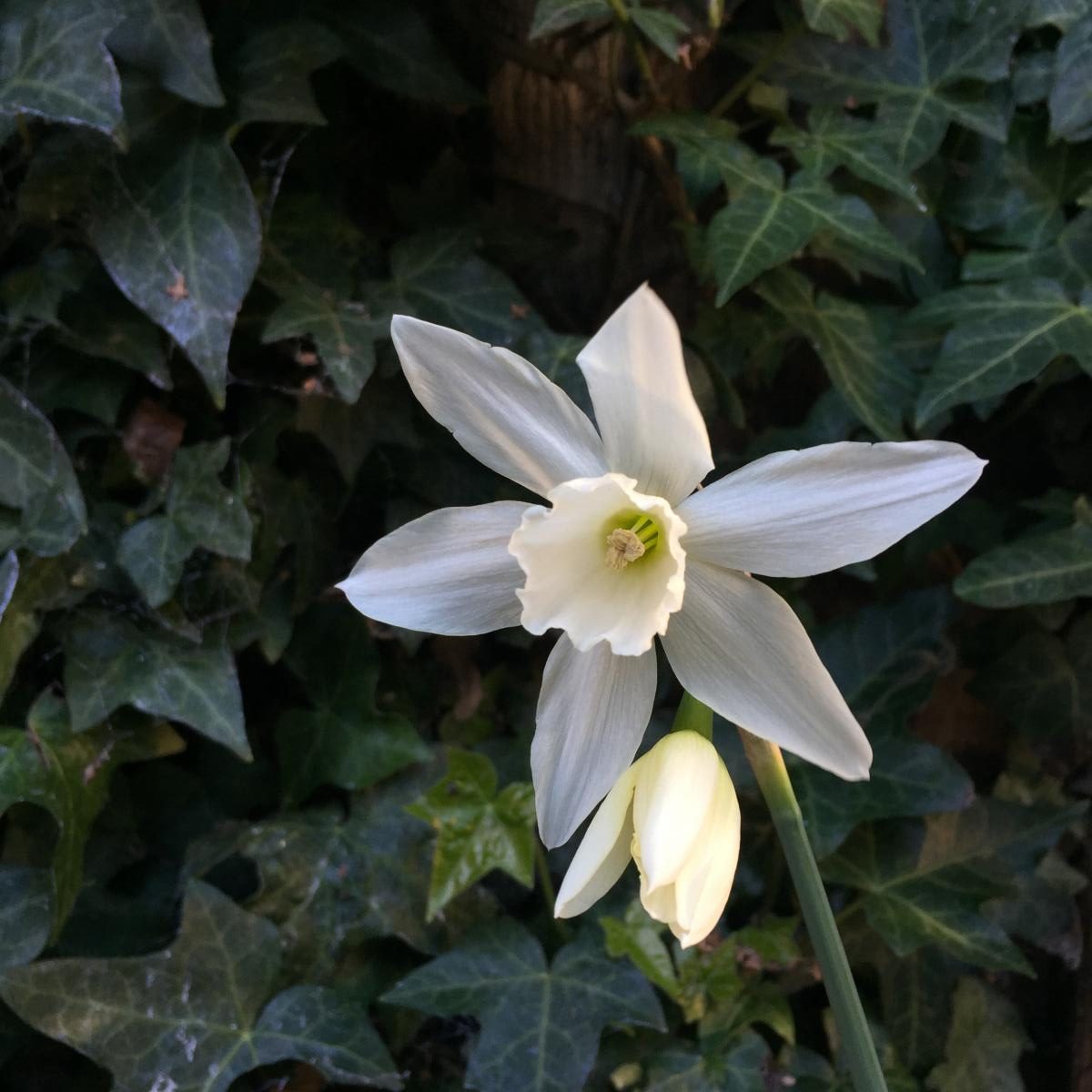
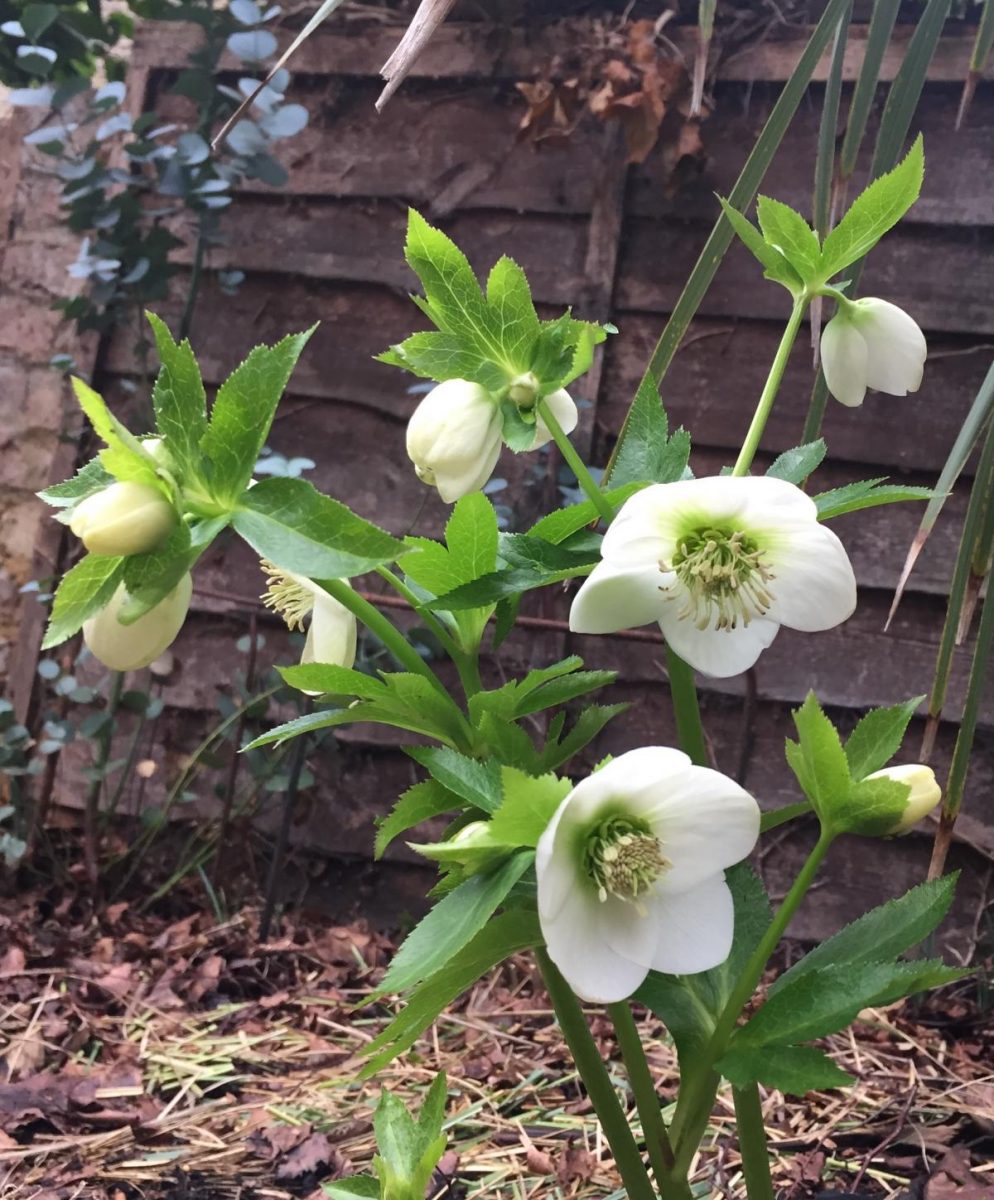
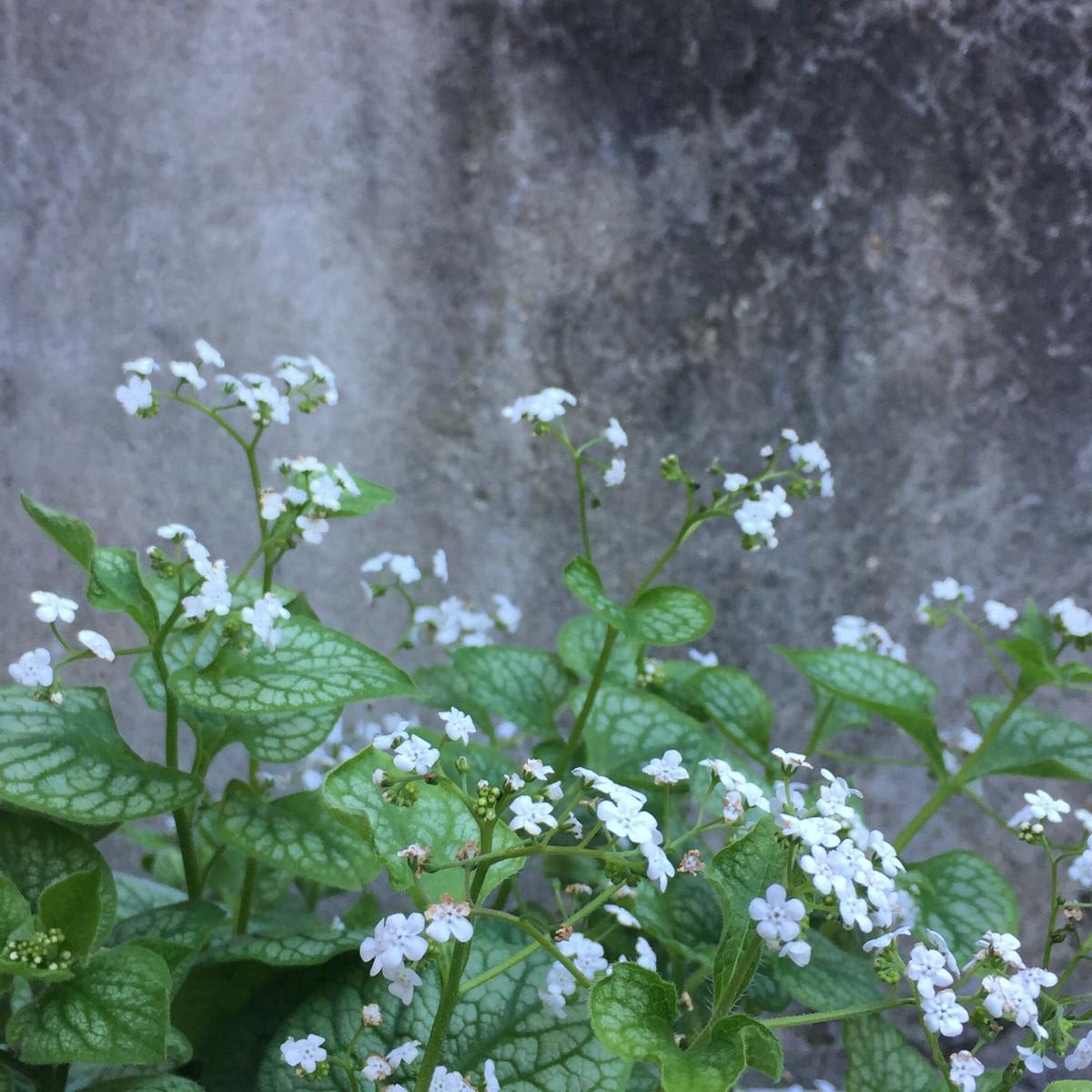
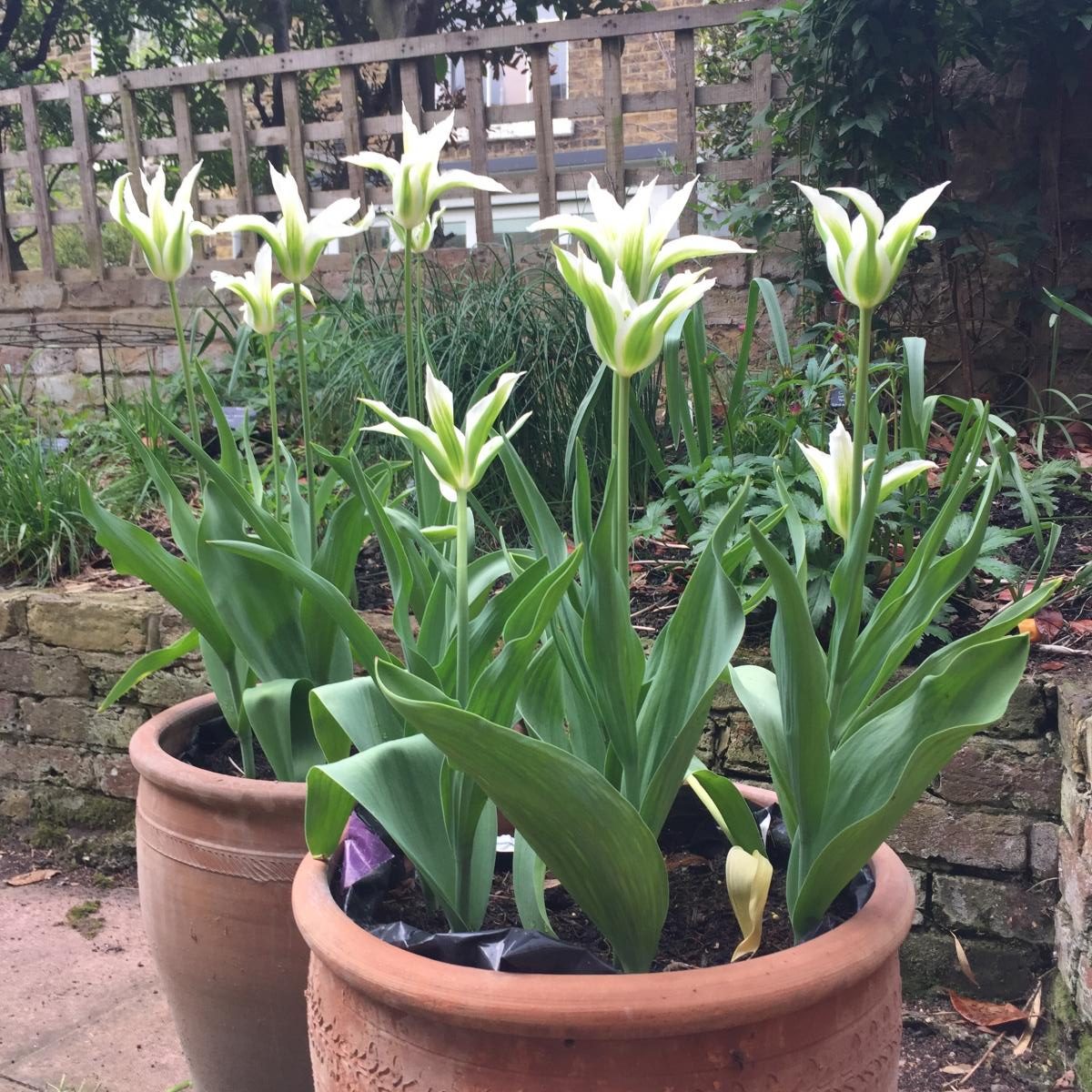
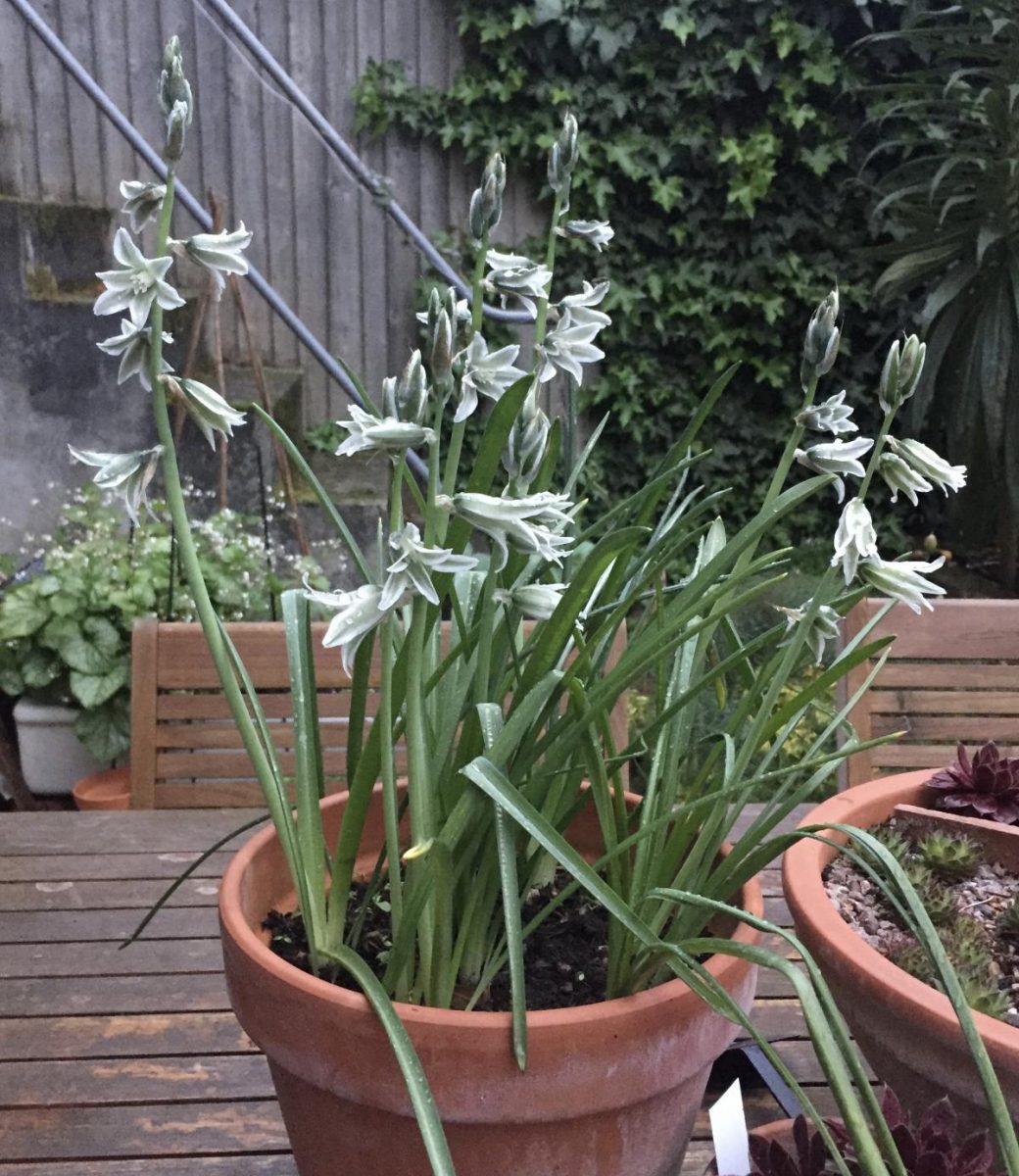
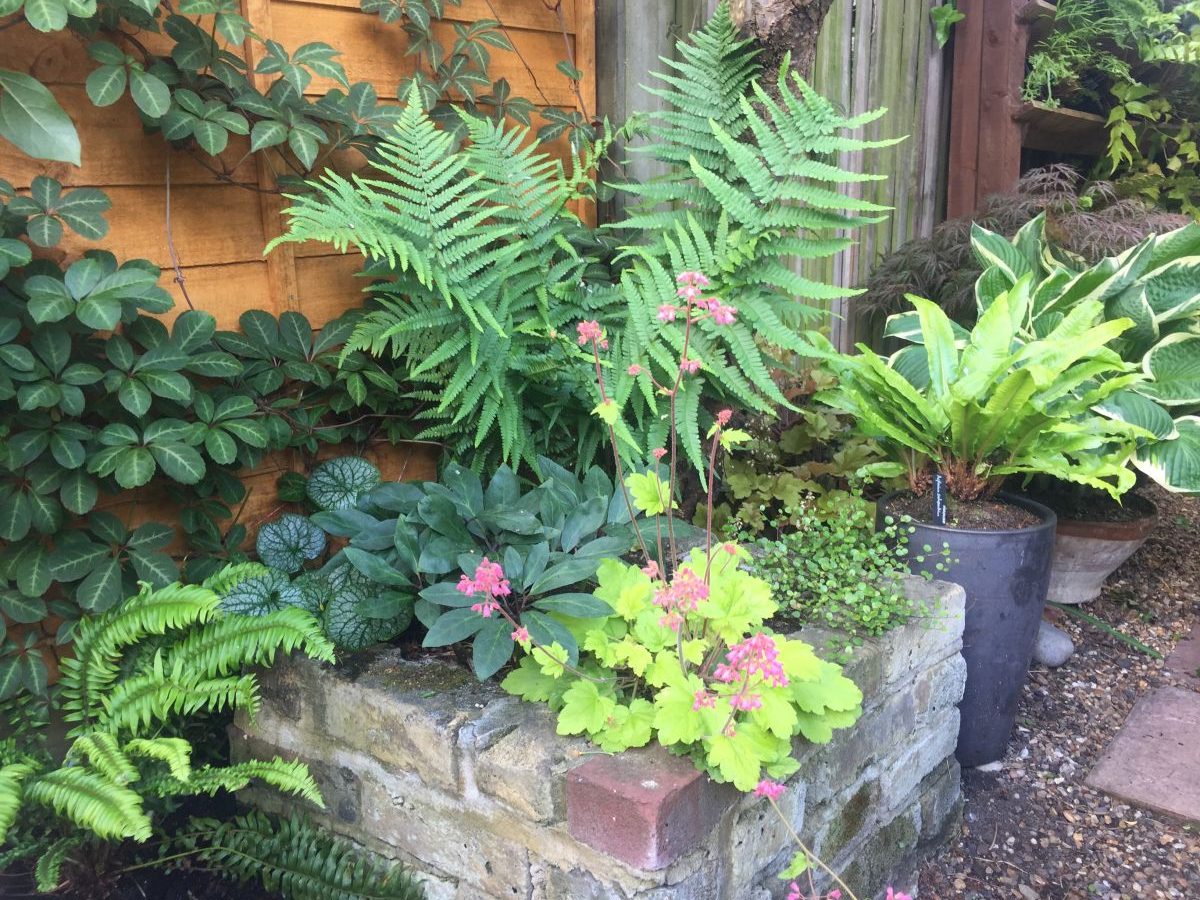
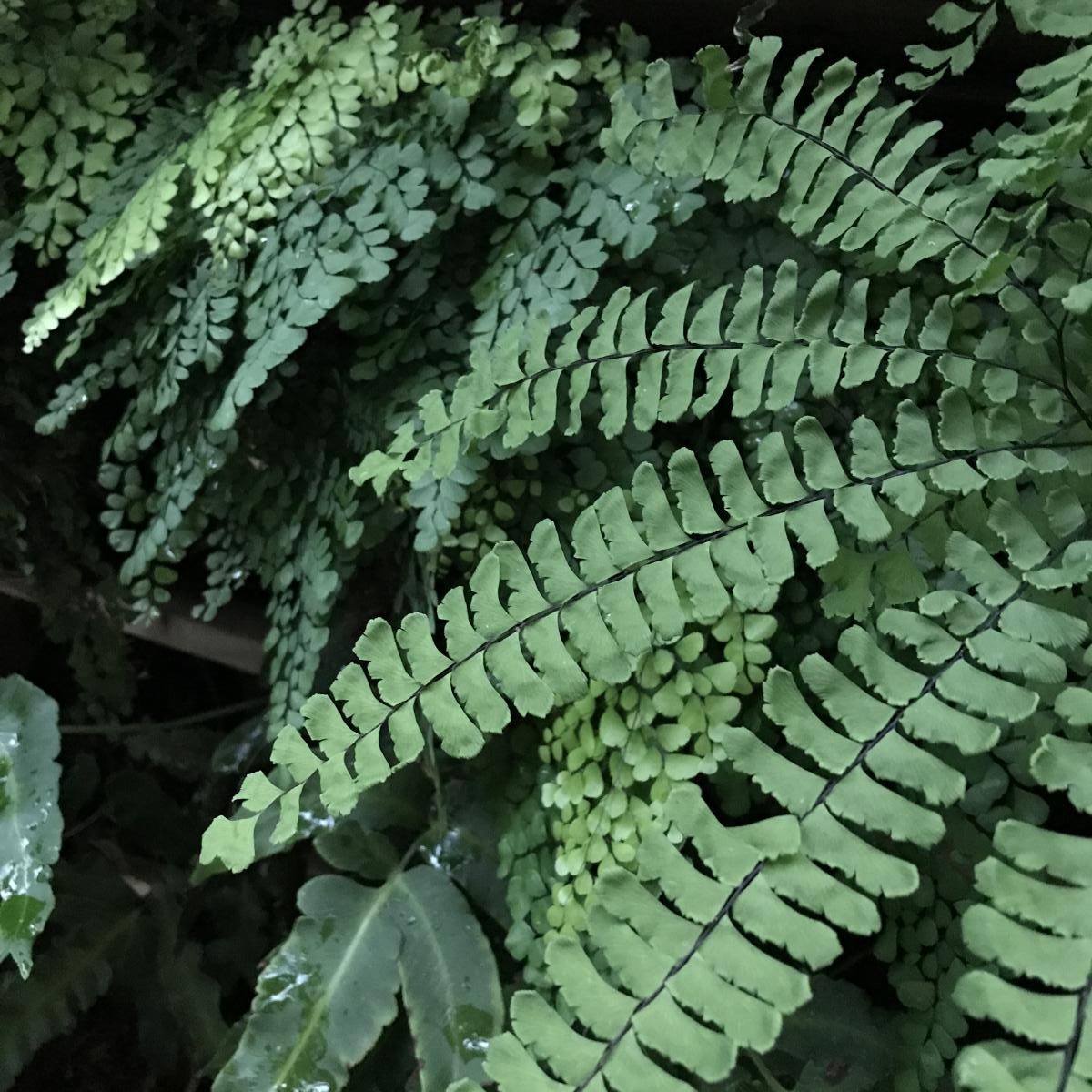
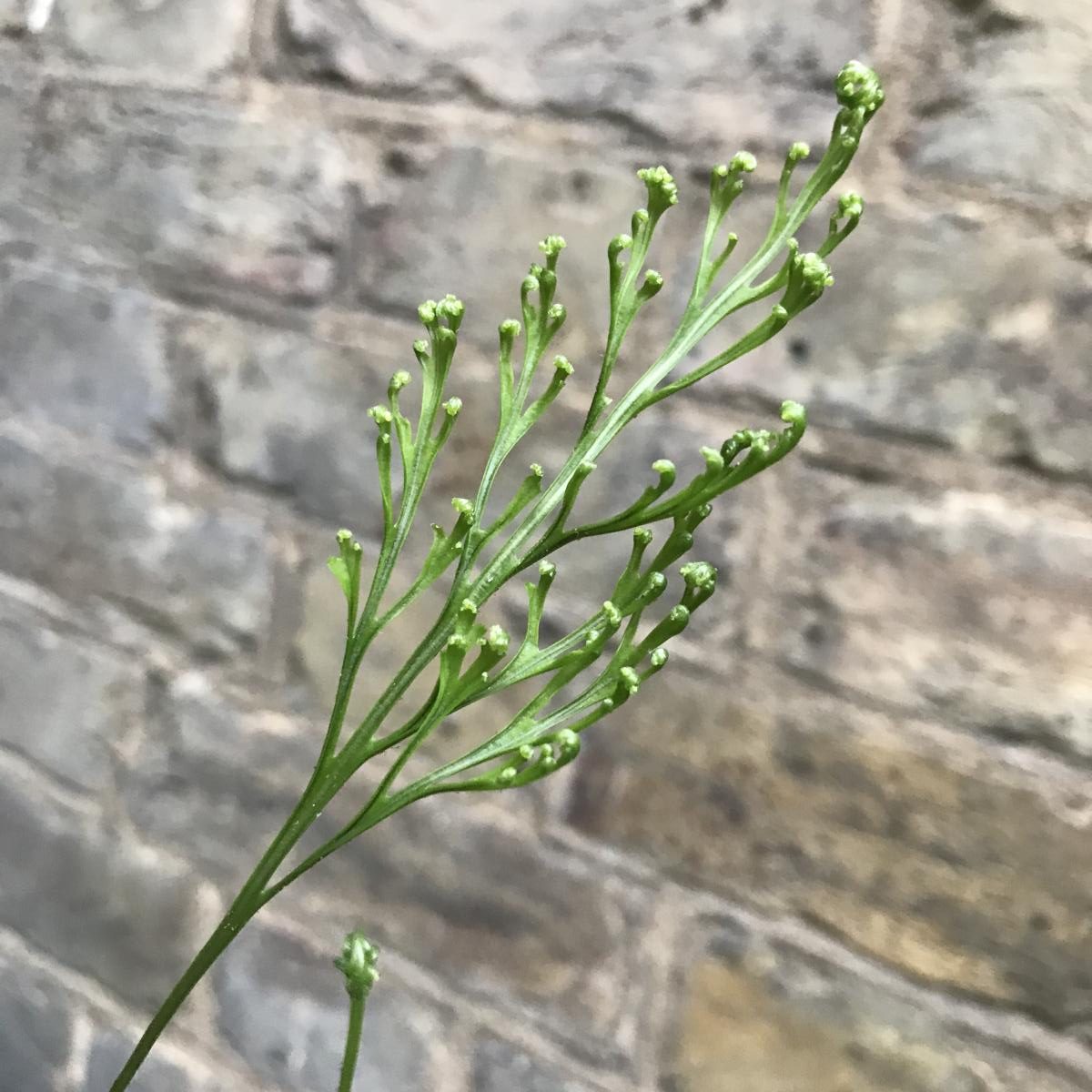

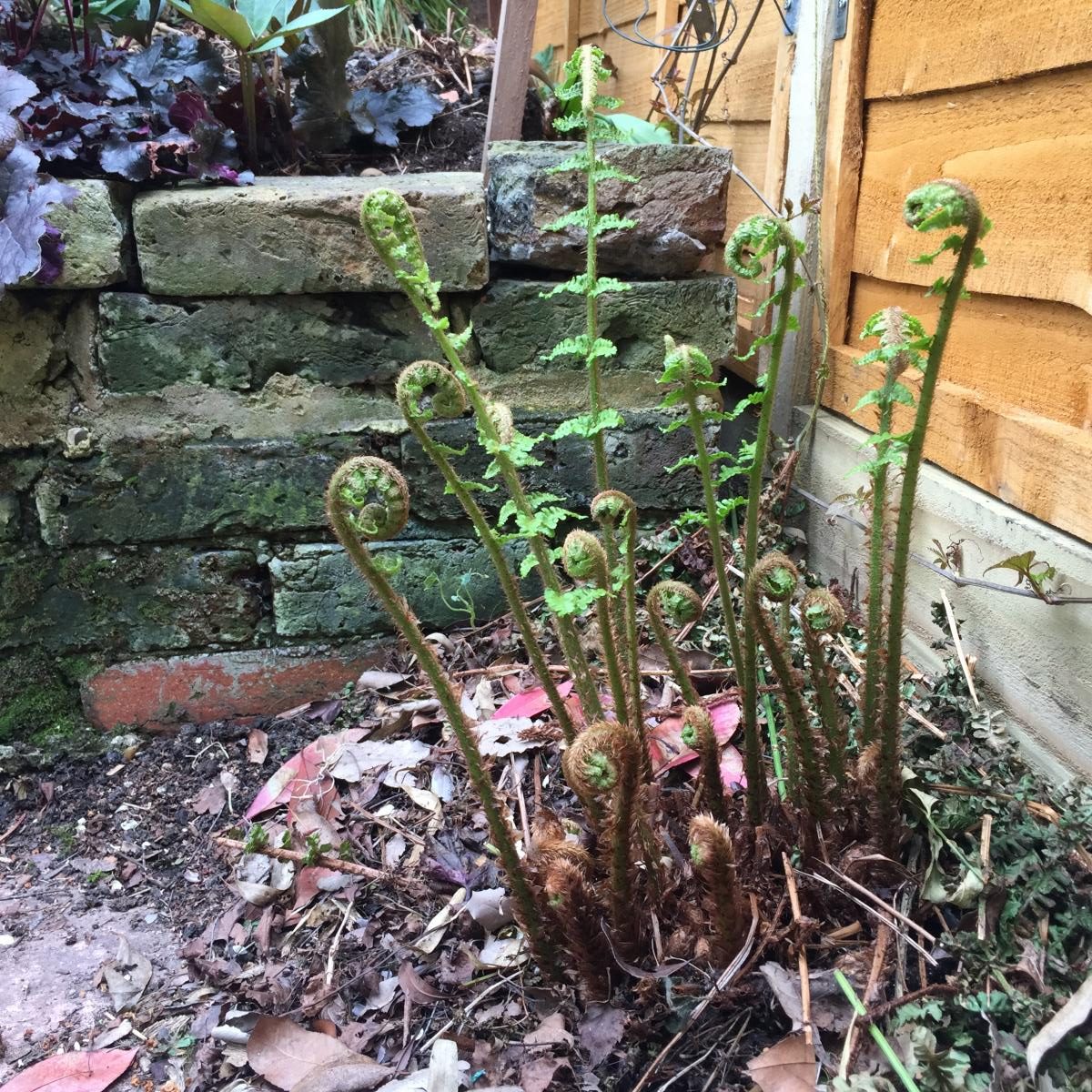
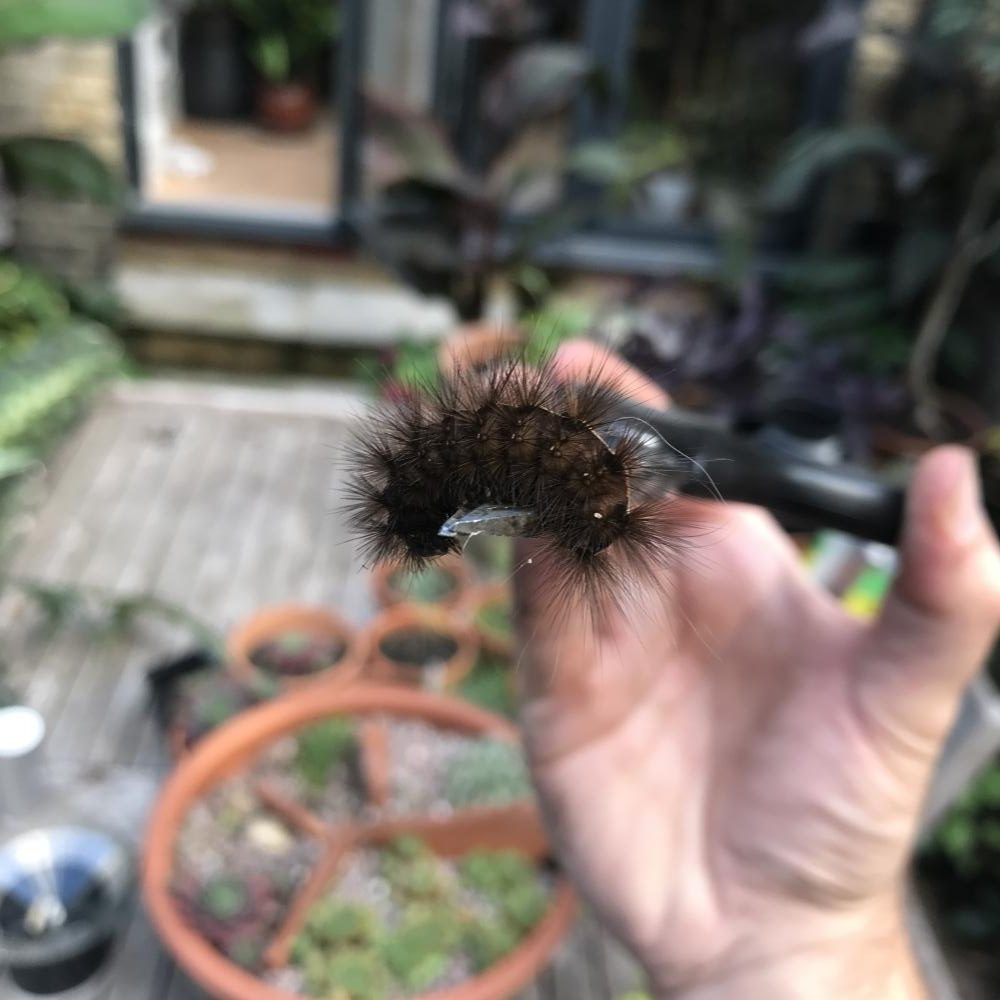

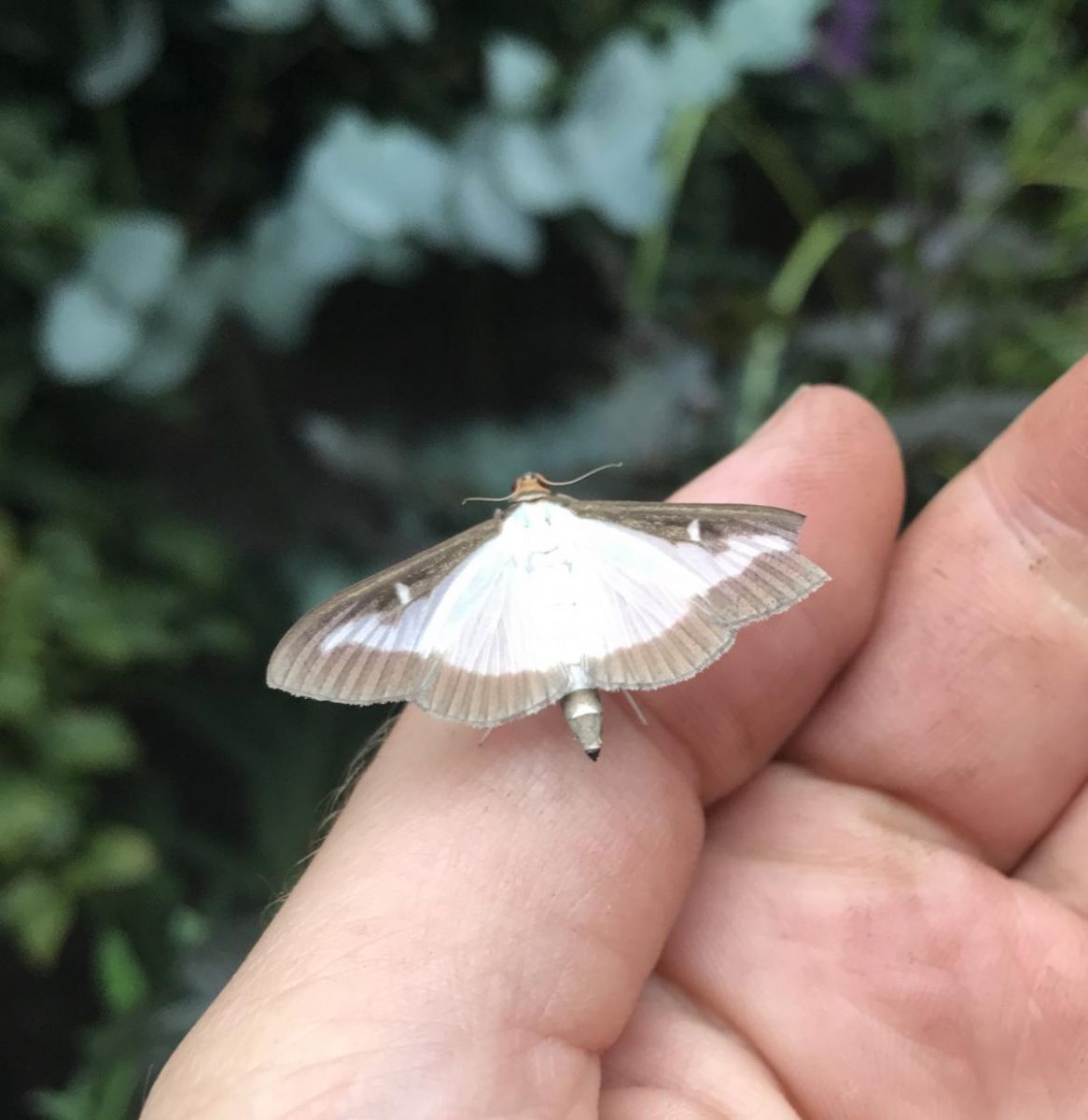
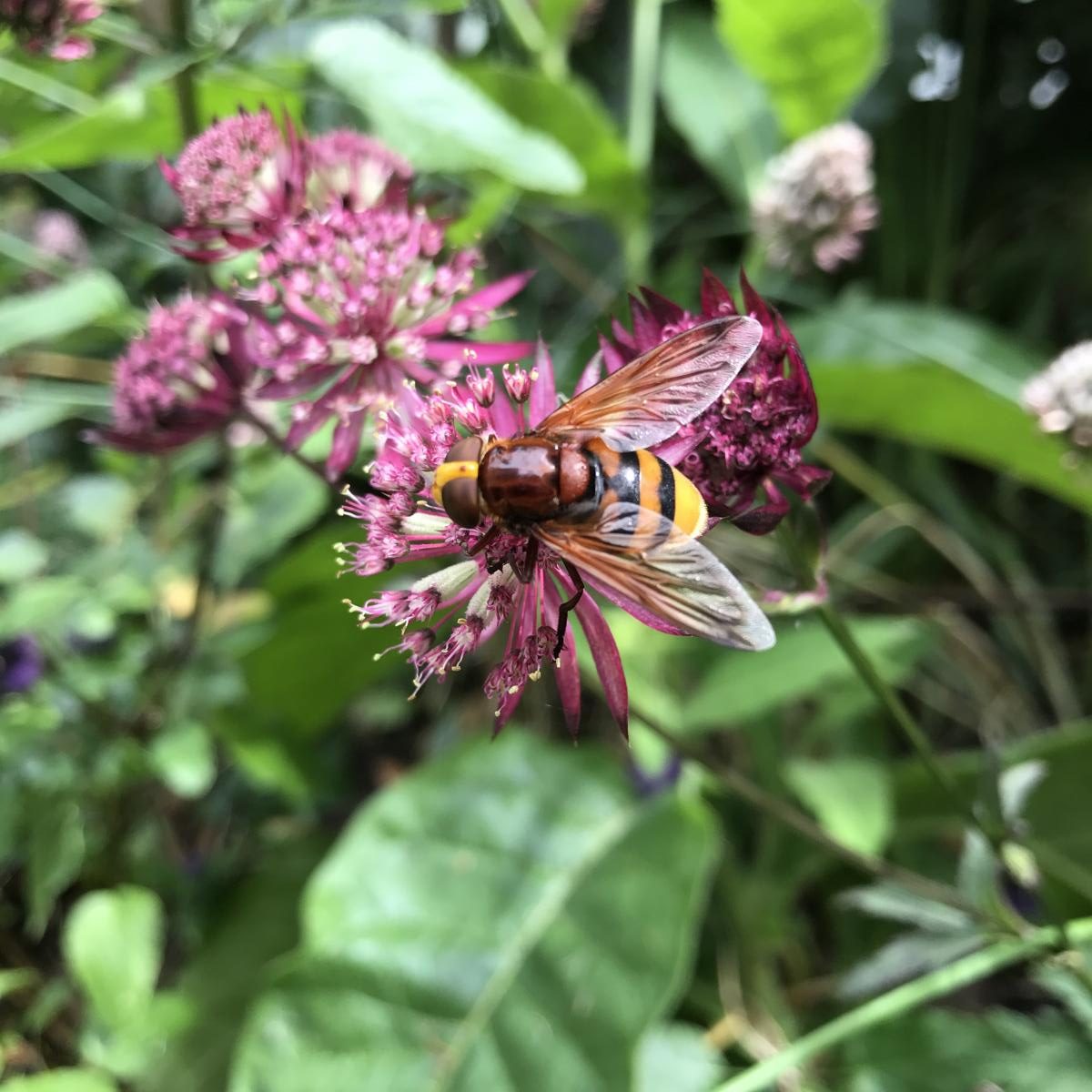
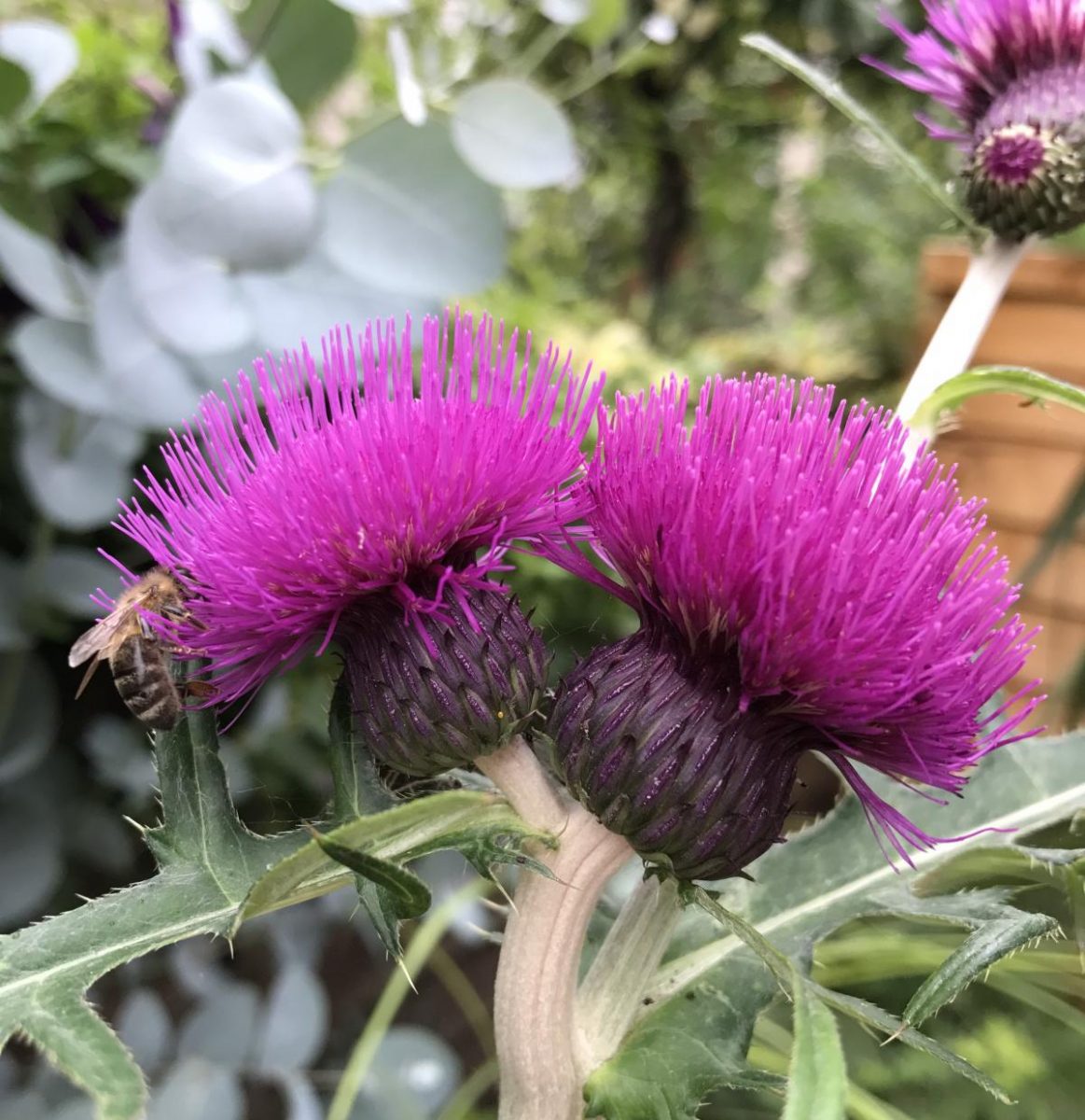
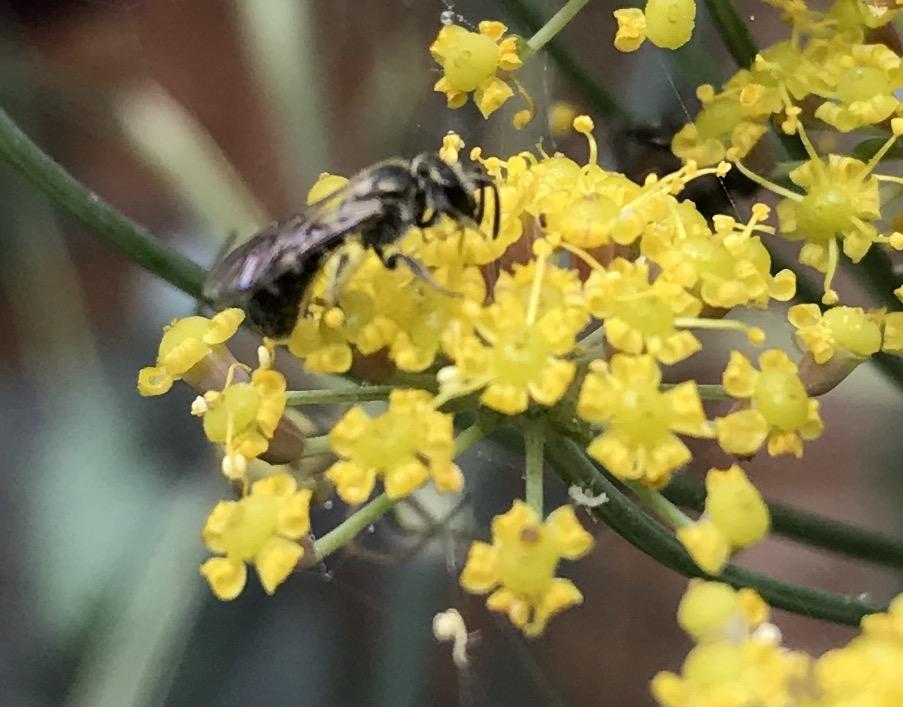

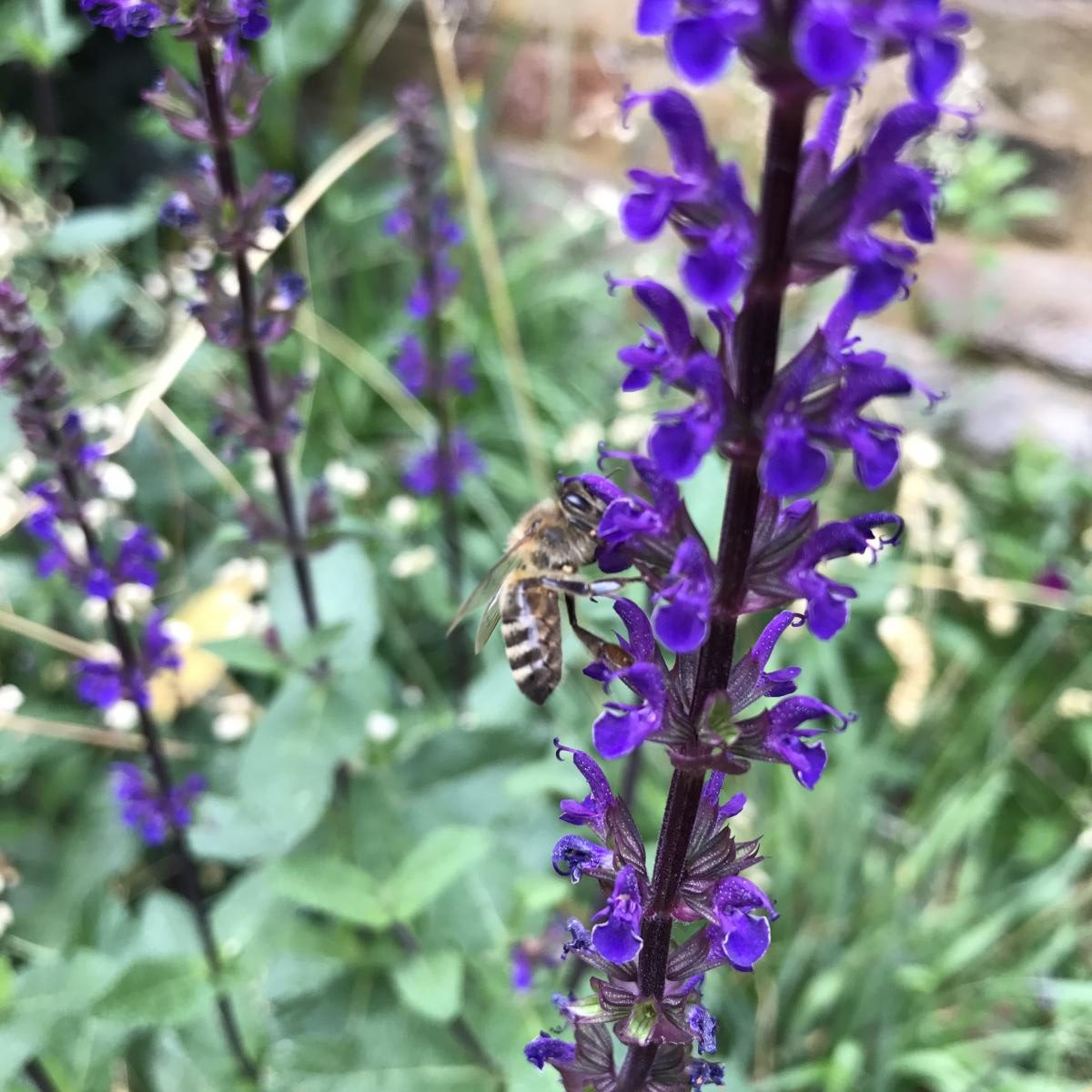



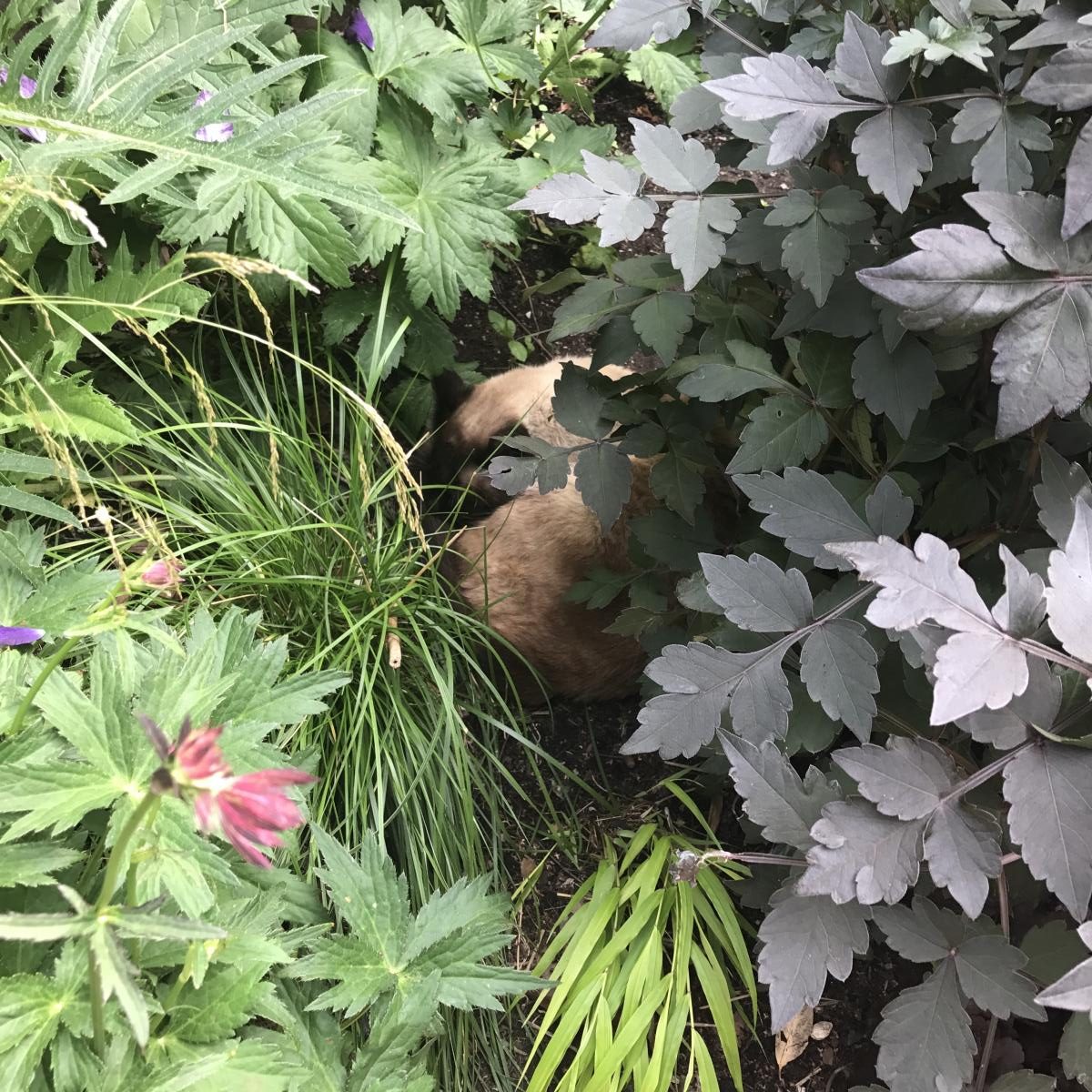
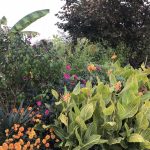
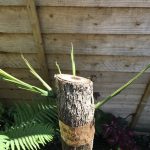
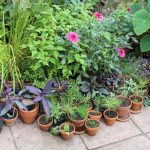
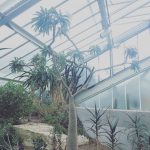
Really enjoyed this reflection on your garden year, and 😍 the briza Bee pic. I now want pinus plants and the Star of Bethlehem bulbs…and just gonna look up Niwaki pruning… xx
Thanks Claudia, you’re always so kind! Hopefully some ideas to return the favour for the Cerinthe inspiration. Star of Bethlehem I really love, they’re kind of white with a green stripe in them. They look amazing in a bunch.
I had wondered if there was a cat in the garden … so many special hiding places, with your “no dirt” philosophy. Here’s to Rumbles and uninterrupted greenery!
😃 yes it is his domain and playground. I make little paths for him through the beds, which he uses.
Does Rumbles, like our Thomas, leave clear claw marks paticularly on the smaller trees I was hoping to nurse up?
Here be dragons, beware of the cat!
Haha yes he does but he’s not too bad. The main one he does it to is our Cordyline where it’s his main scratching post. Over time he’s actually carved into it but it’s on the side we can’t see so I don’t mind 🙂
Should I be chopping back my weather damaged ferns?
Hi Ann, yes I gradually start to remove fronds in March as the new ones start growing. I try to time it so they aren’t without fronds for very long but really, they’re very tough.